Planet news, features and articles
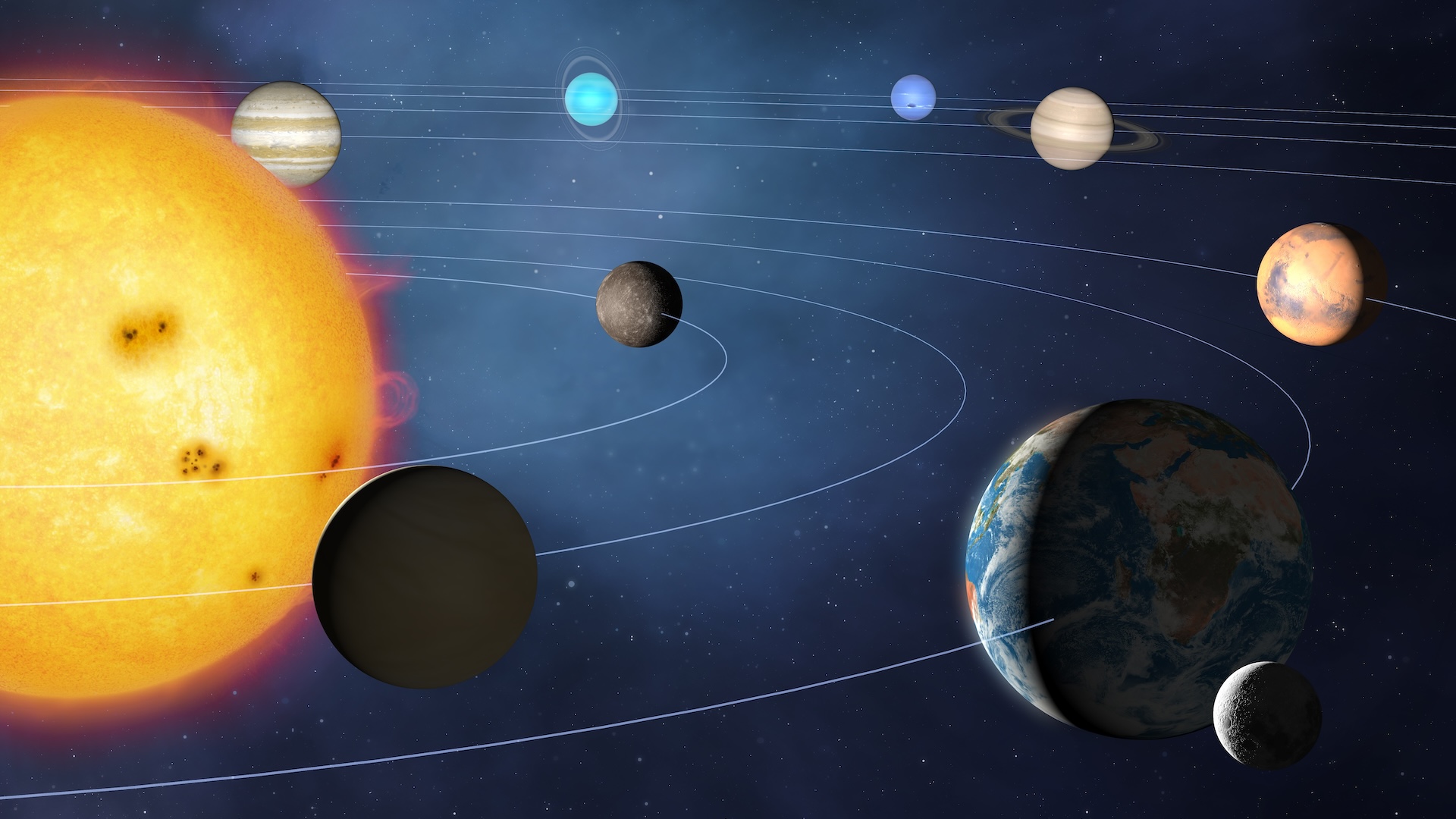
Live Science keeps you up-to-date with the amazing discoveries astronomers are making about the planets in our universe, from Earth and its solar system sisters to distant exoplanets thousands of light-years away.
Our expert writers and editors report on the discovery of planets more hospitable to life than Earth, research suggesting an unknown "captured" alien planet may be hiding at the edge of our solar system, why the jury is still out on Planet Nine, and even what color the sunset is on other planets. So, whatever your cosmic curiosities, there's sure to be something that captivates you in the latest planet news, features and articles.
Discover more about planets
—Why do the planets in the solar system orbit on the same plane?
—What's the maximum number of planets that could orbit the sun?
Latest about Planets
-
-
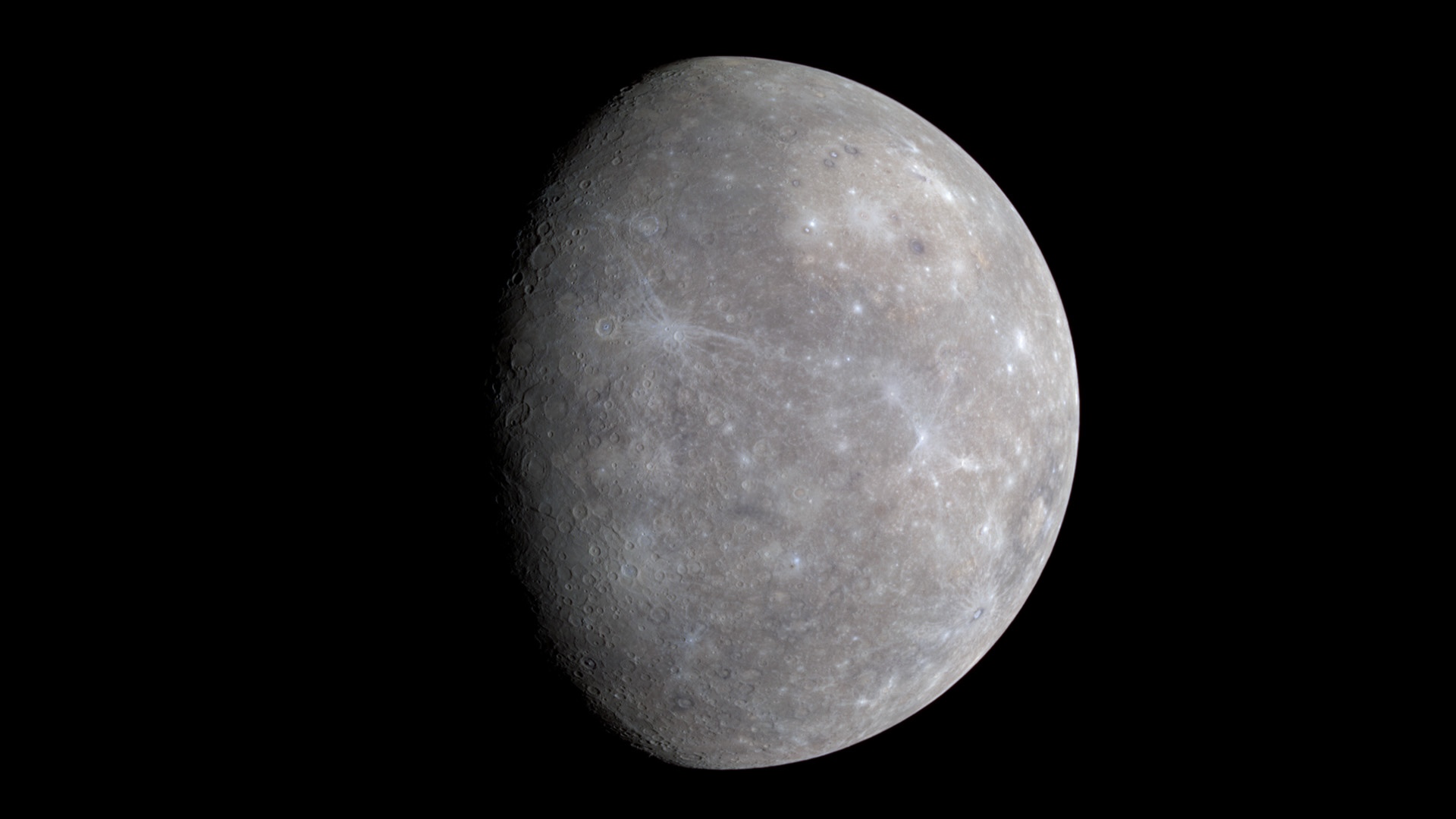
Mercury is weird because of a 'hit-and-run' incident in its youth
By Sharmila Kuthunur Published
-
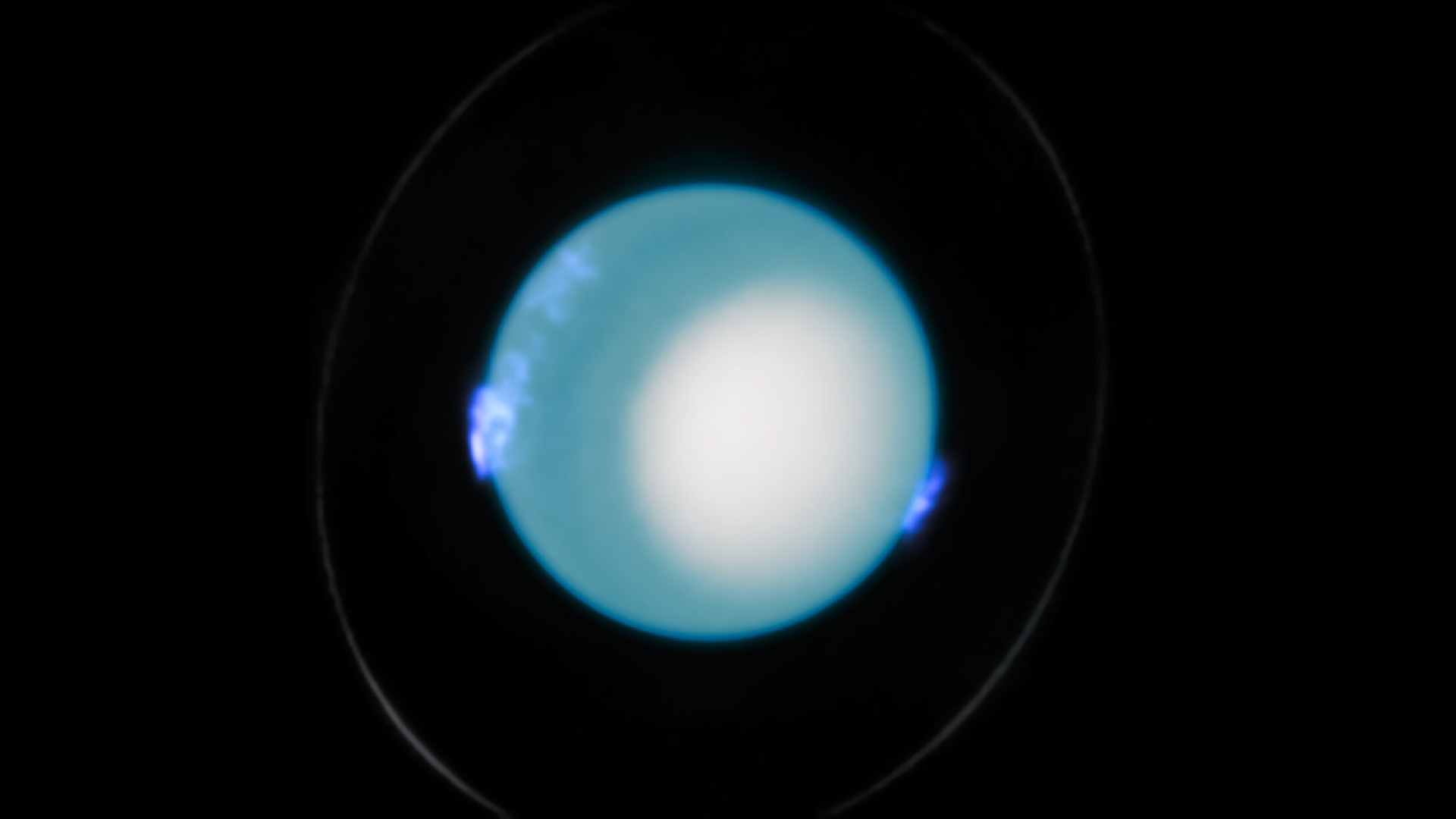
Scientists finally know how long a day on Uranus is
By Skyler Ware Published
-
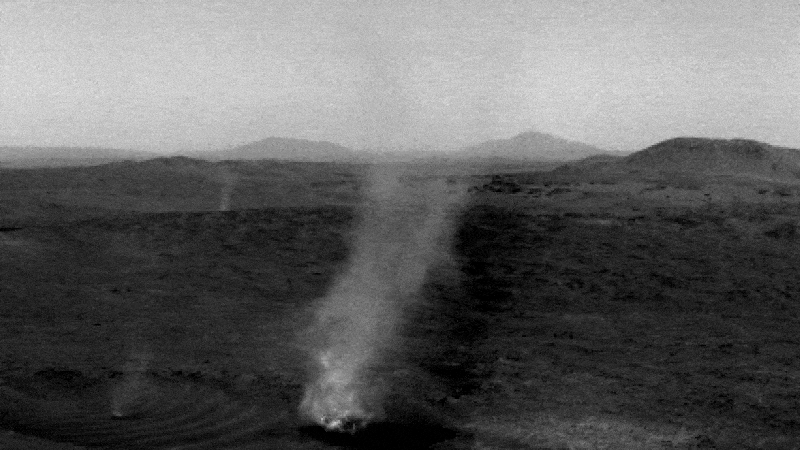
NASA rover watches 'fiendish' Martian 'dust devils' collide in rare case of extraterrestrial cannibalism
By Harry Baker Published
-
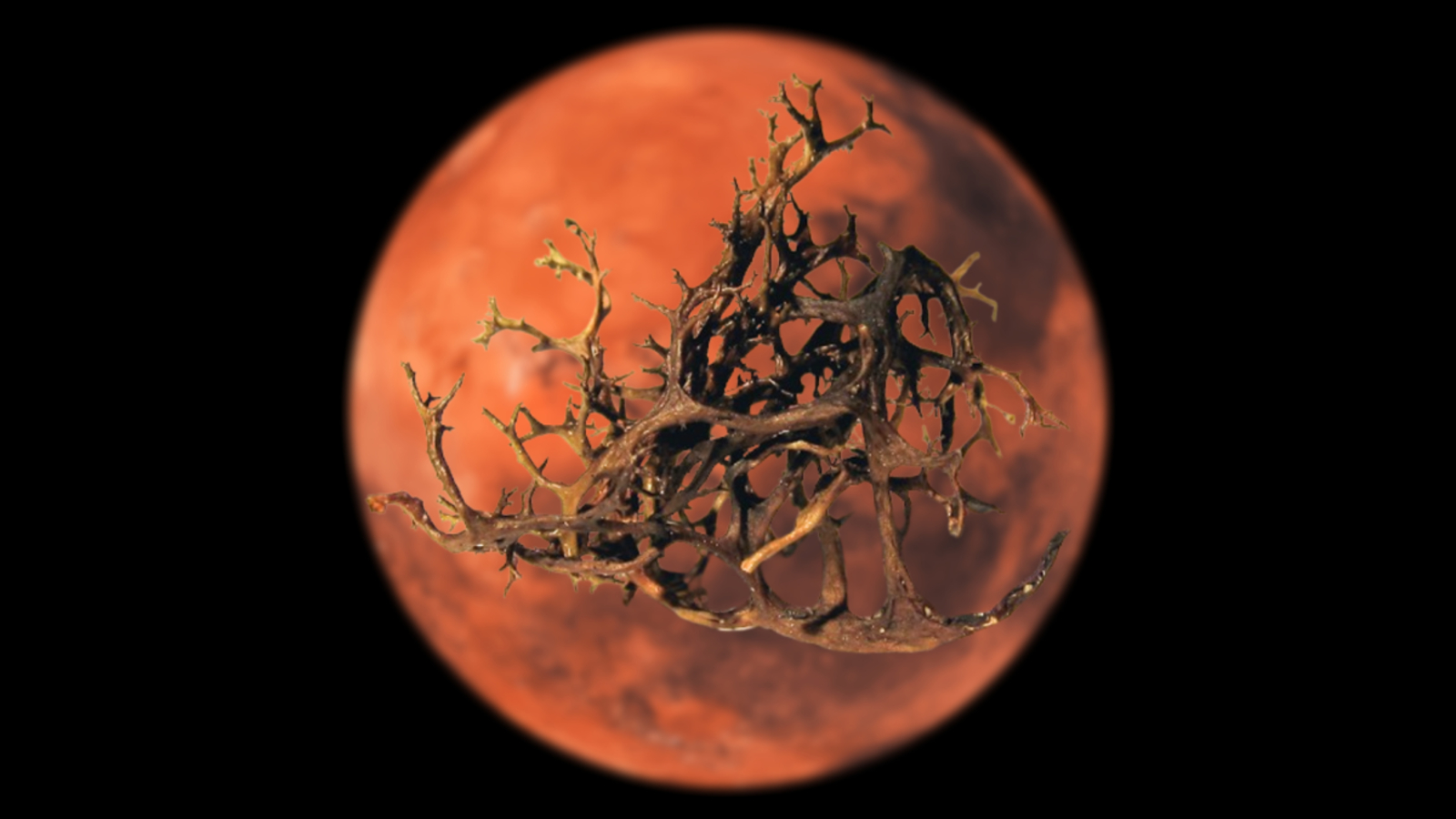
These strange, hybrid Earth lifeforms could survive on Mars, new study hints
By Harry Baker Published
-
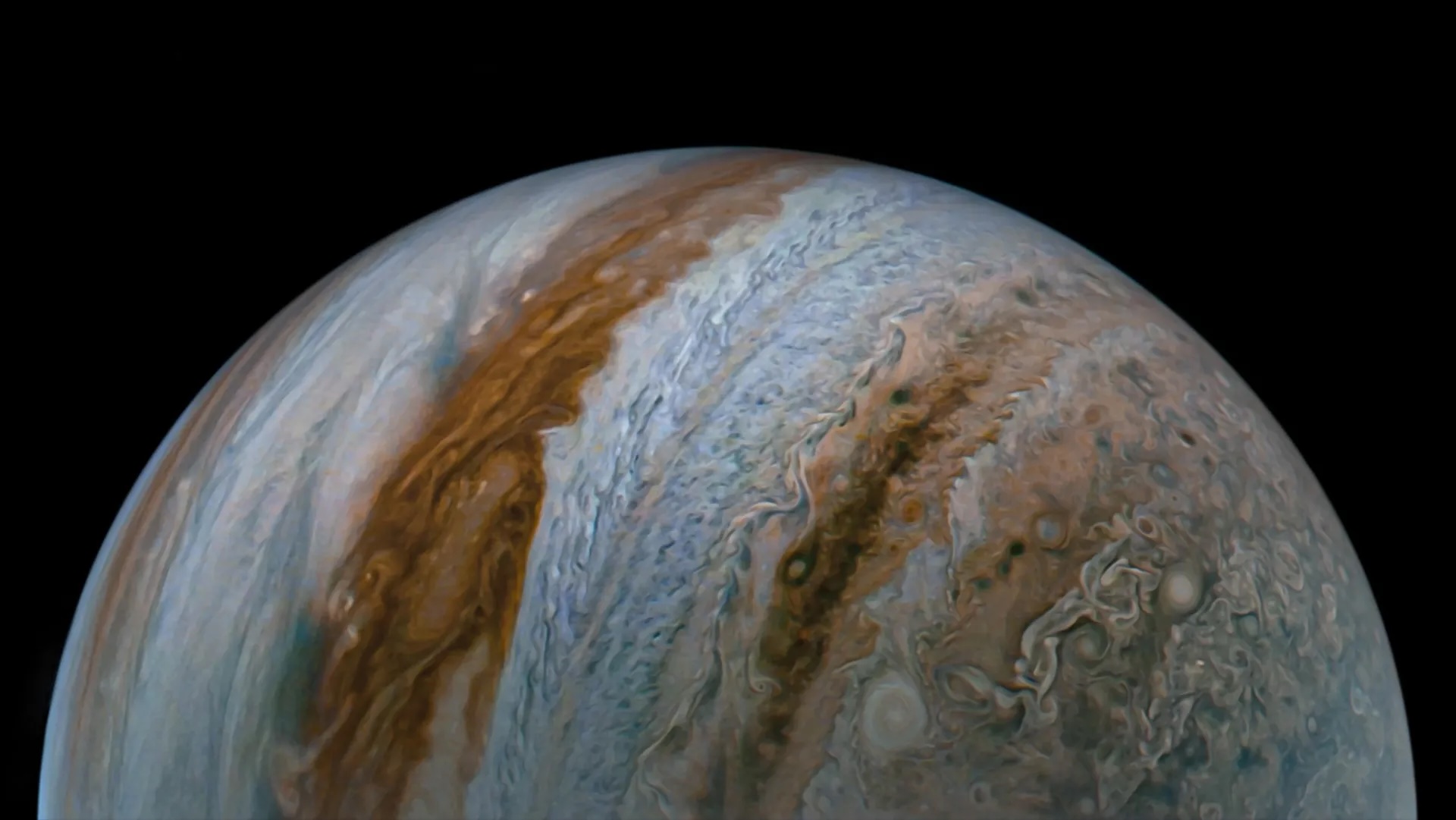
Powerful solar winds squish Jupiter's magnetic field 'like a giant squash ball'
By Victoria Corless Published
-
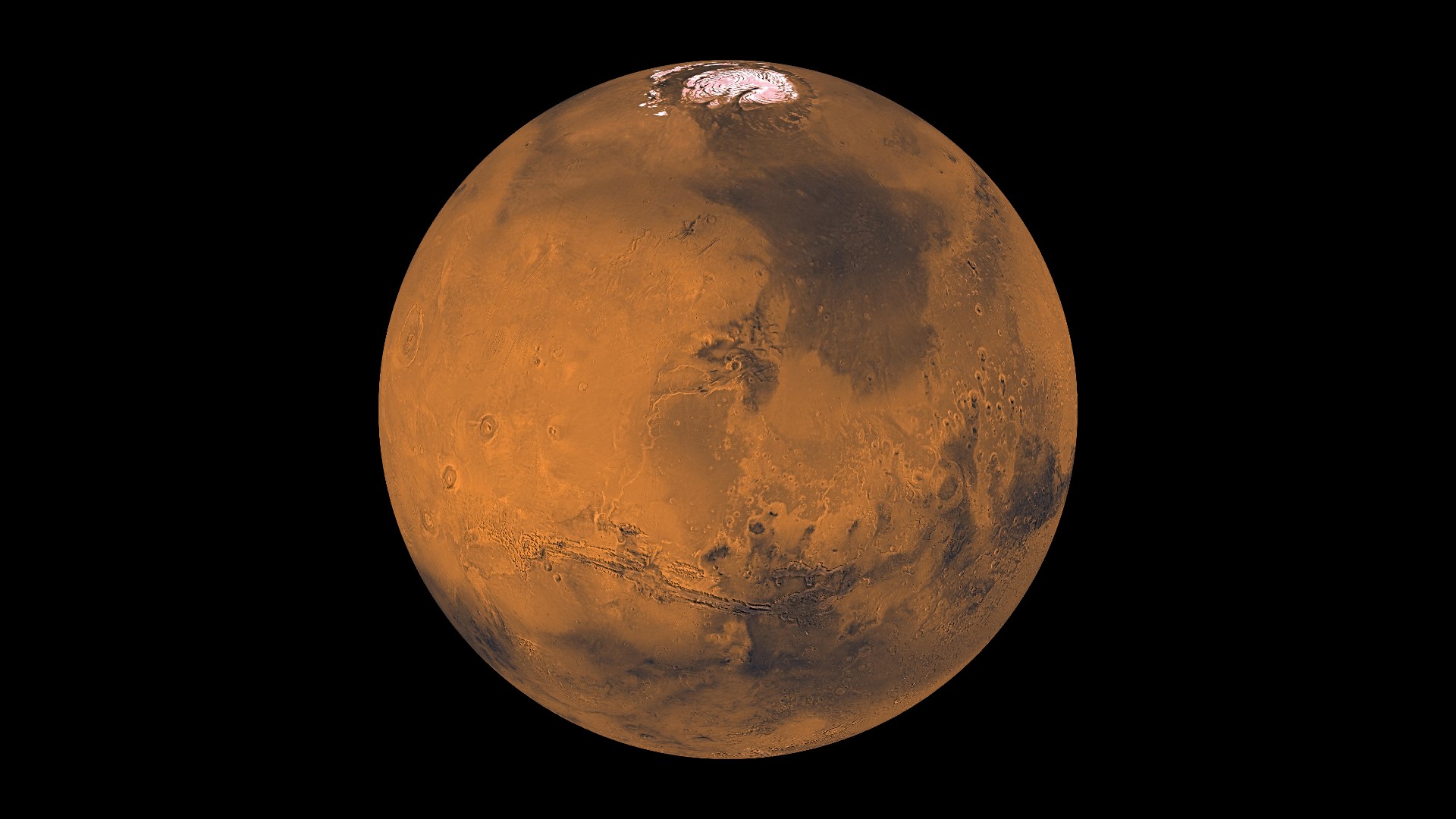
Mars: Facts about the Red Planet, its moons, and possibilities for life
By Adam Mann Last updated
-
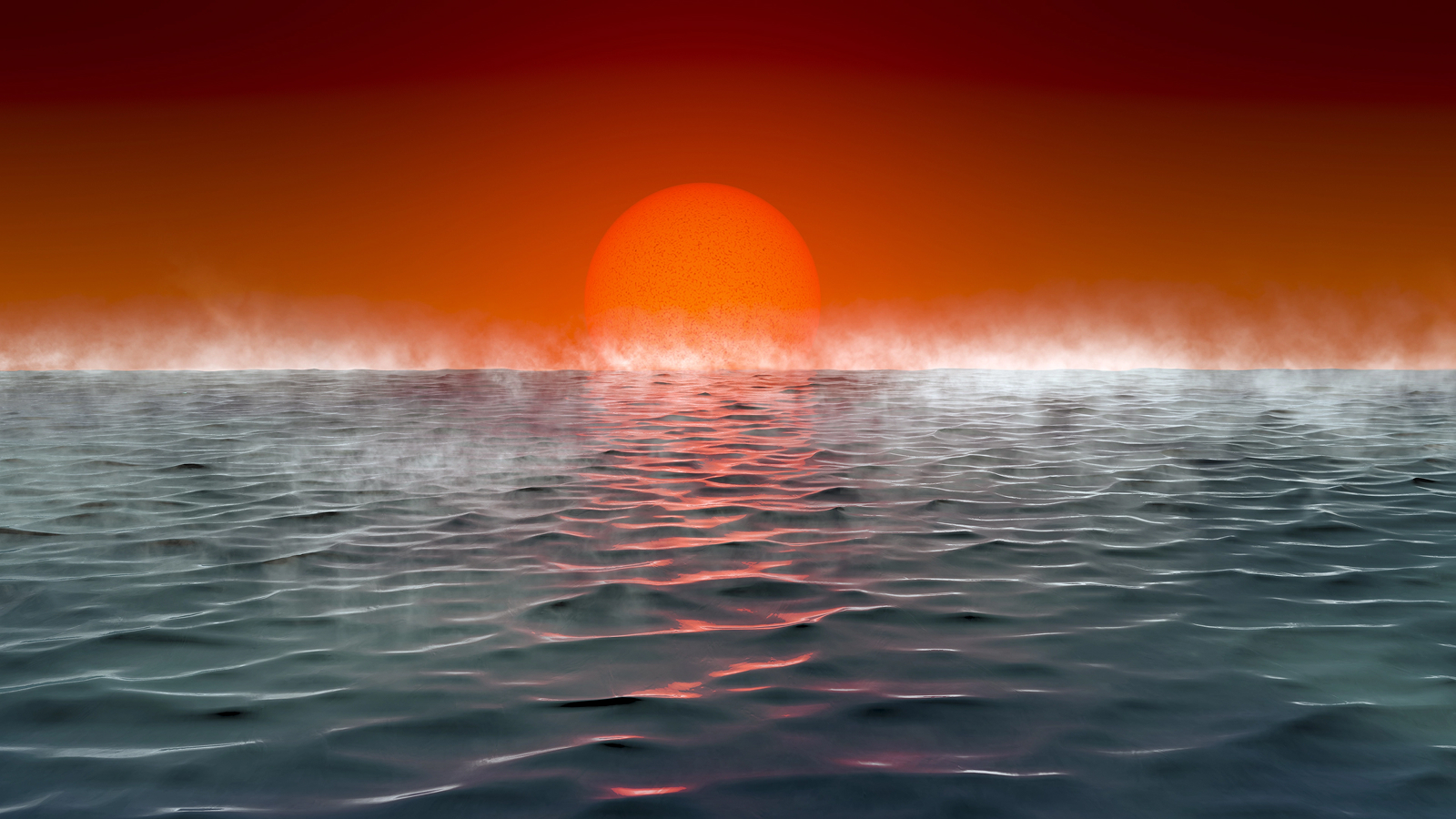
James Webb telescope could find signs of life on alien 'hycean' ocean worlds
By Paul Sutter Published
-
Exoplanets
-
-

James Webb telescope could find signs of life on alien 'hycean' ocean worlds
By Paul Sutter Published
-
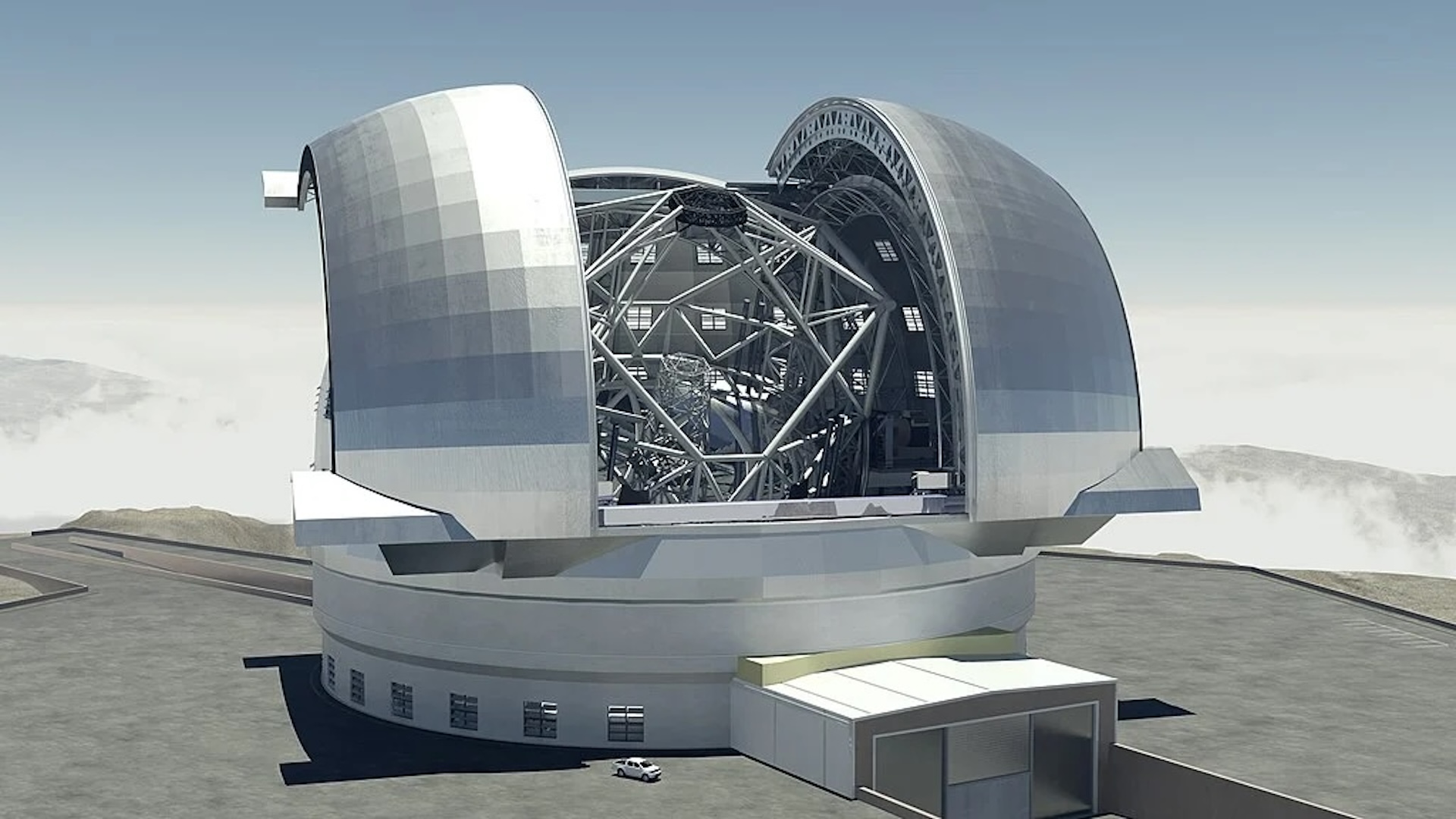
'Extremely Large Telescope' being built in Chile could detect signs of alien life in a single night
By Brian Koberlein Published
-
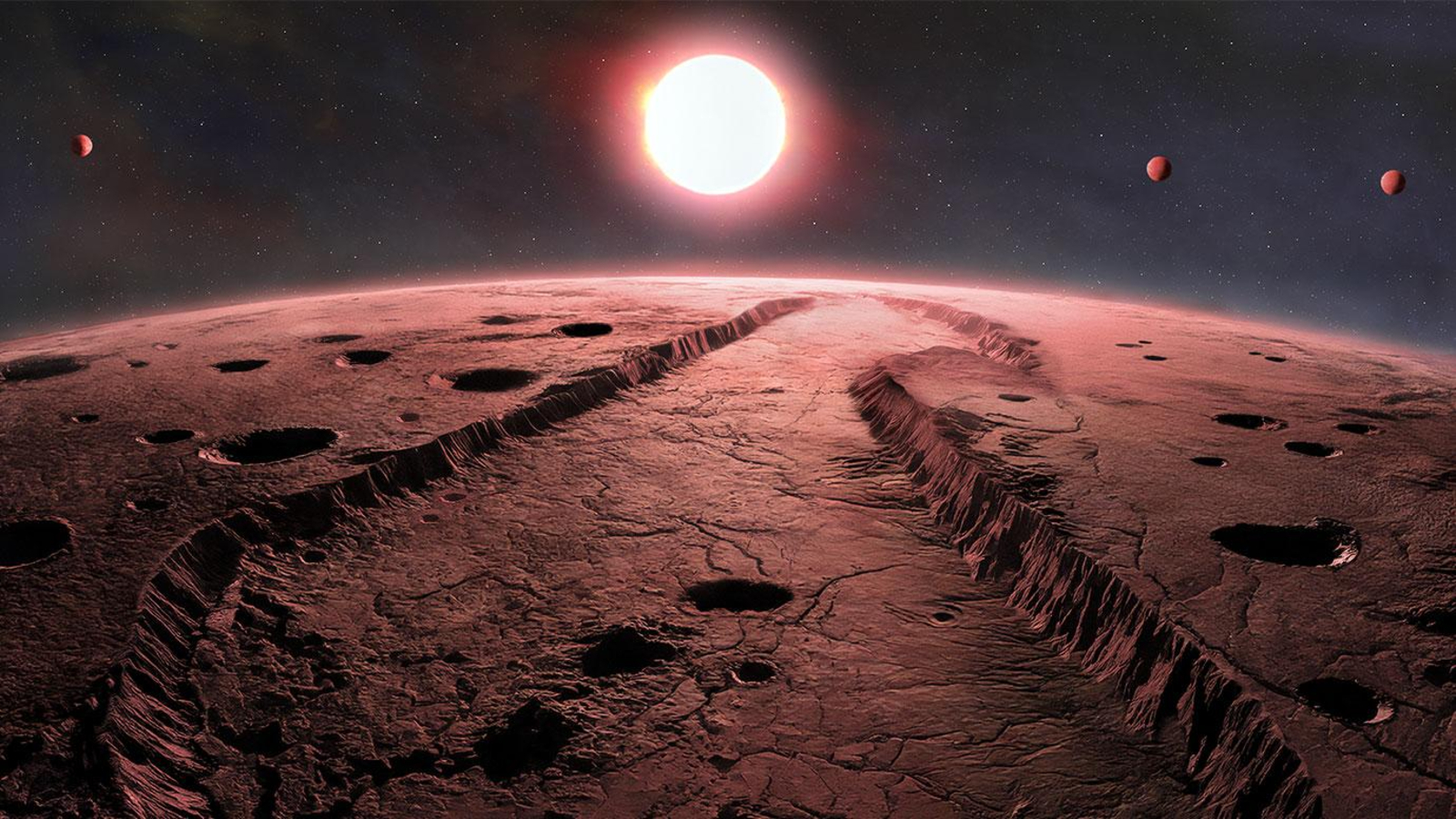
4 tiny, Earth-like planets found circling 2nd-closest star system to us — and could be visited by future human generations
By Harry Baker Published
-
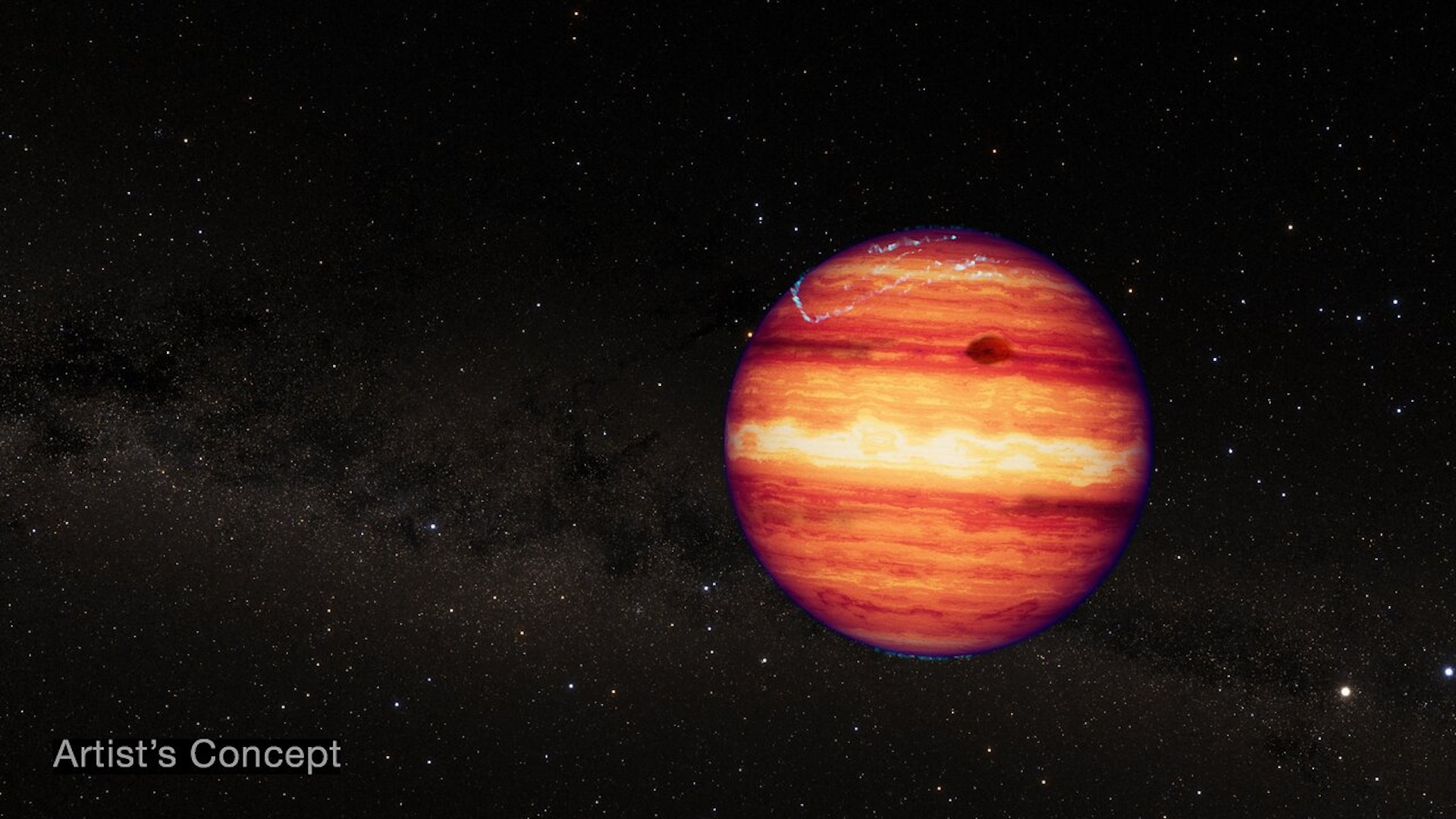
James Webb telescope spots 'rogue' planet with a cake-like atmosphere barrelling through space without a star
By Abha Jain Published
-
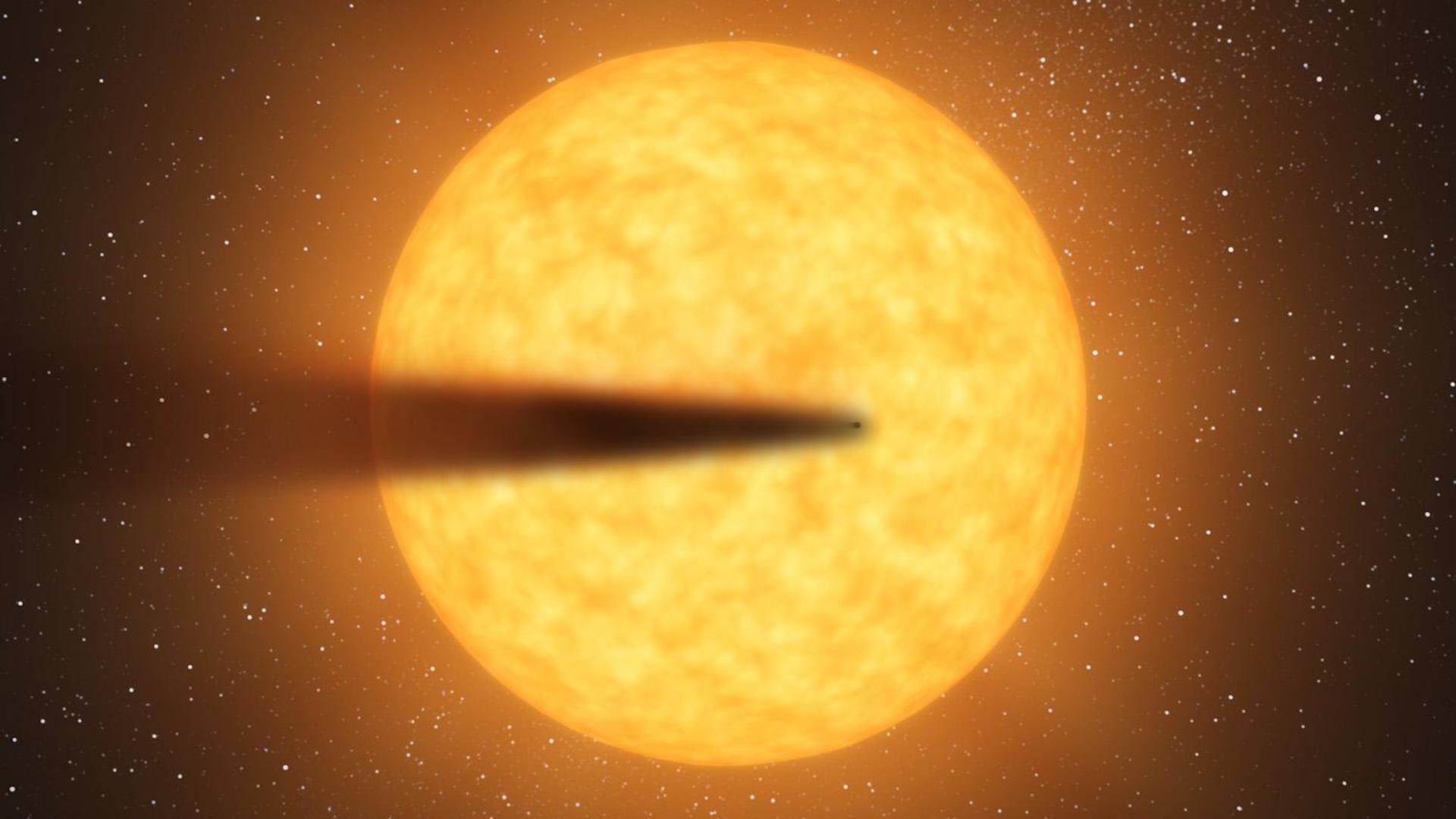
'Utterly cataclysmic': James Webb telescope spots 2 alien planets disintegrating before our eyes
By Sharmila Kuthunur Published
-
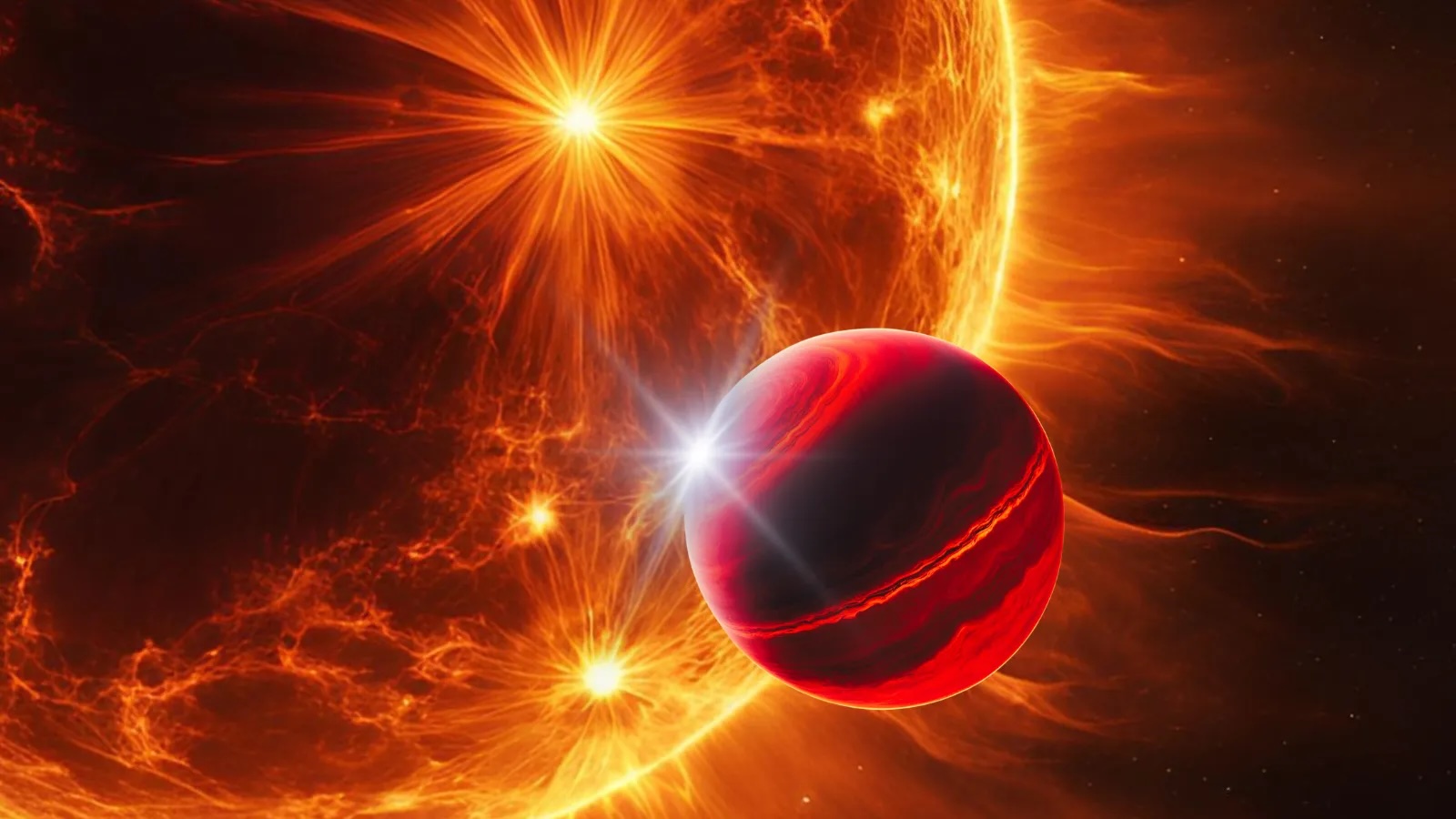
Exoplanet with iron rain has violent winds 'like something out of science fiction'
By Robert Lea Published
-
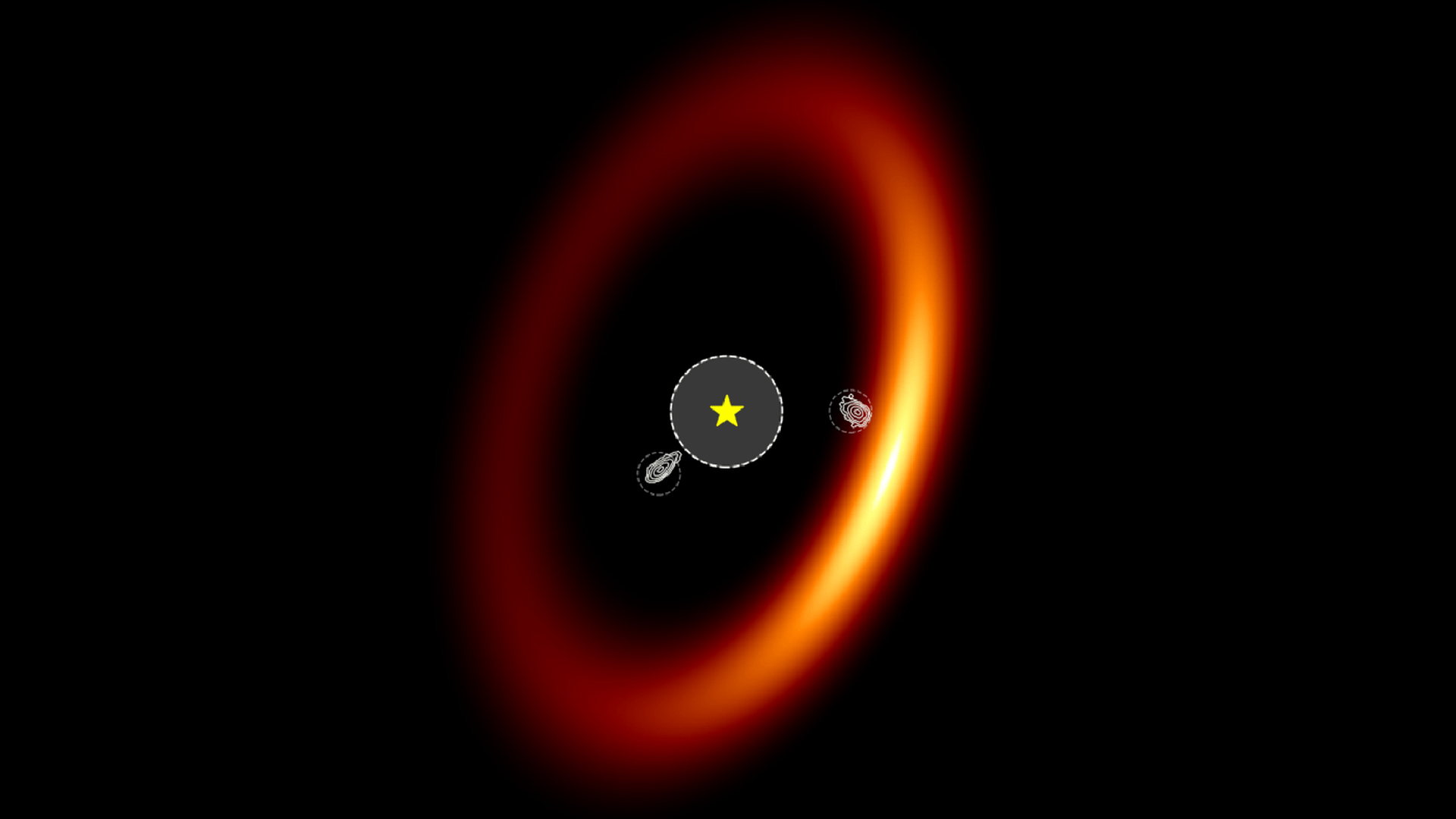
'Like a family photo of our solar system': The James Webb telescope is watching 2 alien planets being born before our eyes
By Evan Gough Published
-
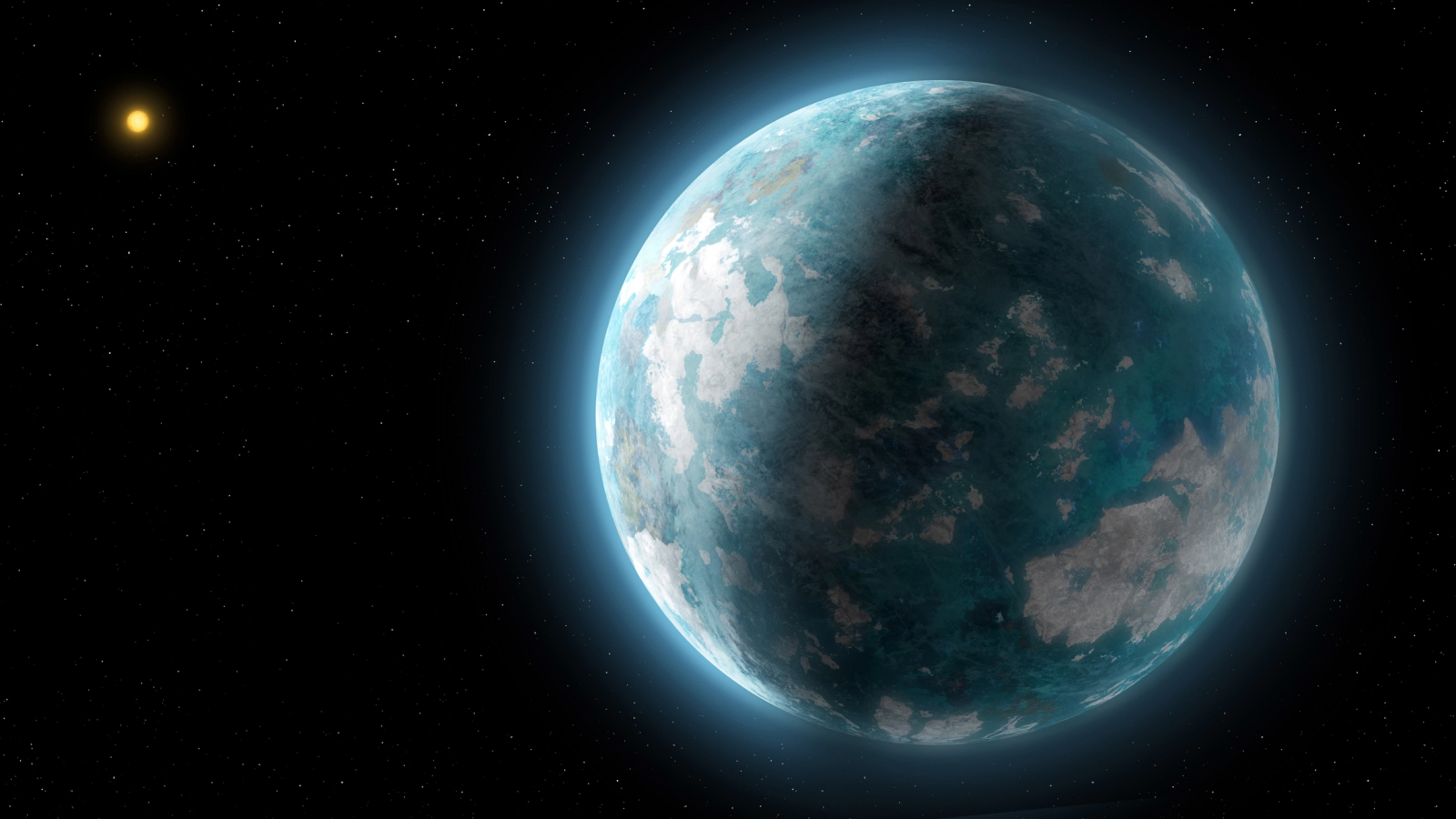
Newly discovered super-Earth orbits in and out of its star's habitable zone. Could life survive its extreme climate?
By Keith Cooper Published
-
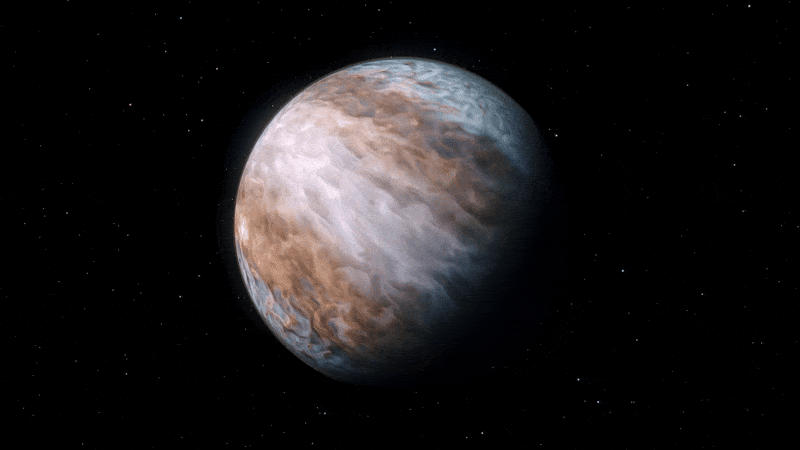
'Supersonic jetstream' with winds 130 times faster than a Category 5 hurricane spotted in the Milky Way
By Harry Baker Published
-
Jupiter
-
-

Powerful solar winds squish Jupiter's magnetic field 'like a giant squash ball'
By Victoria Corless Published
-
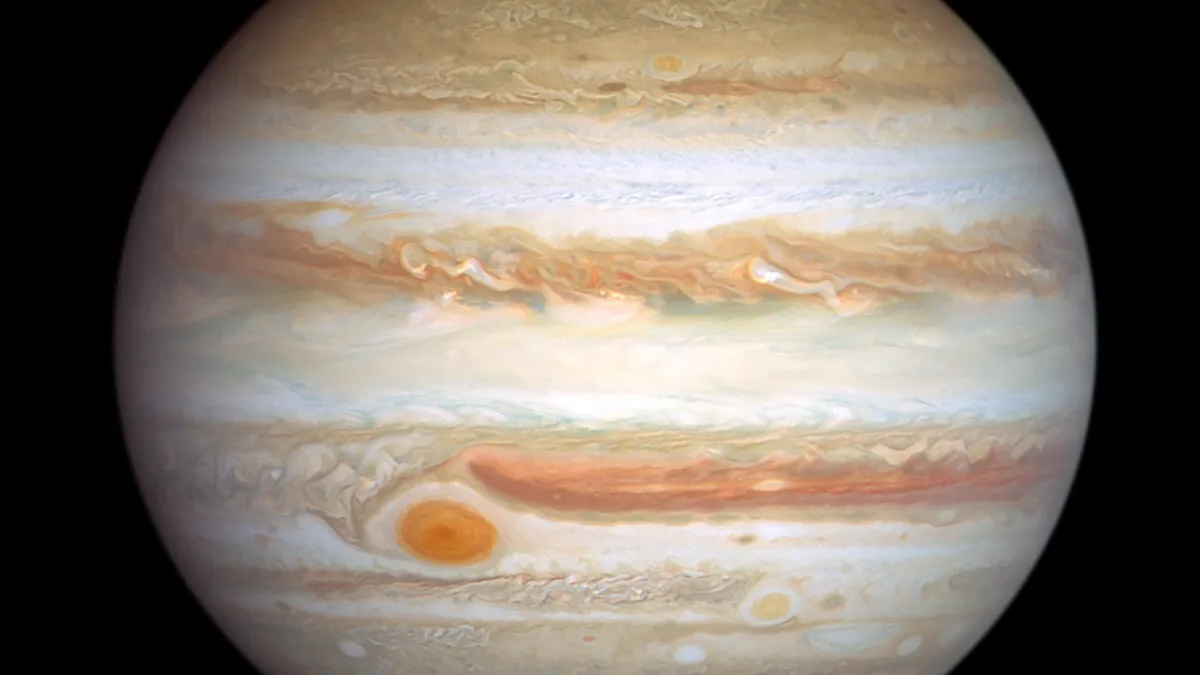
Jupiter's Great Red Spot is being squeezed, Hubble Telescope finds — and nobody knows why
By Keith Cooper Published
-
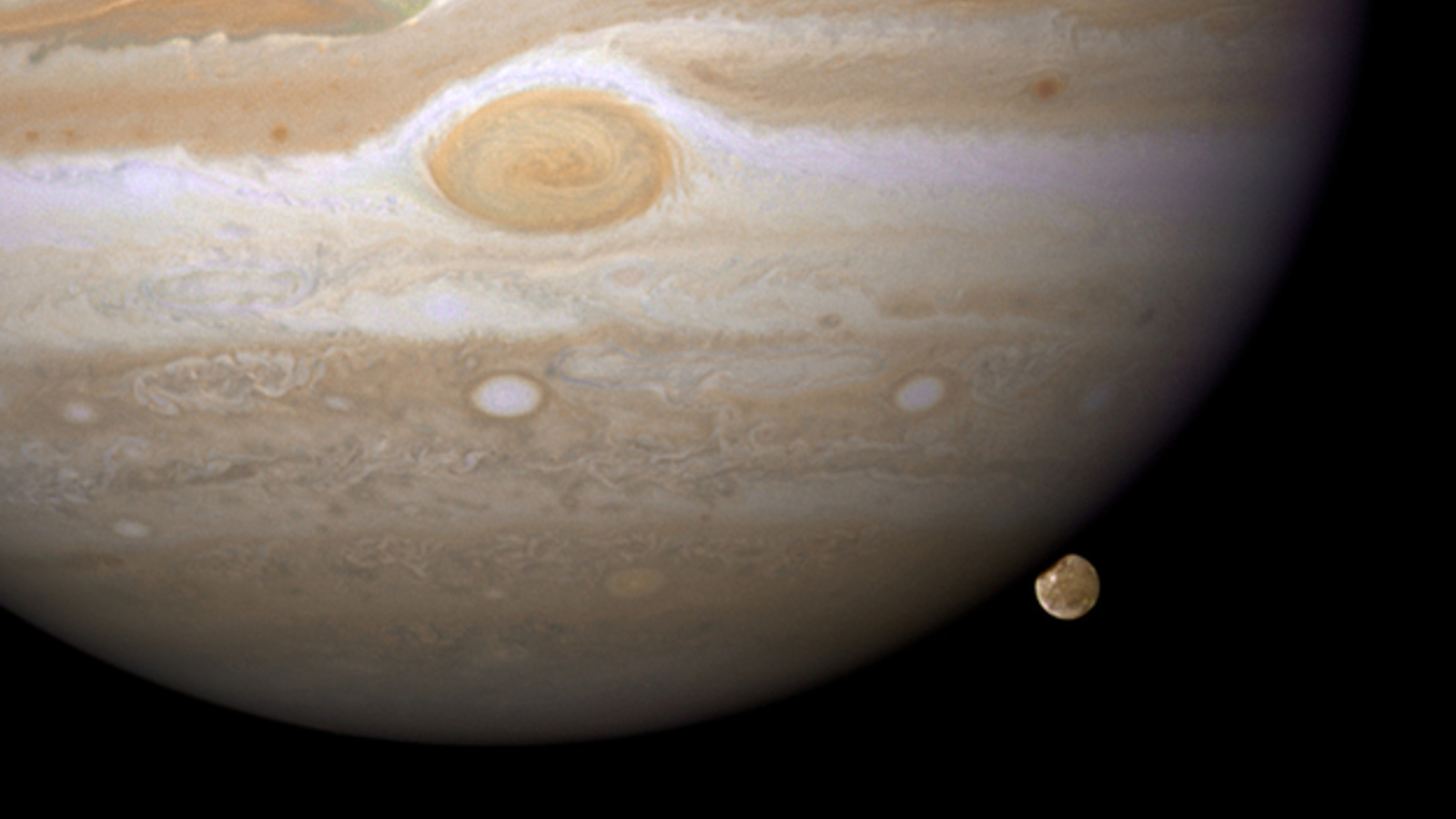
Asteroid 10 times bigger than the dinosaur-killing space rock smashed Jupiter's largest moon off its axis
By Harry Baker Published
-
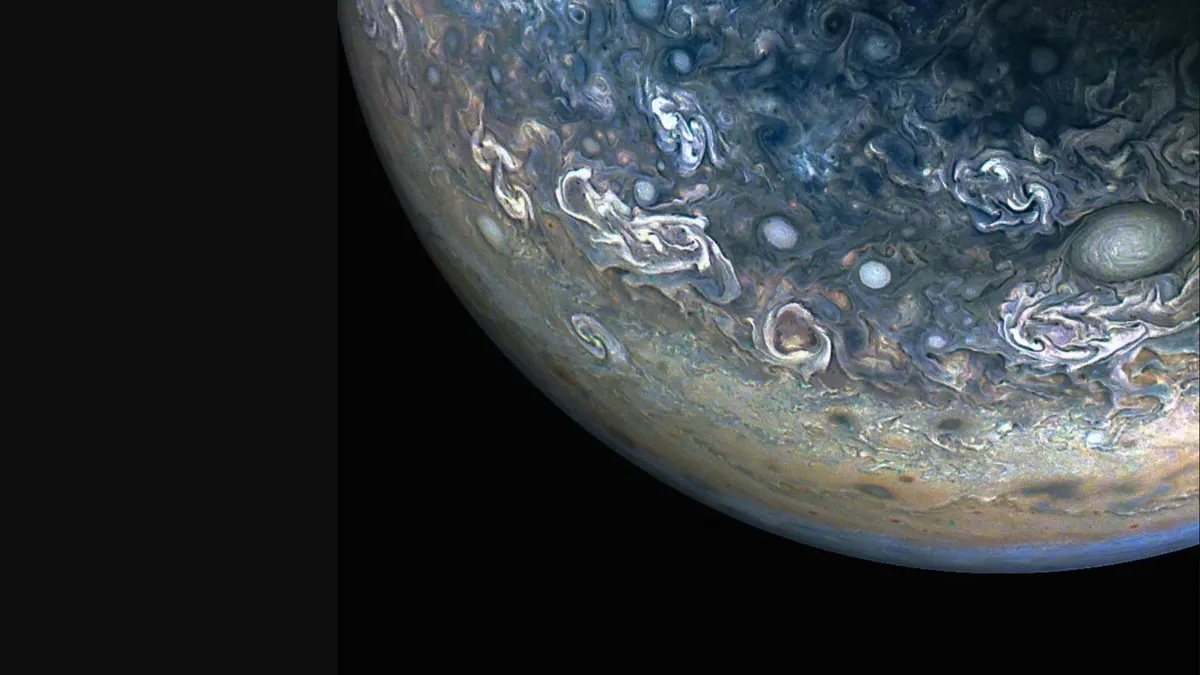
Jupiter's surreal clouds swirl in new van Gogh-esque view from NASA's Juno probe
By Samantha Mathewson Published
-
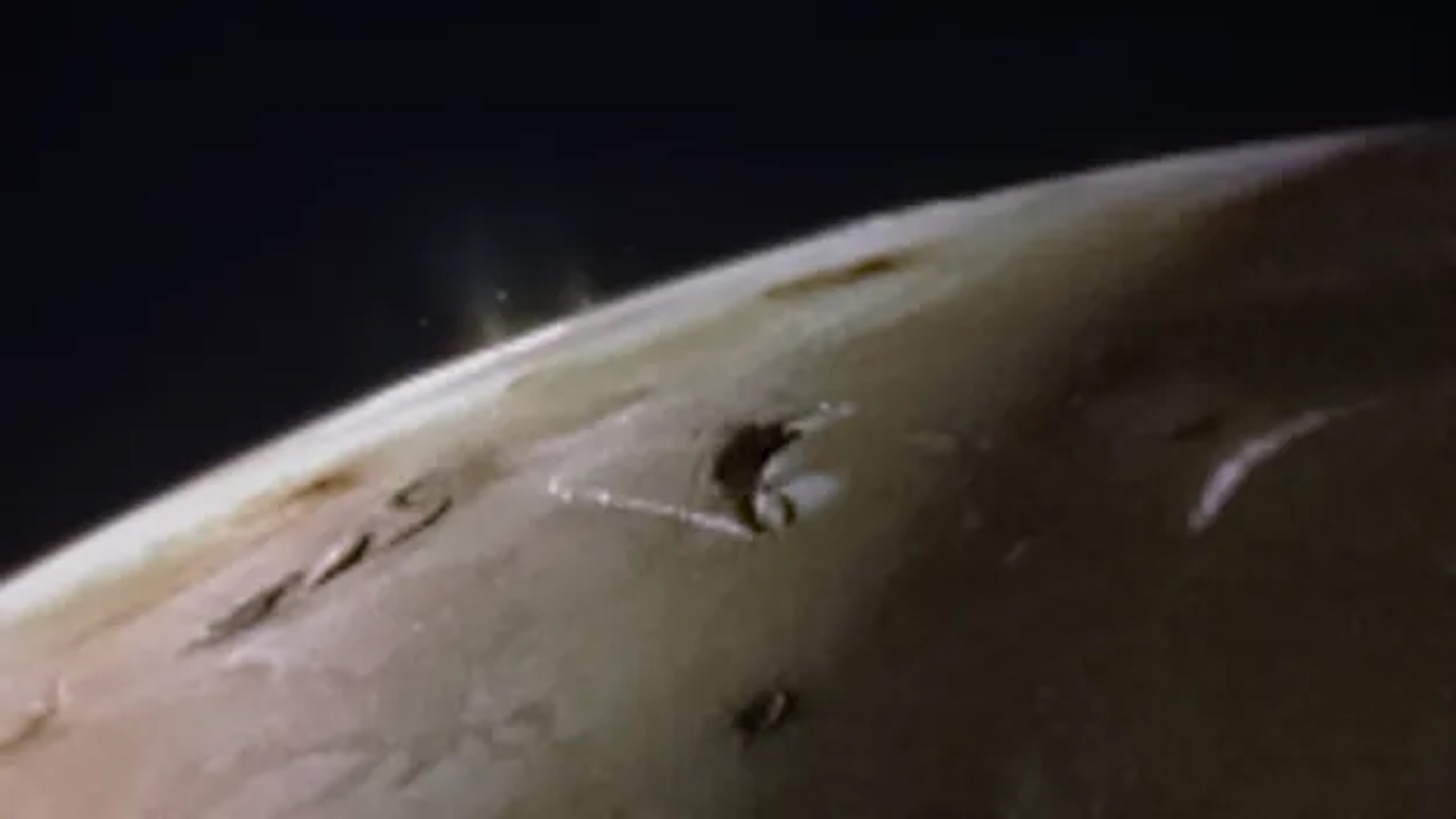
NASA's Juno probe reveals 'fire-breathing' lava lakes across Jupiter's volcanic moon Io
By Stefanie Waldek Published
-
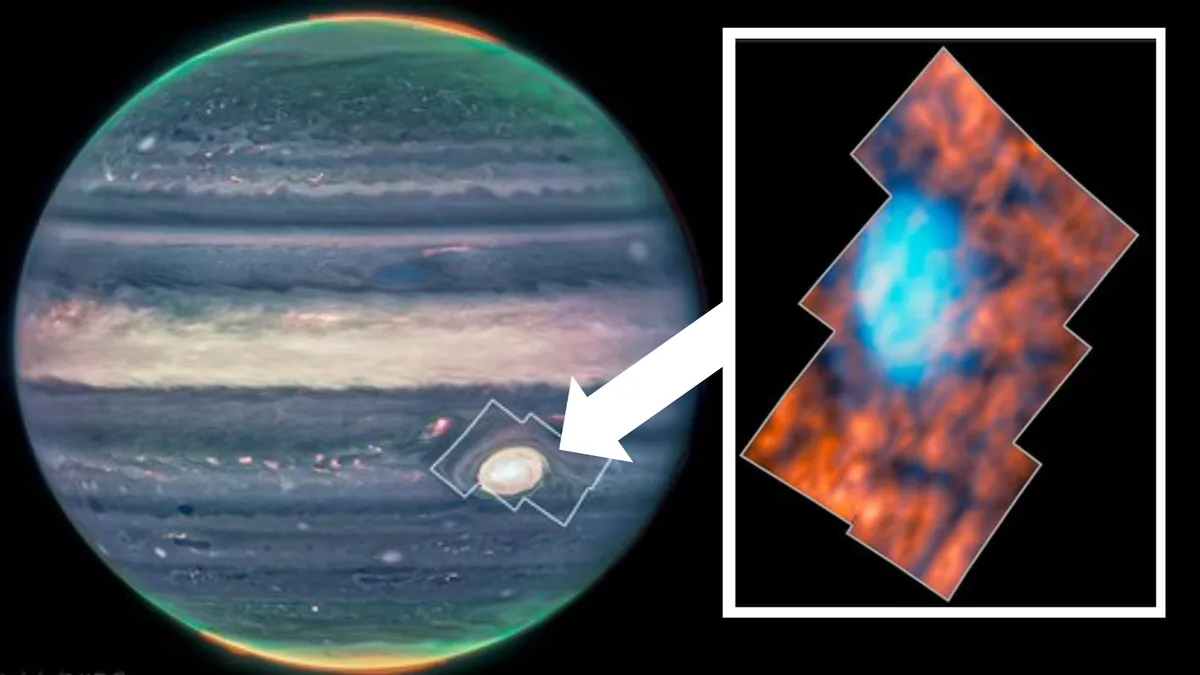
James Webb Space Telescope spies strange shapes above Jupiter's Great Red Spot
By Robert Lea Published
-
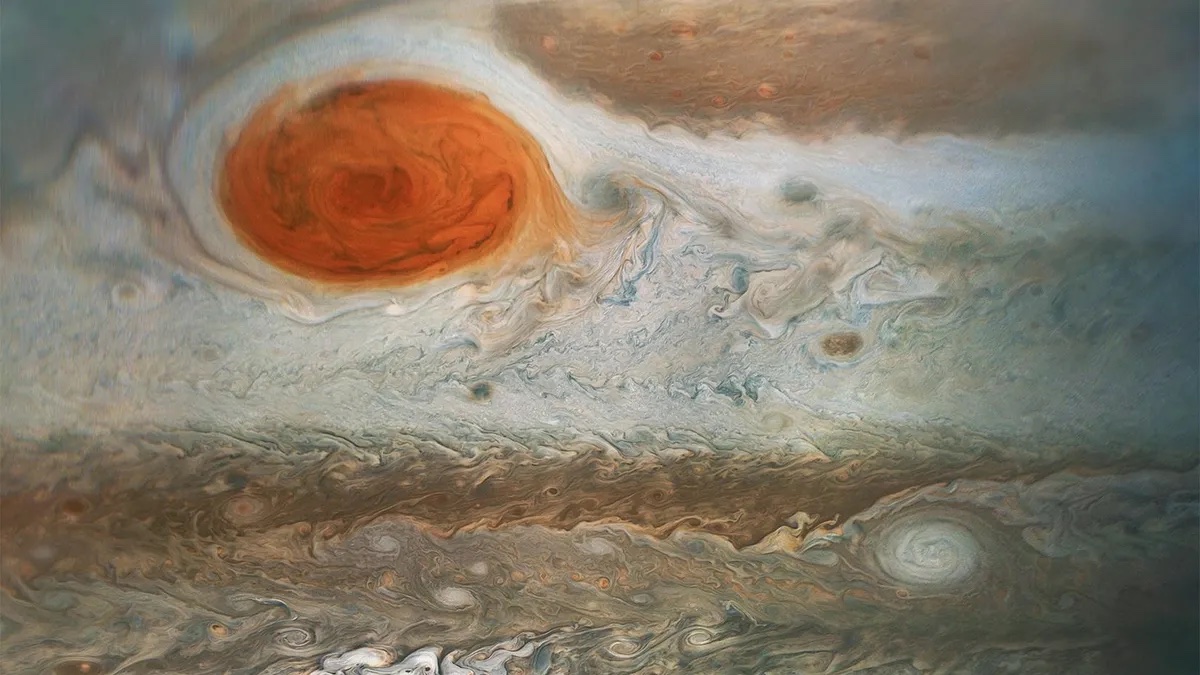
Is Jupiter's Great Red Spot an impostor? Giant storm may not be the original one discovered 350 years ago
By Stefanie Waldek Published
-
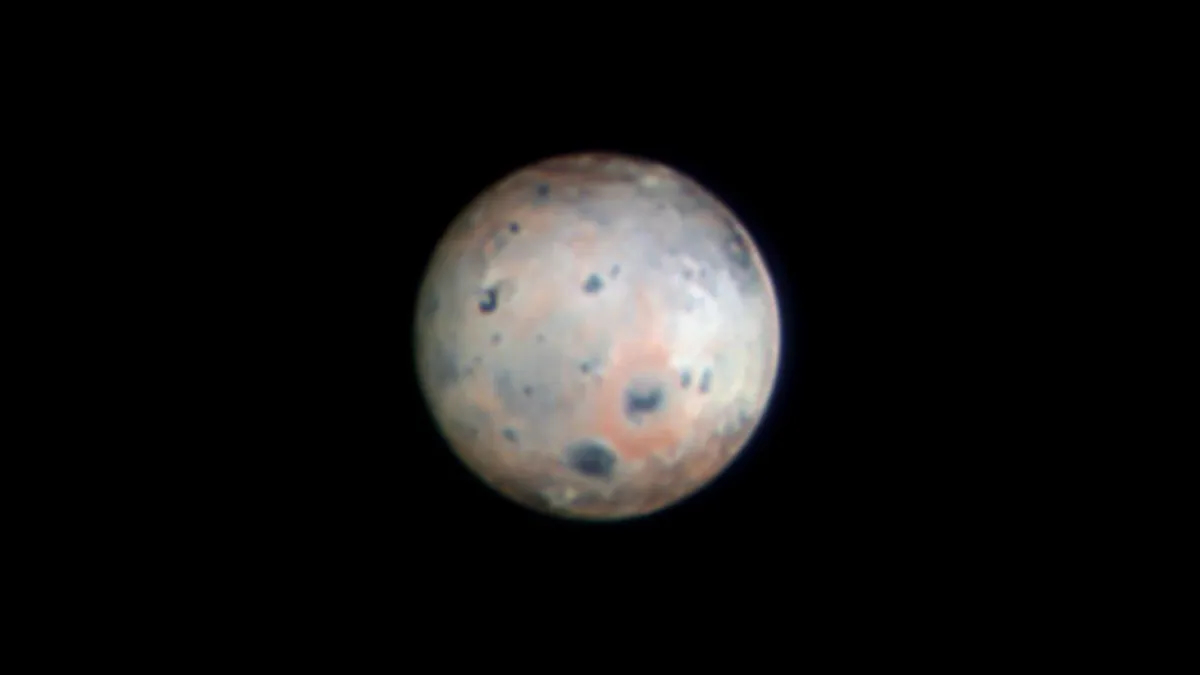
A telescope on Earth just took an unbelievable image of Jupiter's moon
By Sharmila Kuthunur Published
-
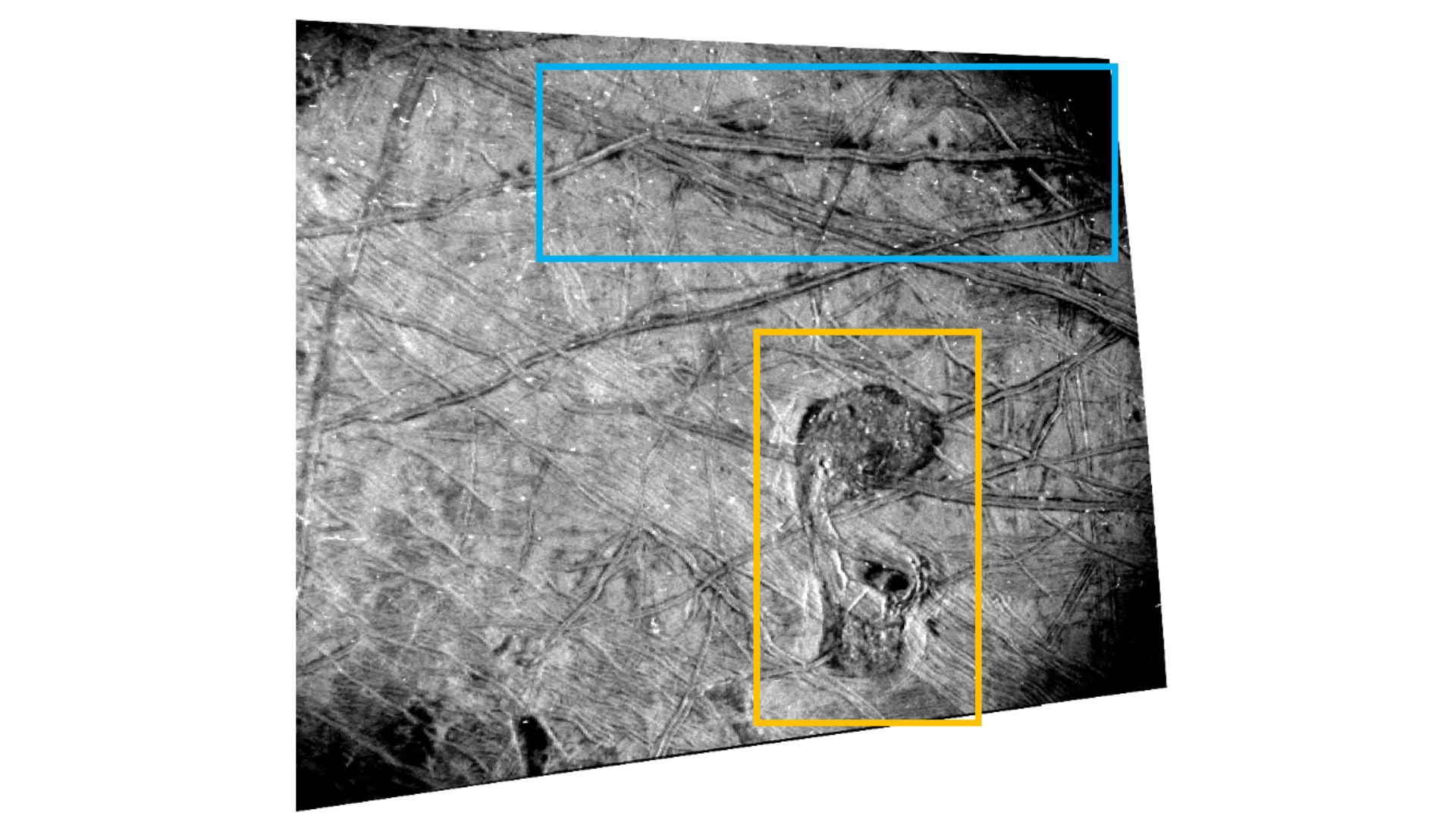
Space photo of the week: NASA sees a 'Platypus' move on Jupiter's moon Europa
By Jamie Carter Published
-
Mars
-
-

NASA rover watches 'fiendish' Martian 'dust devils' collide in rare case of extraterrestrial cannibalism
By Harry Baker Published
-

These strange, hybrid Earth lifeforms could survive on Mars, new study hints
By Harry Baker Published
-

Mars: Facts about the Red Planet, its moons, and possibilities for life
By Adam Mann Last updated
-
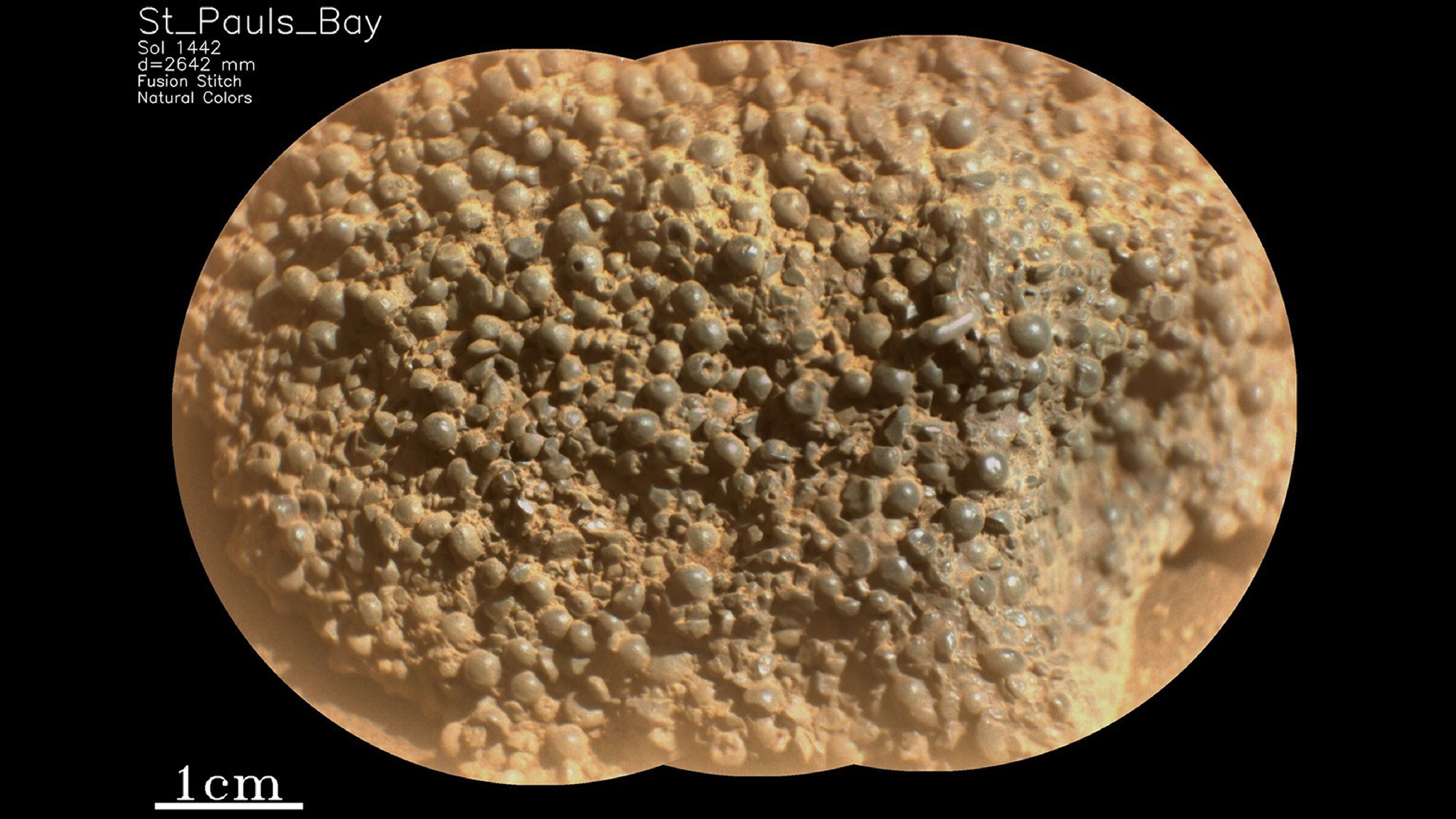
Perseverance rover spots peculiar 'spider egg' rock on Mars — and scientists have no idea how it got there
By Damien Pine Published
-
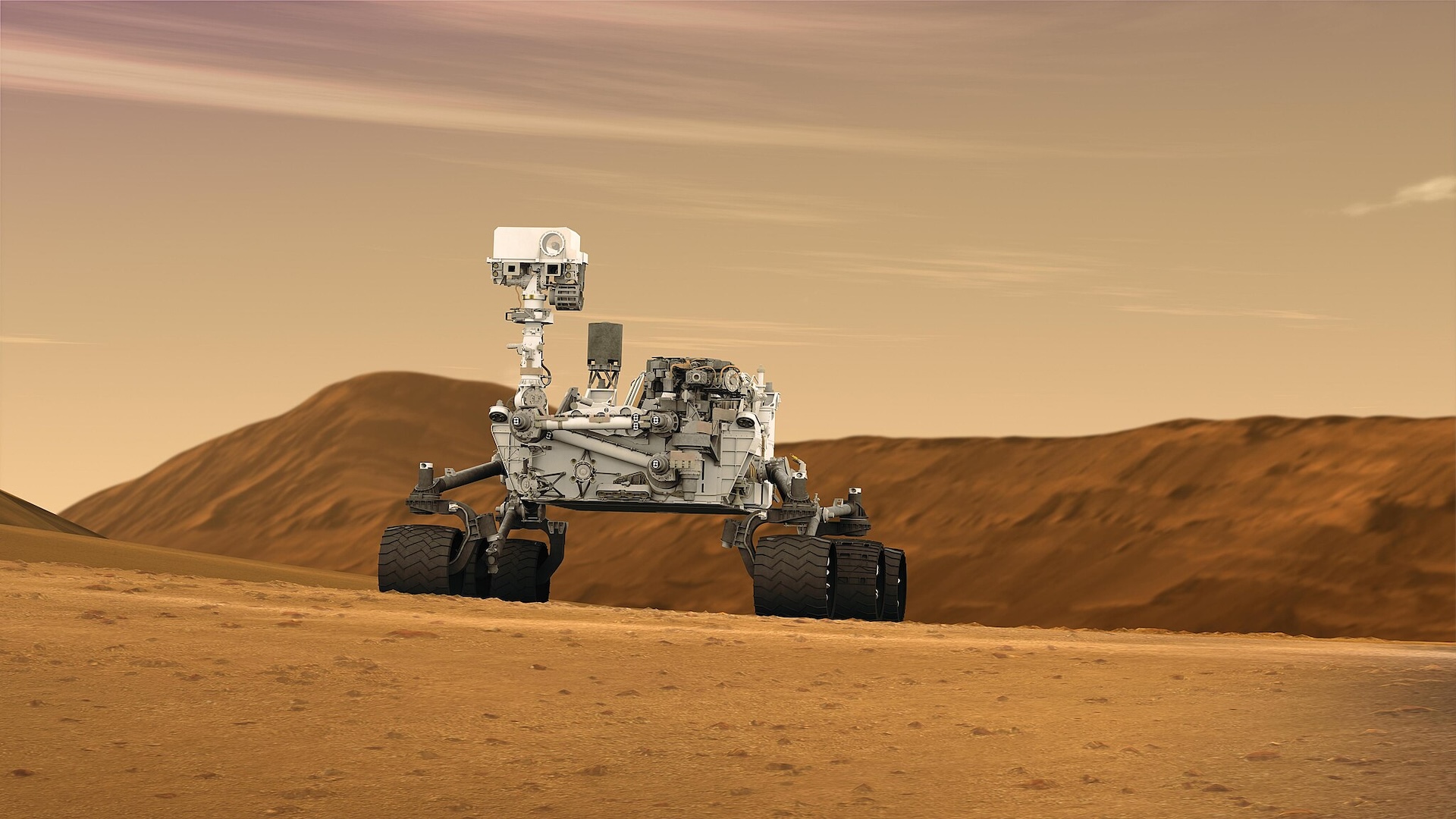
Longest molecules ever found on Mars may be remnants of building blocks of life
By Jess Thomson Published
-
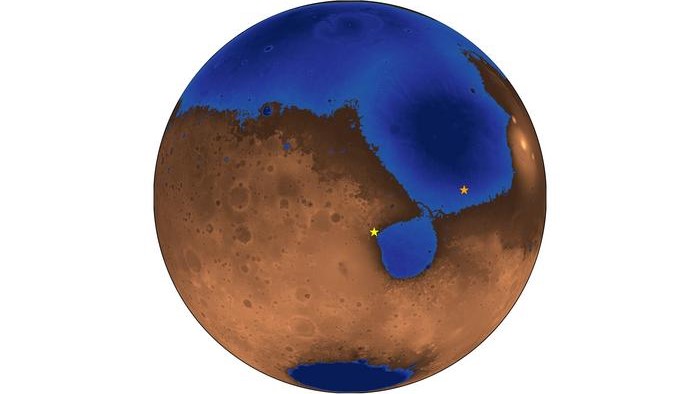
Mars was once a 'vacation-style' beach planet, Chinese rover scans reveal
By Ben Turner Published
-
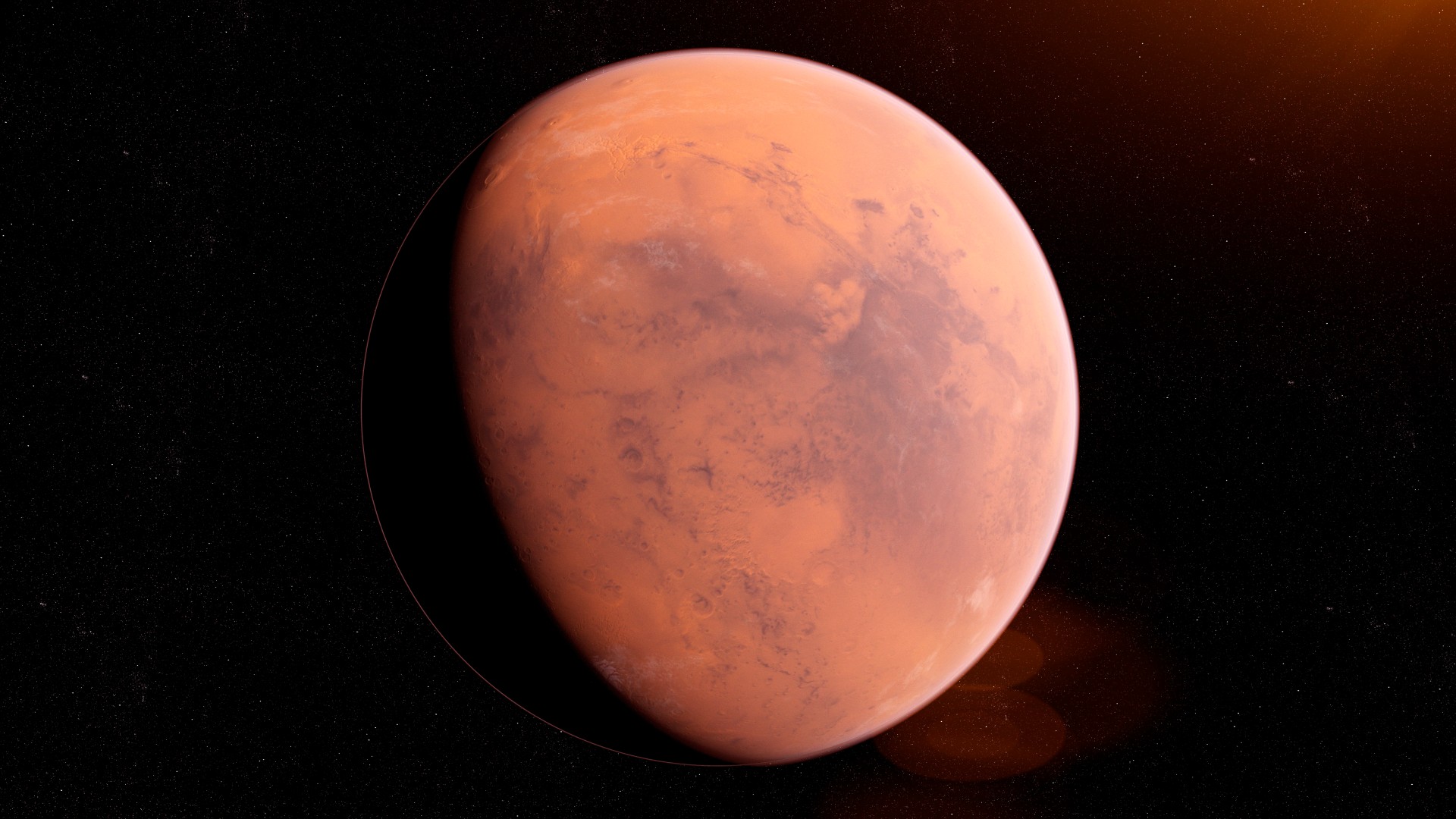
Mars' red color explained by surprising new research
By Ben Turner Published
-
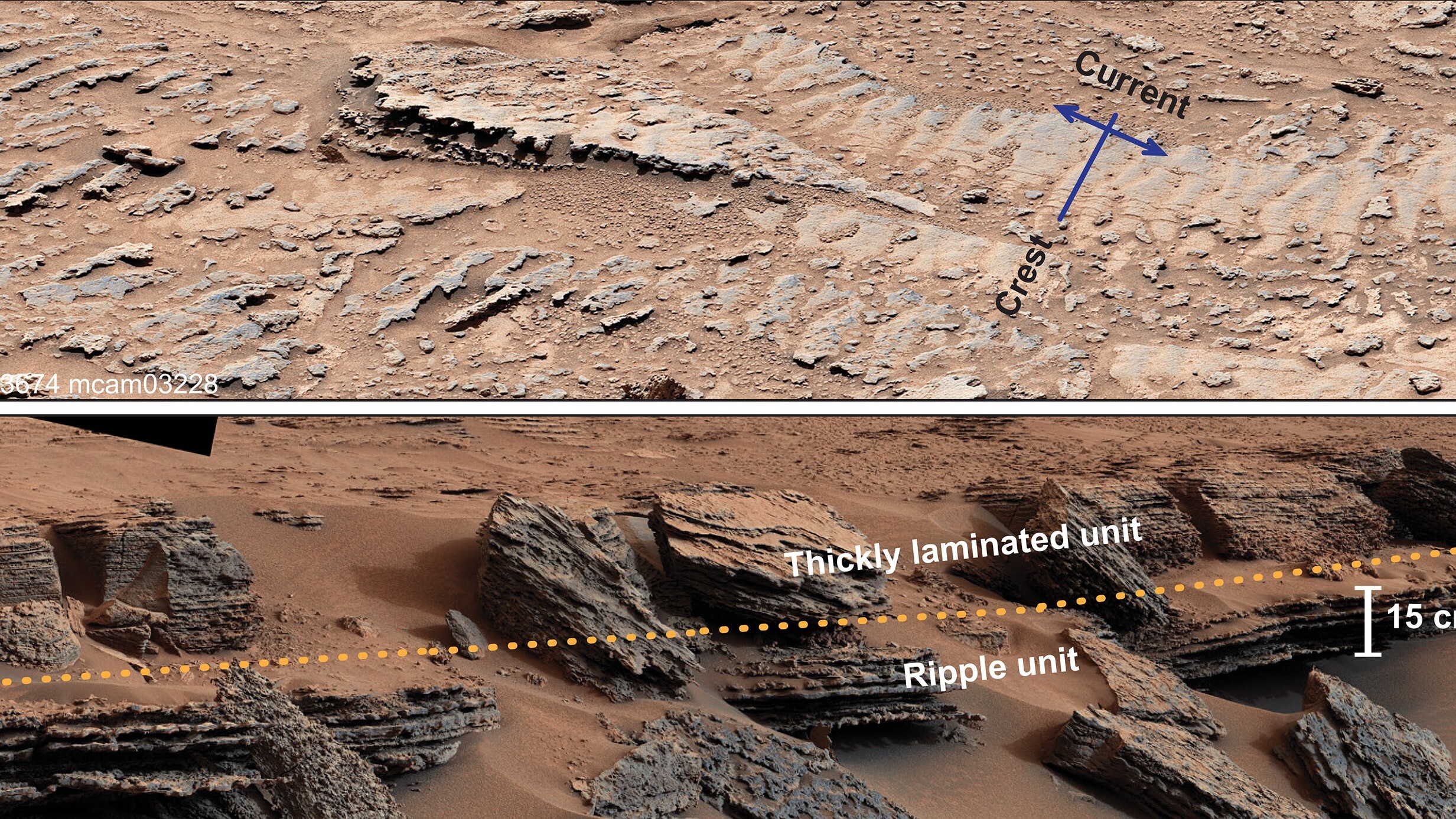
NASA rover discovers liquid water 'ripples' carved into Mars rock — and it could rewrite the Red Planet's history
By Joanna Thompson Published
-
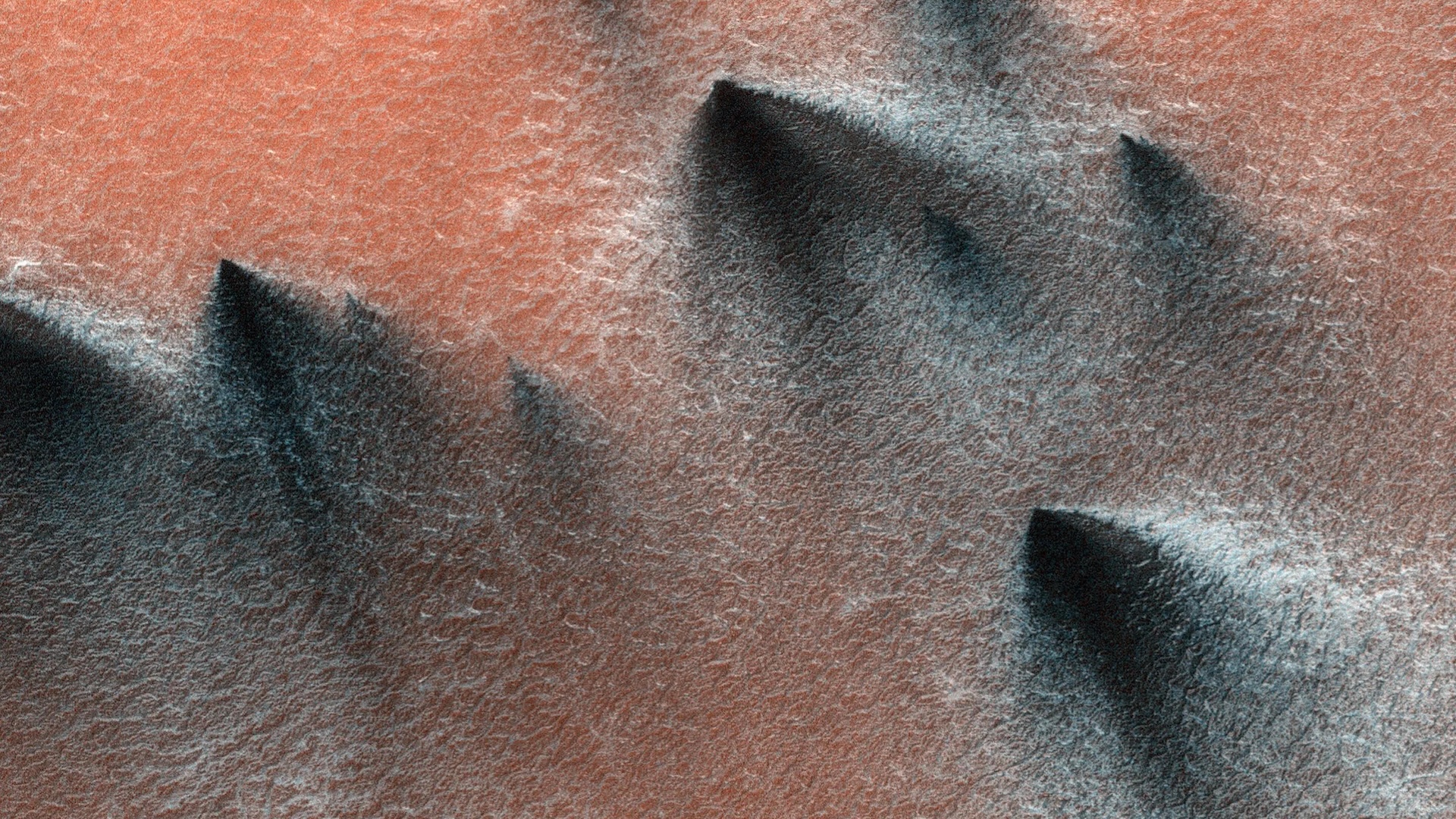
Space photo of the week: Dry ice 'geysers' erupt on Mars as spring hits the Red Planet
By Jamie Carter Published
-
Mercury
-
-

Mercury is weird because of a 'hit-and-run' incident in its youth
By Sharmila Kuthunur Published
-
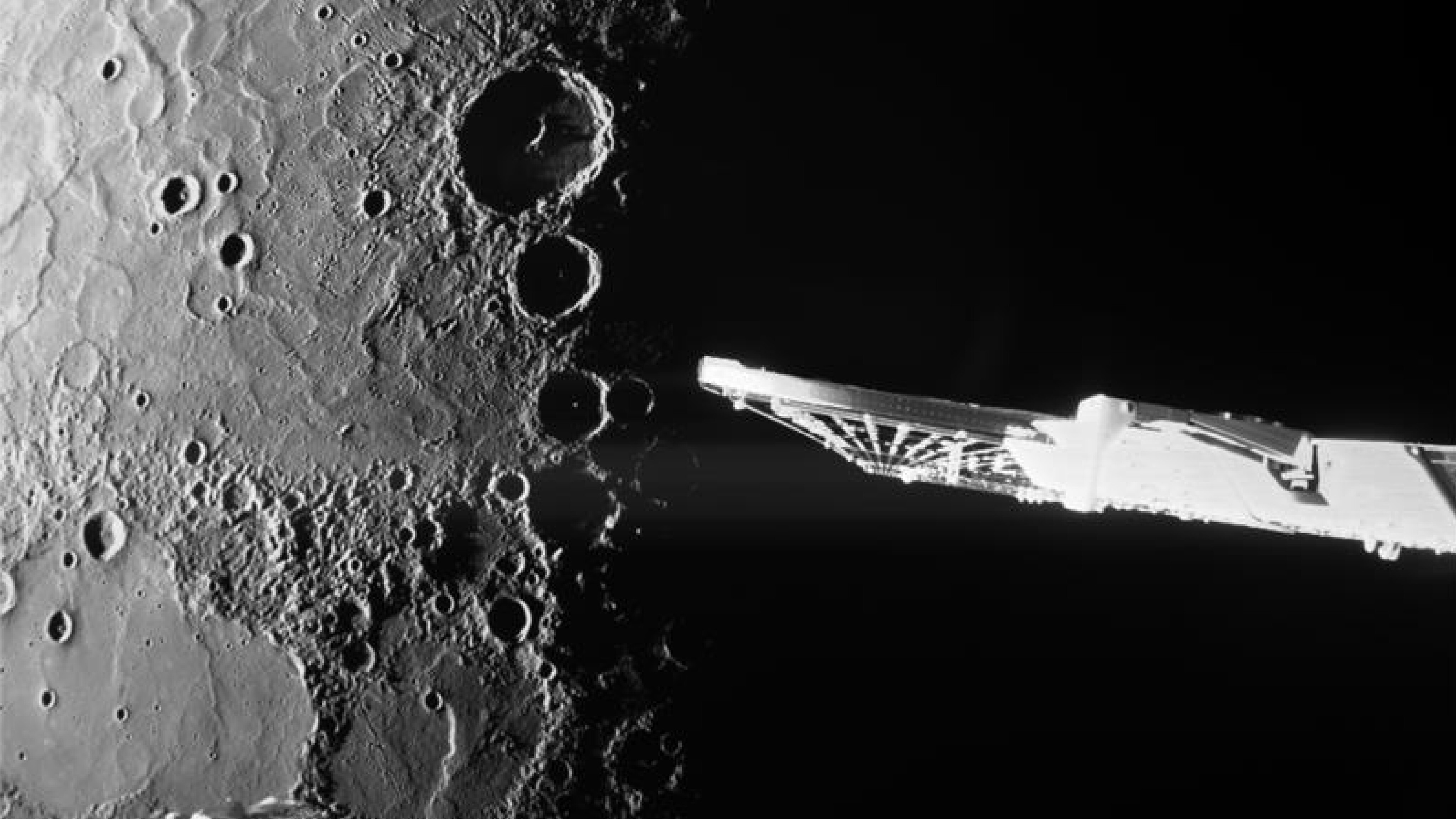
See Mercury's frigid north pole in extraordinary new images from the BepiColombo spacecraft
By Stephanie Pappas Published
-
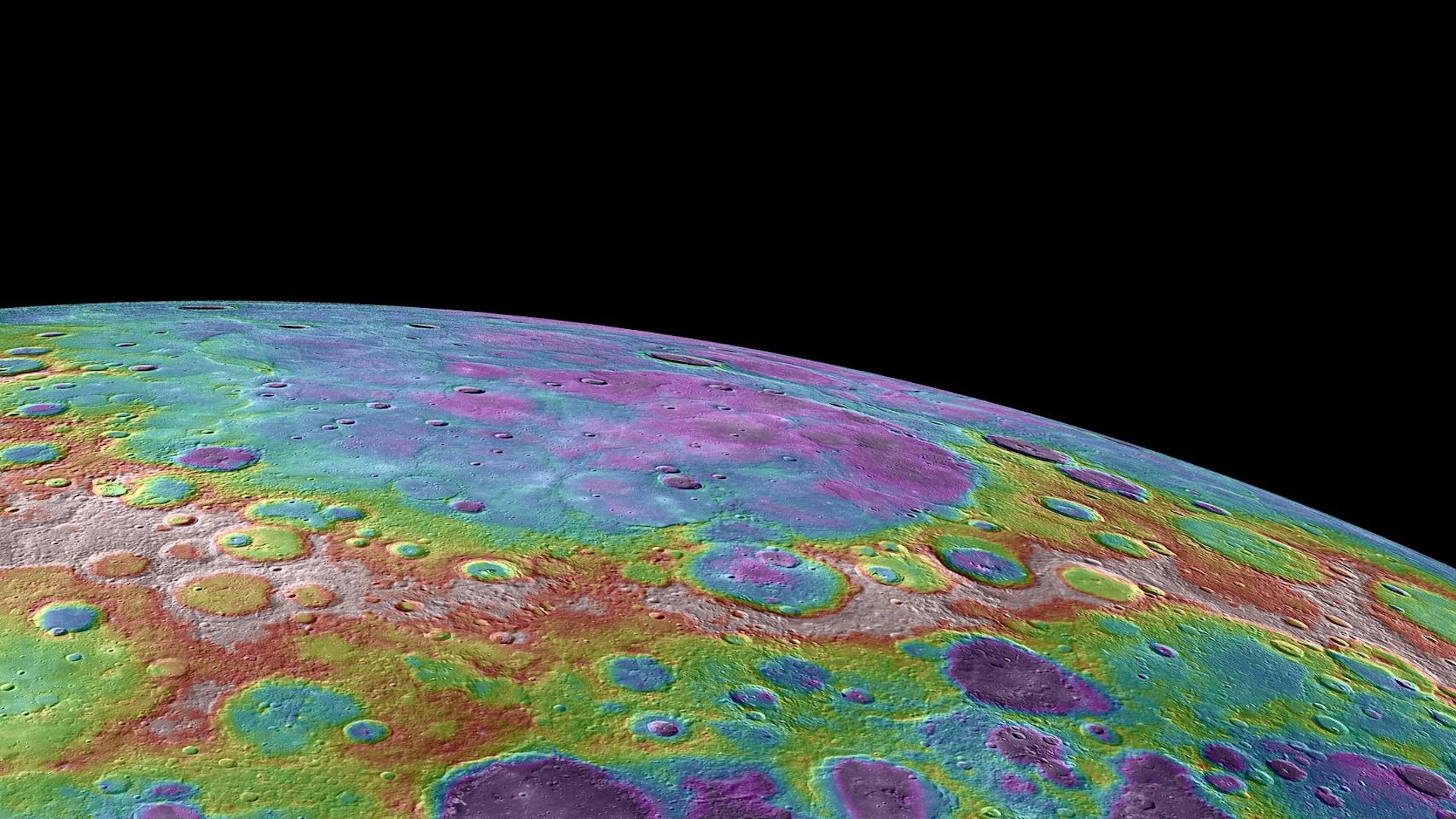
9-mile-thick layer of solid diamonds may lurk beneath Mercury's surface, study hints
By Deepa Jain Last updated
-
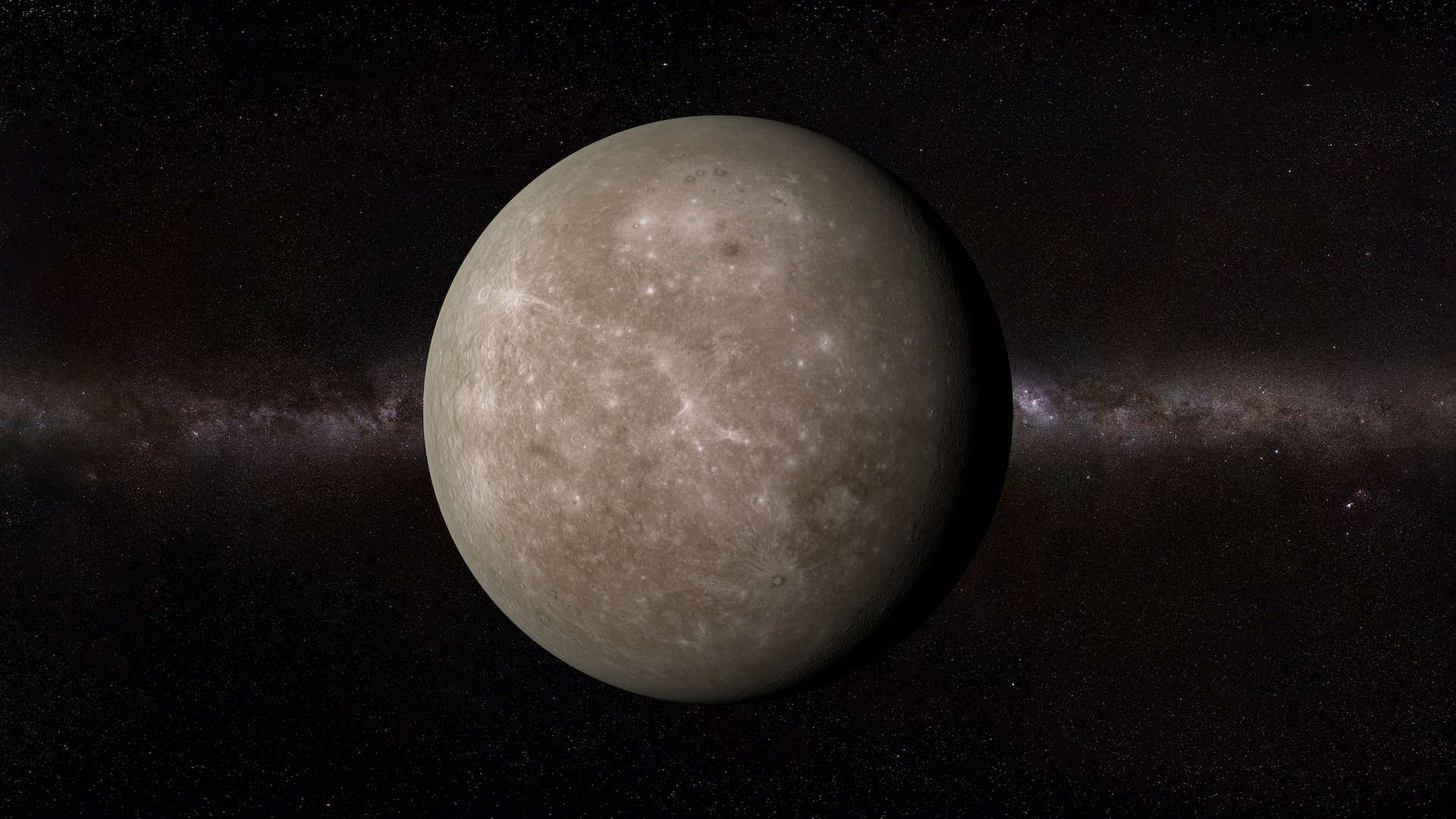
It's the best time of year to spot Mercury. Here's how to find it.
By Jamie Carter Published
-
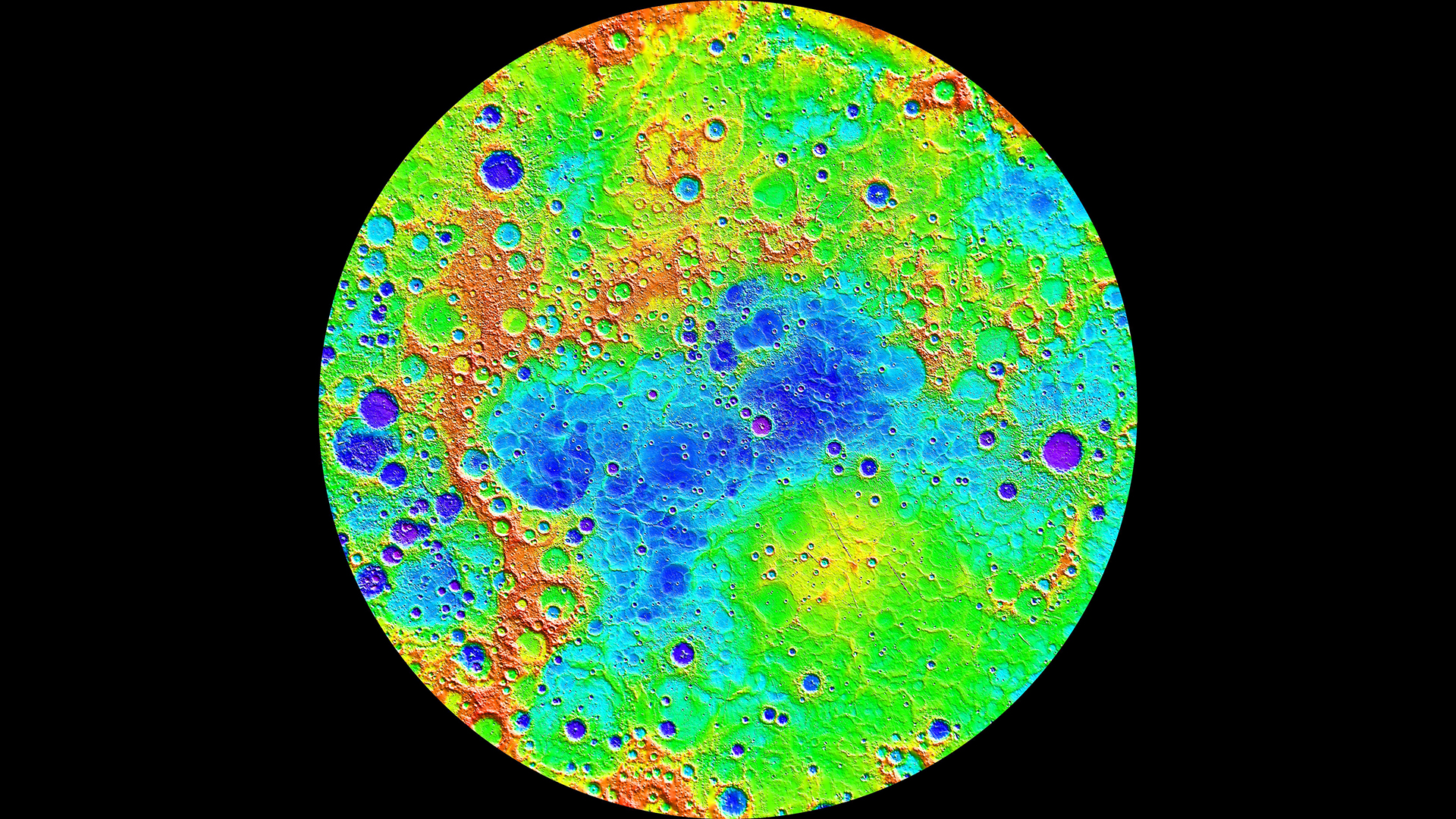
Mercury may have a 'potentially habitable' region below its surface, salty glaciers suggest
By Briley Lewis Published
-
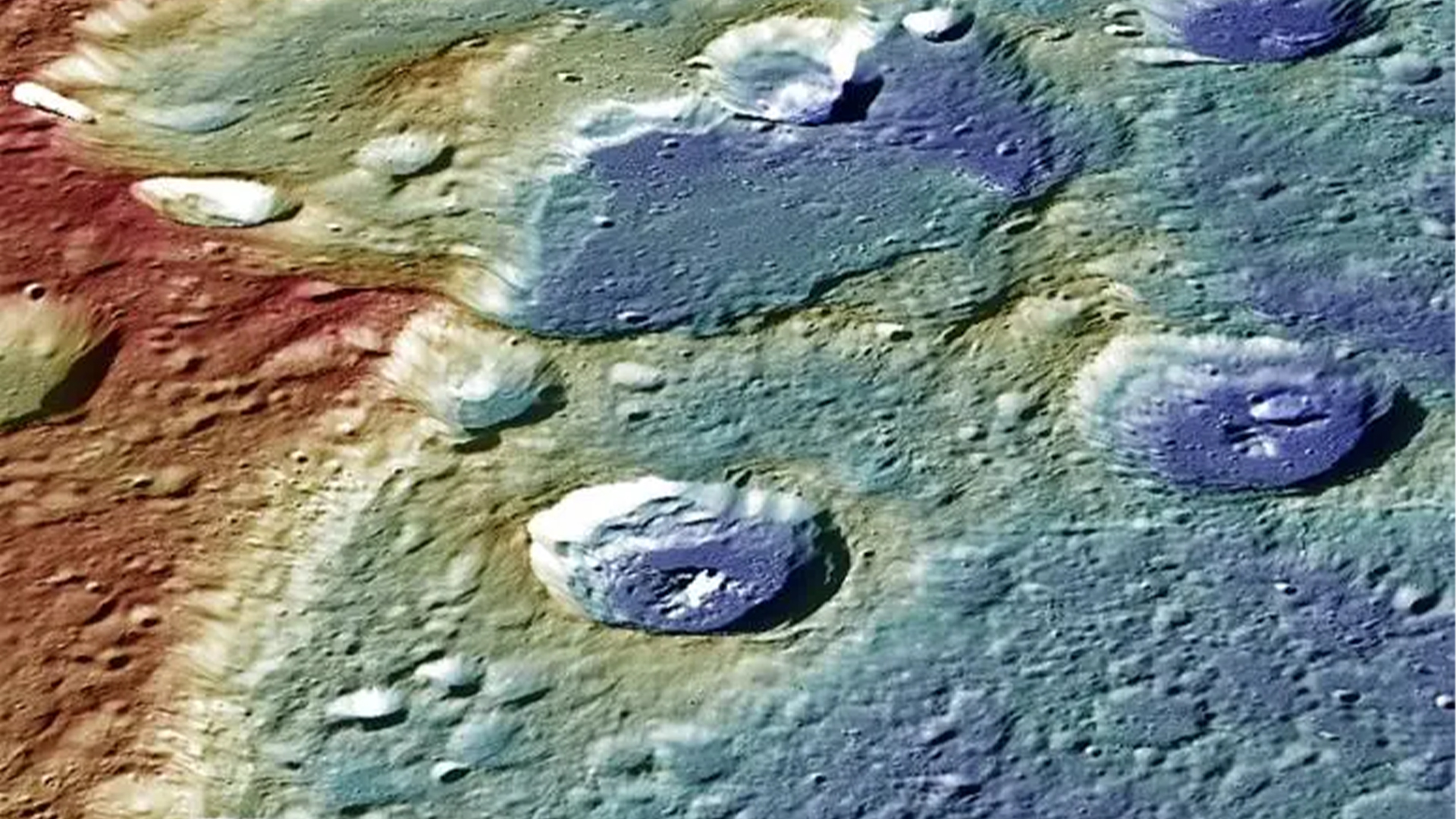
Mercury is still shrinking after billions of years, and scientists can see its 'wrinkles'
By Briley Lewis Published
-
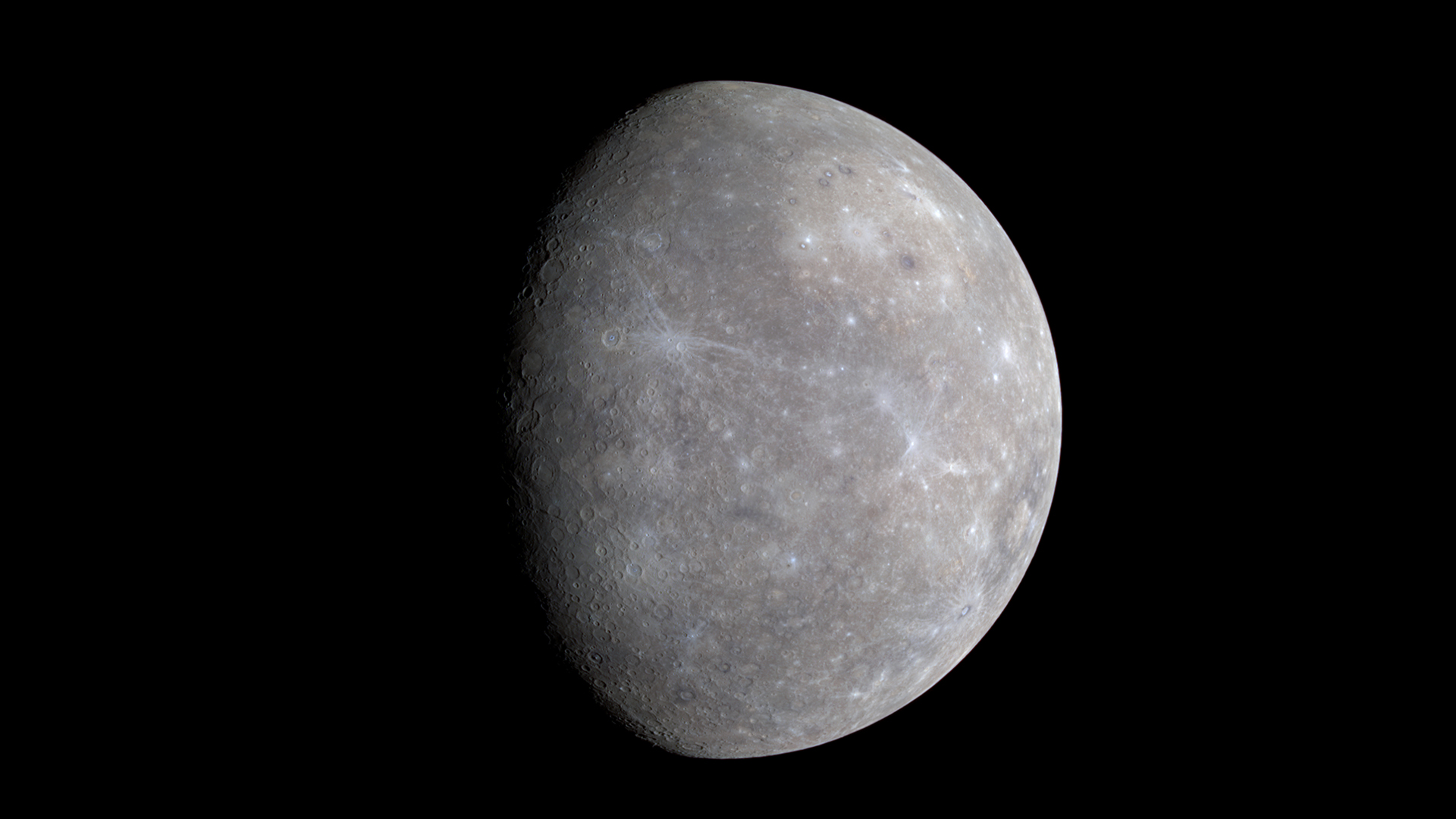
Mercury reaches its highest point in the sky this weekend. Here's how to see it.
By Jamie Carter Published
-
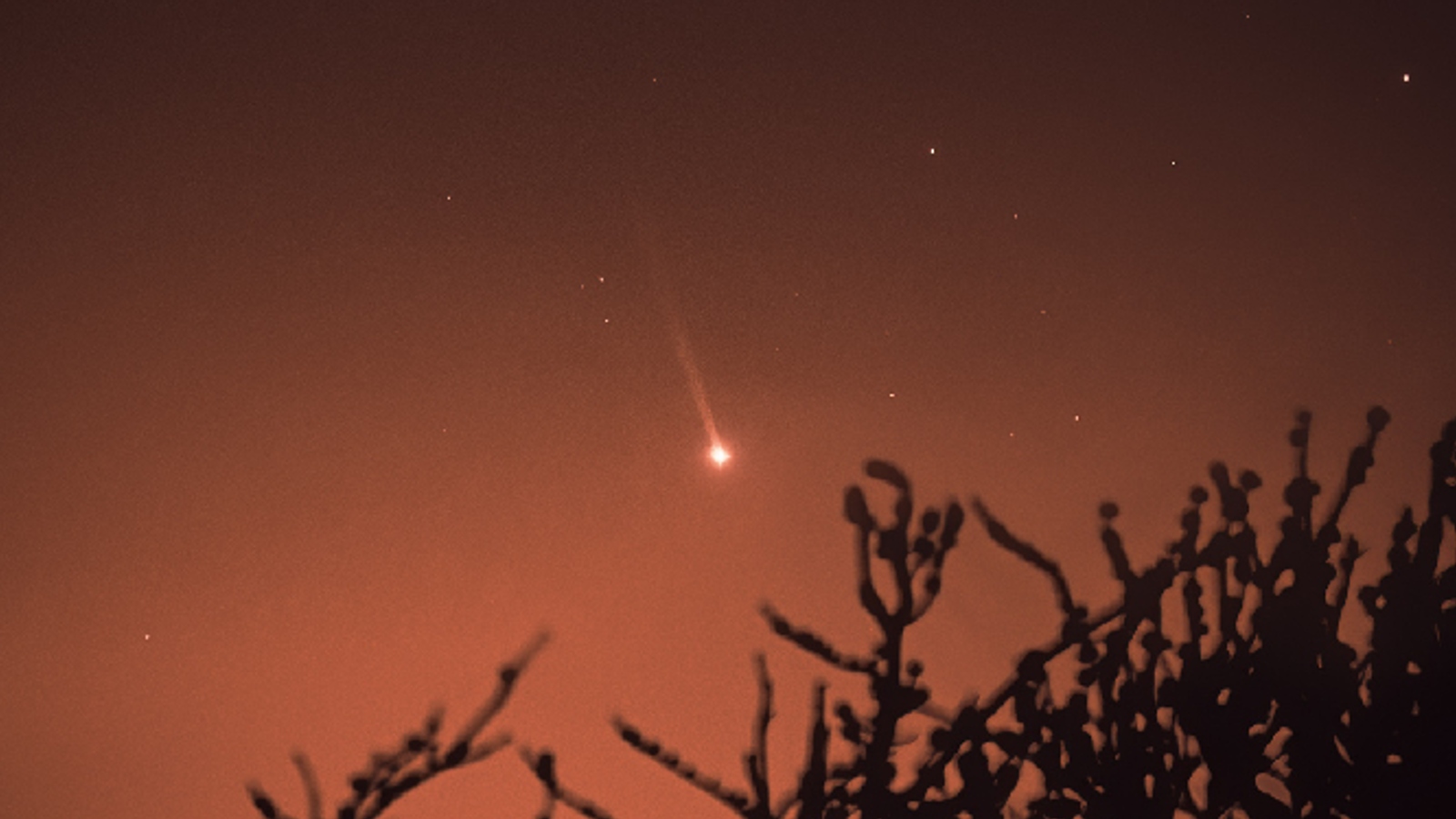
See Mercury's giant, comet-like tail in stunning new image as it passes close to the sun
By Harry Baker Published
-
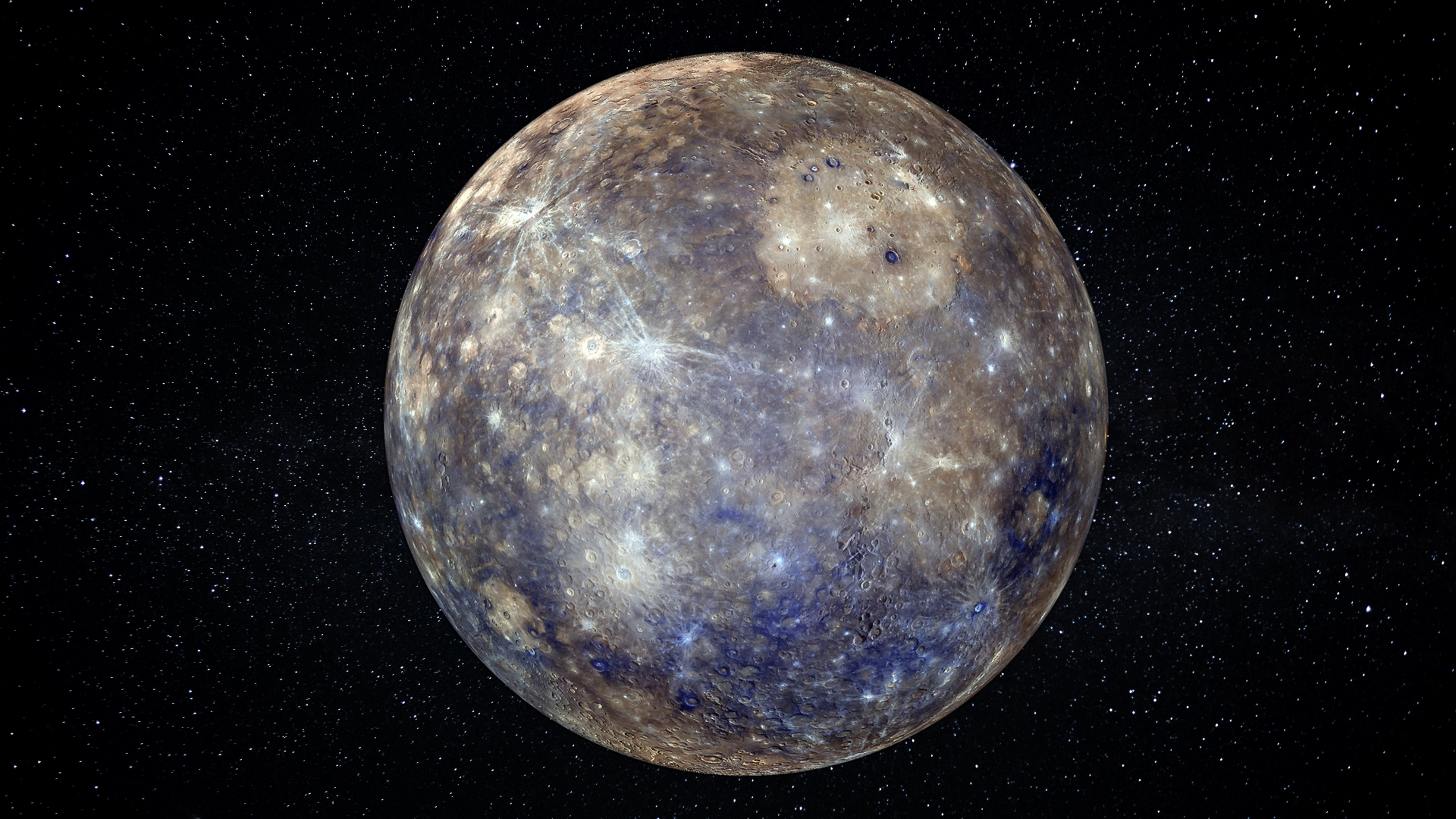
Mercury: Facts about the smallest planet
By Patrick Pester Published
-
Neptune
-
-
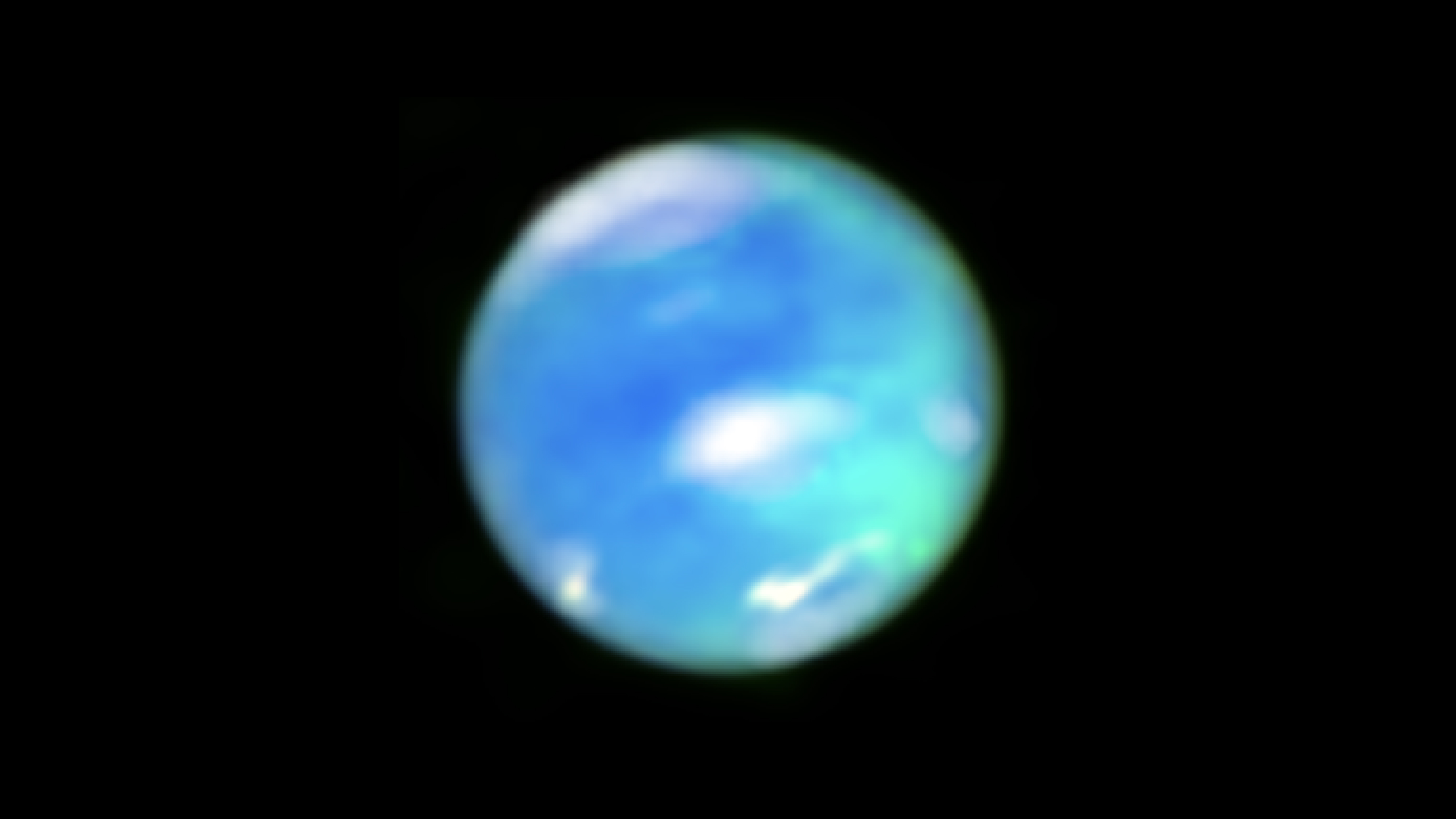
James Webb telescope captures auroras on Neptune for first time ever
By Skyler Ware Published
-
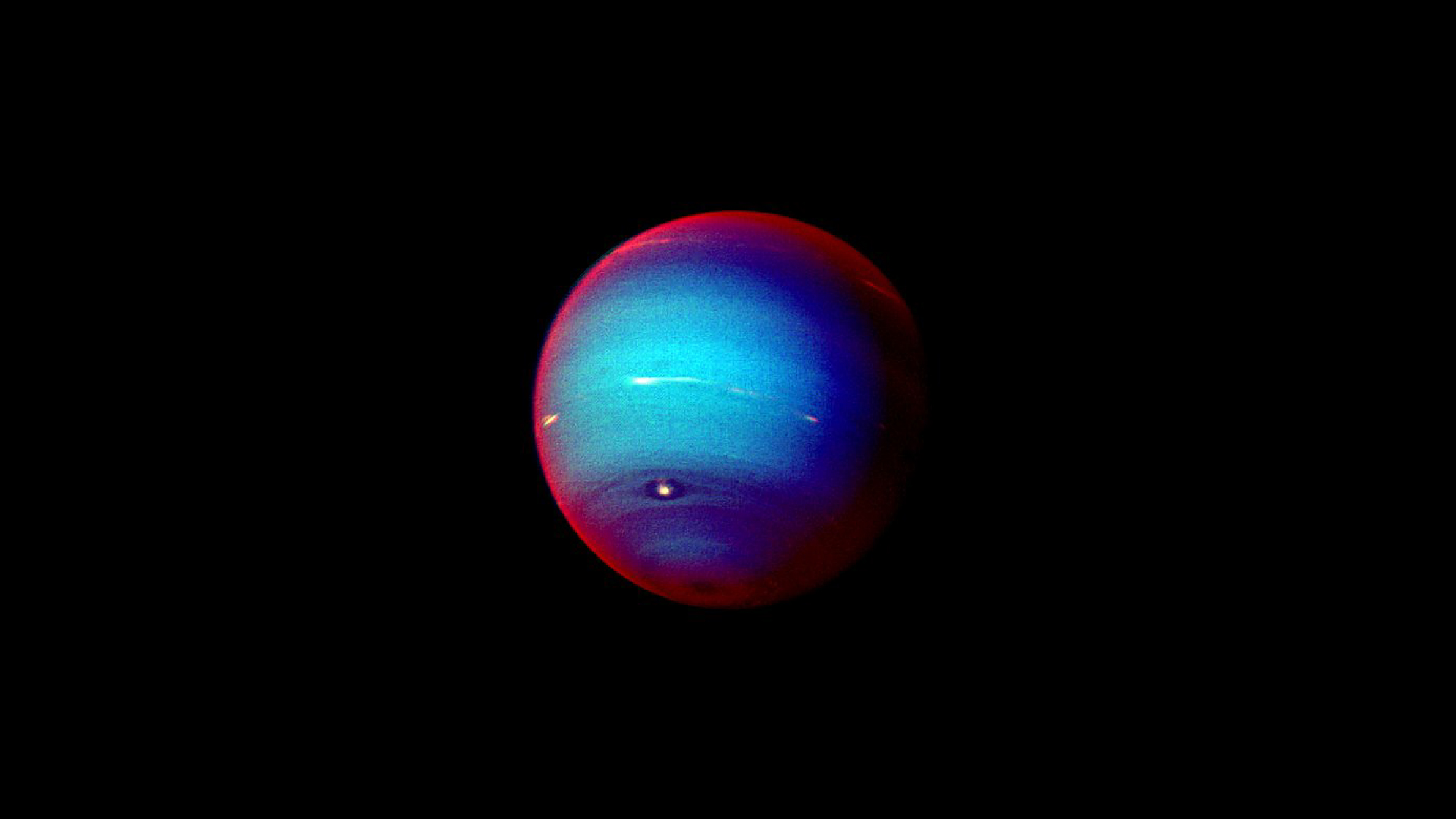
Space photo of the week: 1st-ever close-up of Neptune is Voyager 2's final portrait of a planet
By Jamie Carter Published
-
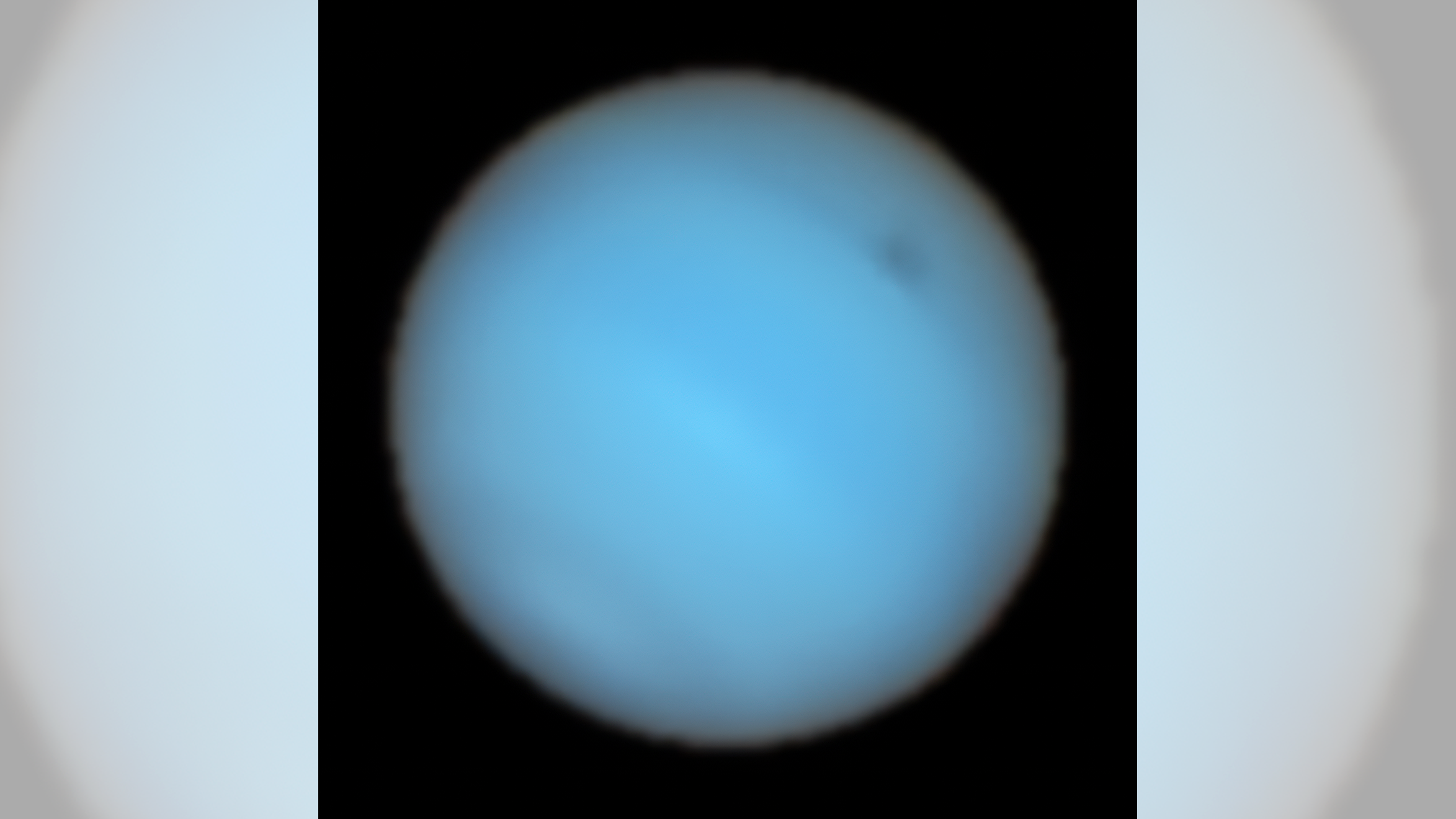
Neptune keeps growing enormous dark and bright spots, and scientists don't know why
By Robert Lea Published
-
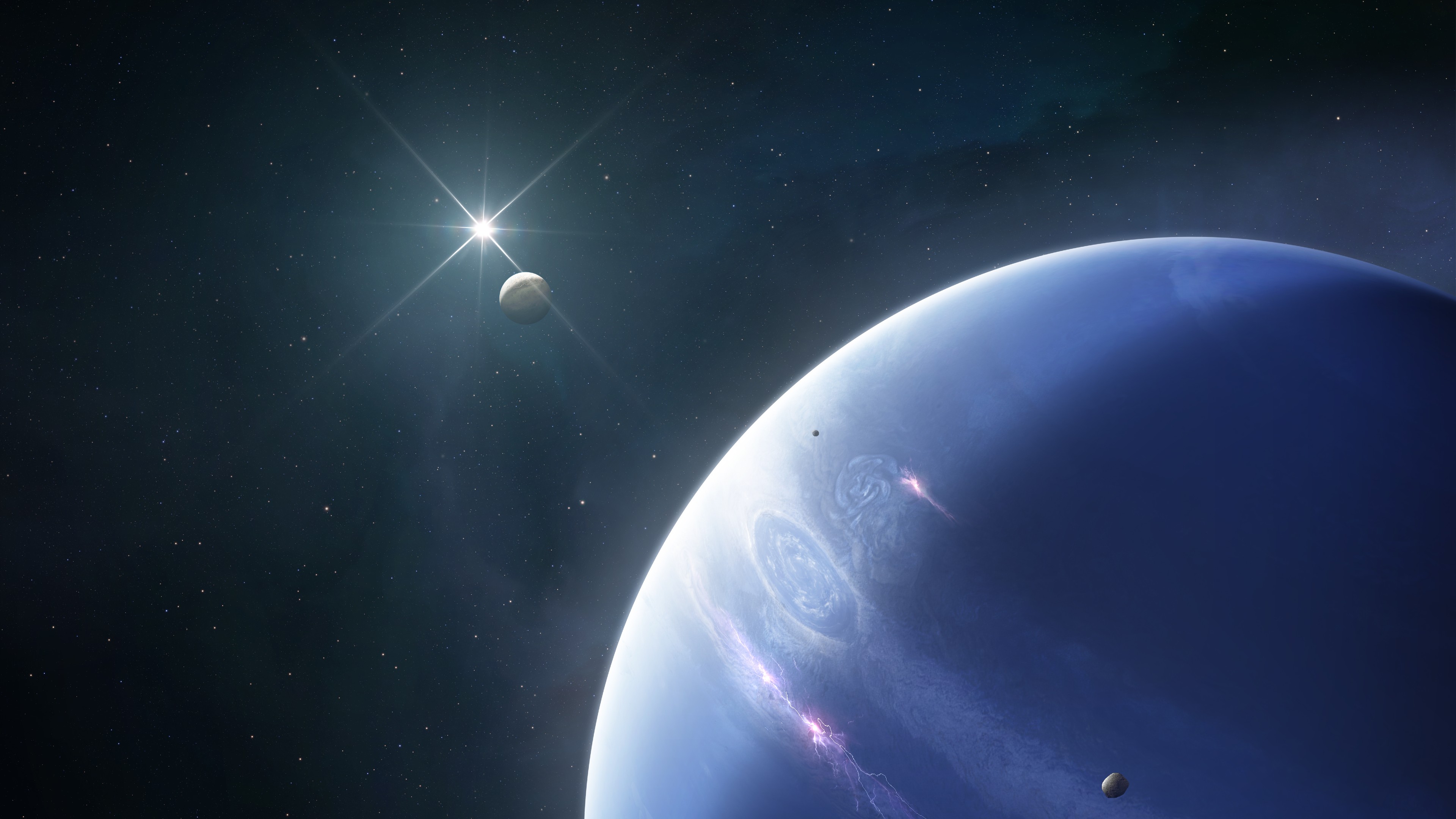
All of Neptune's clouds have mysteriously disappeared, and the sun may be to blame
By Ben Turner Published
-
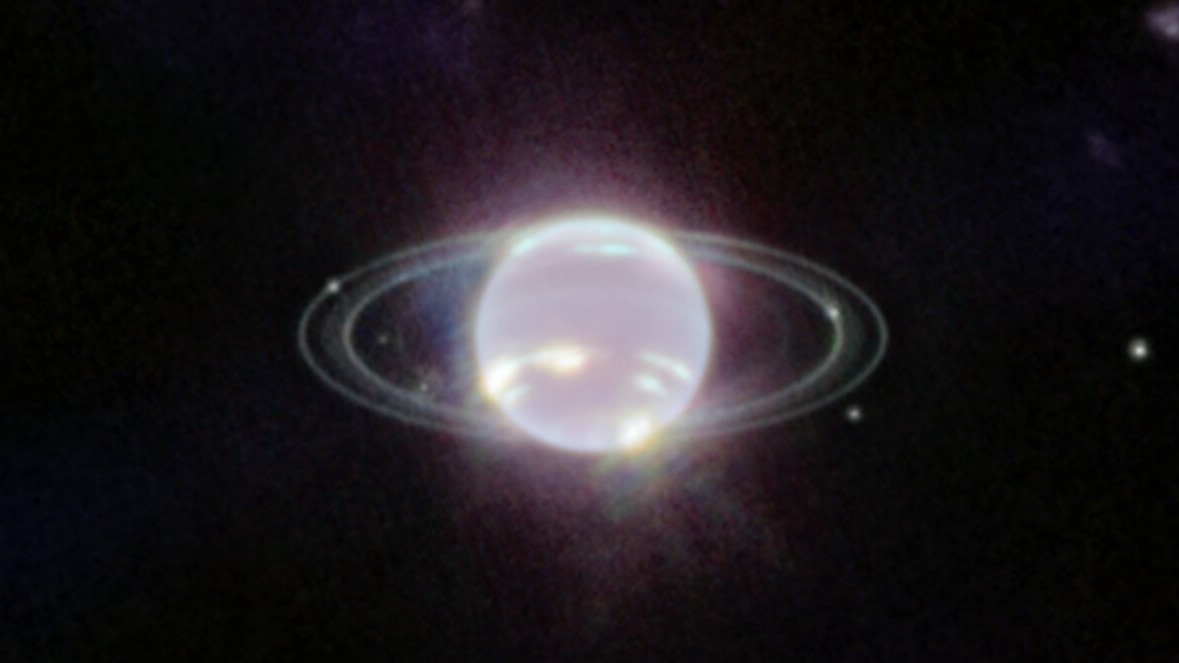
Ghostly rings of Neptune shine in new James Webb Telescope images
By Brandon Specktor Published
-
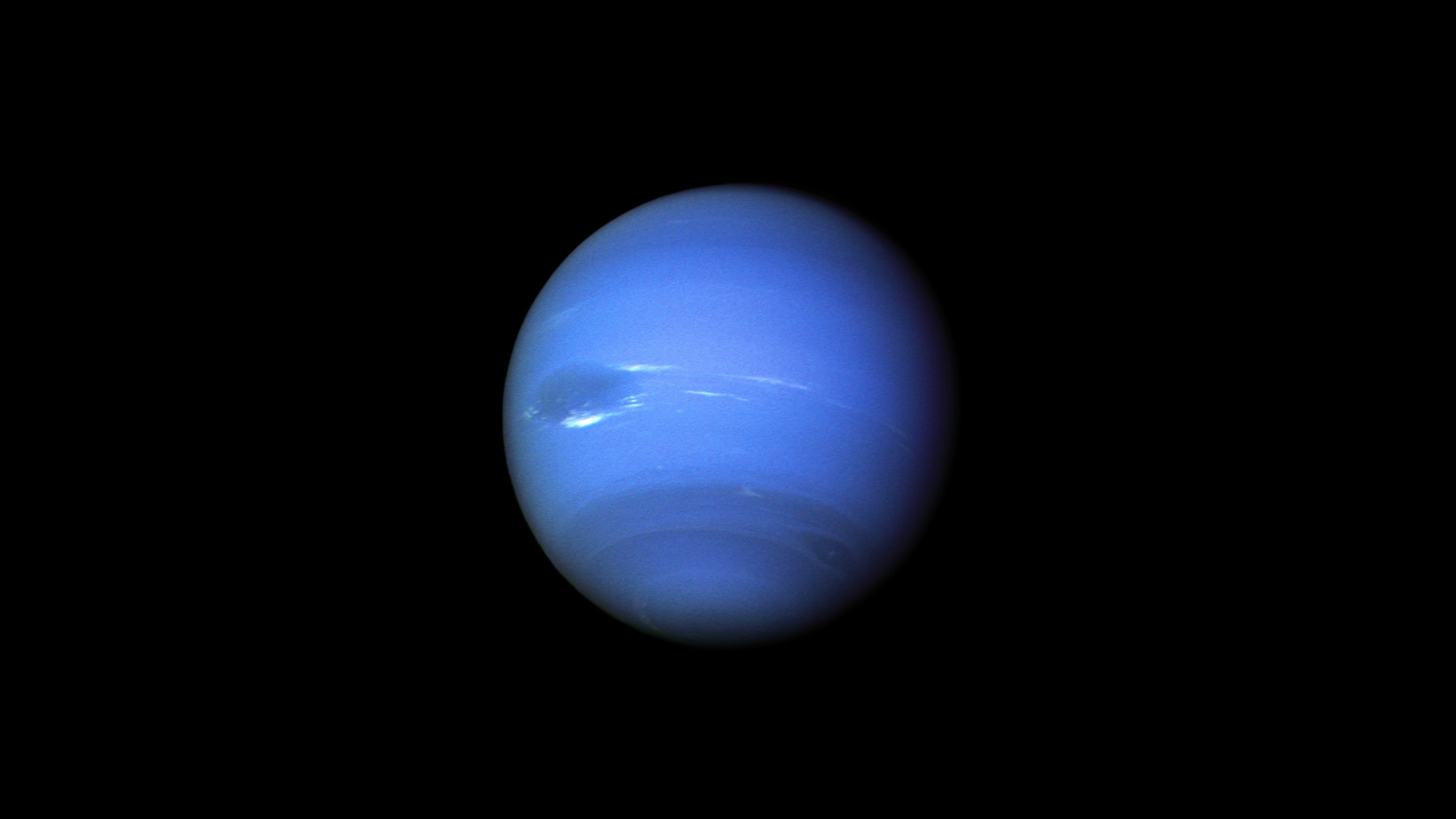
Neptune: The farthest planet from our sun
By Patrick Pester Published
-

Astronomers perplexed by plummeting temperatures in Neptune's atmosphere
By Harry Baker Published
-
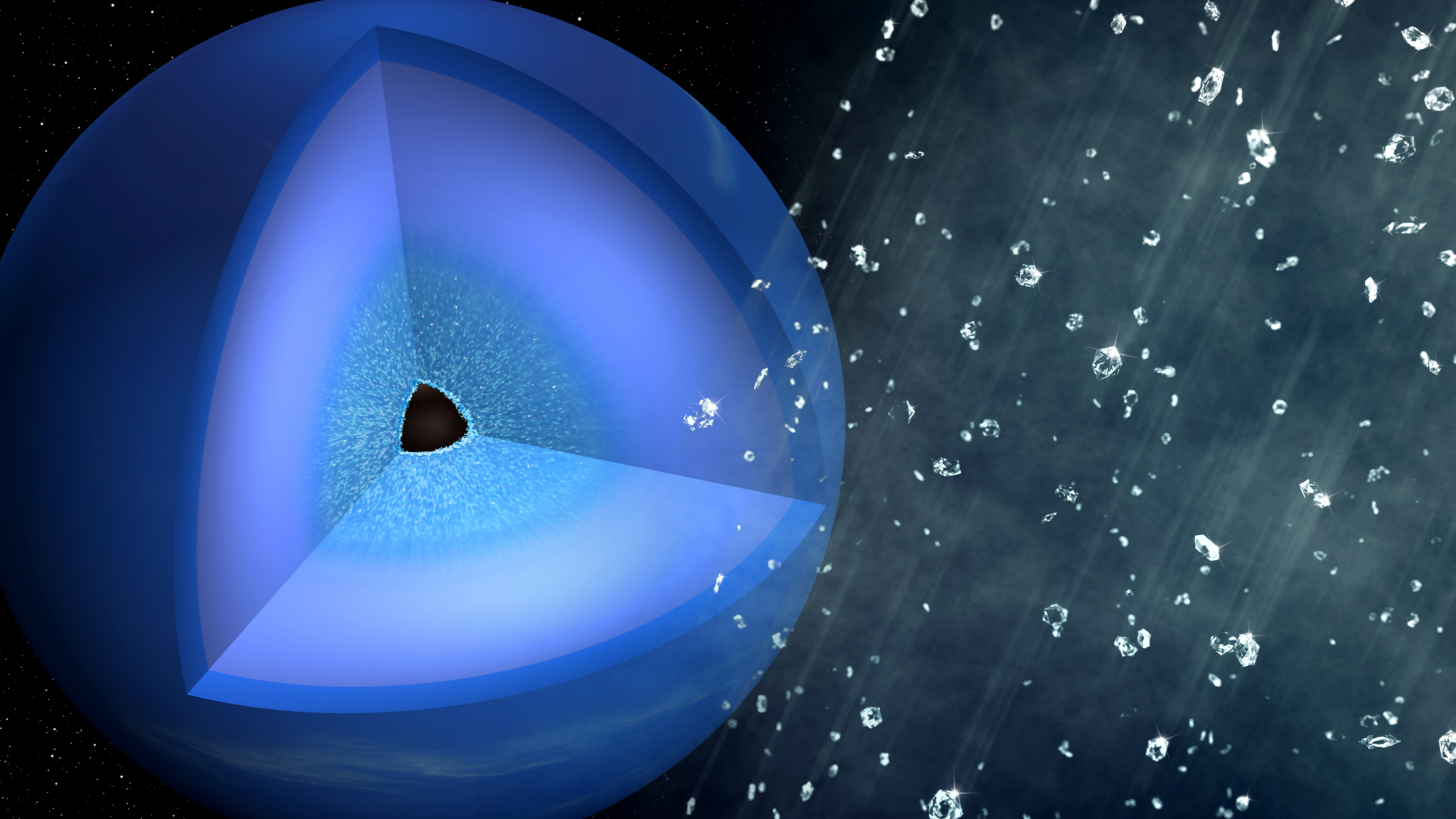
'Diamond rain' on Uranus and Neptune seems likely
By Paul Sutter Published
-

Scientists probe the weird, alien water inside of Uranus and Neptune
By Chelsea Gohd Published
-
Pluto
-
-
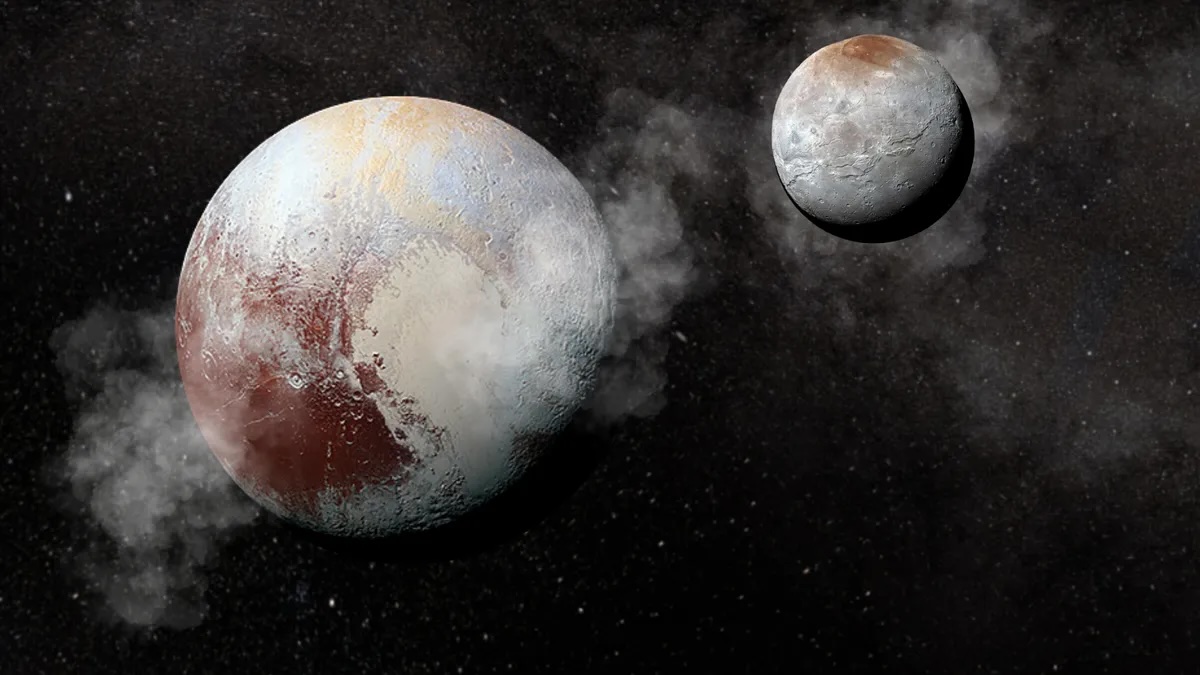
How Pluto captured its largest moon Charon with a 10-hour icy 'kiss'
By Robert Lea Published
-
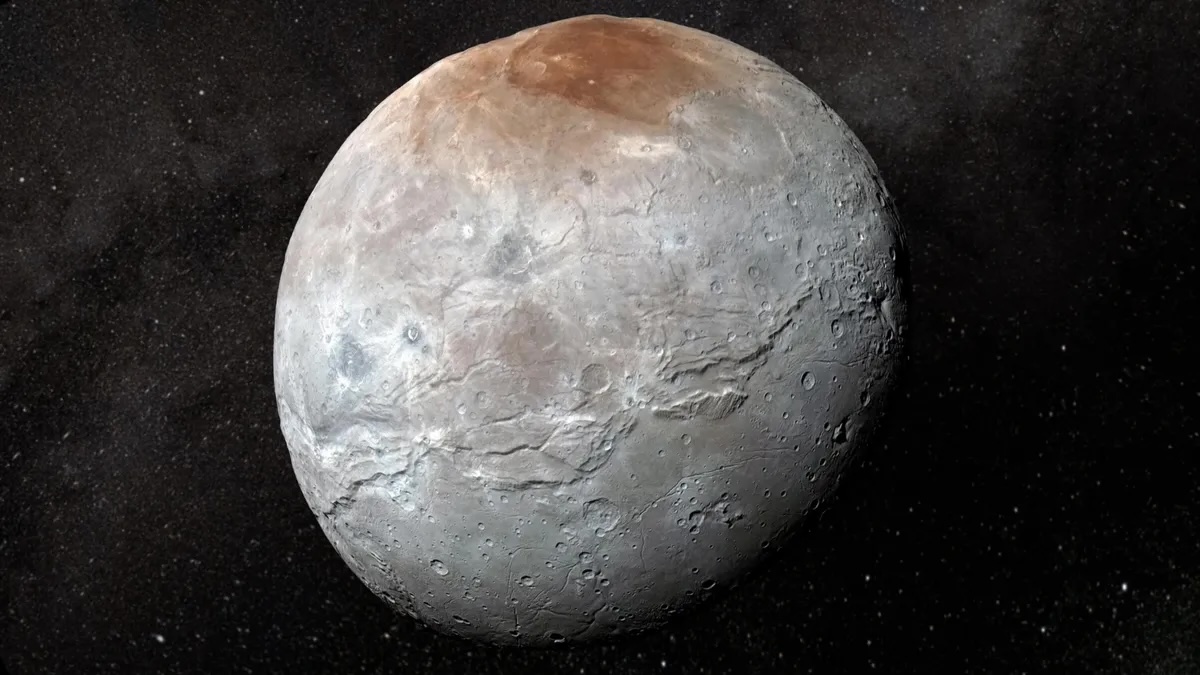
James Webb Space Telescope deciphers the origins of Pluto's icy moon Charon
By Robert Lea Published
-
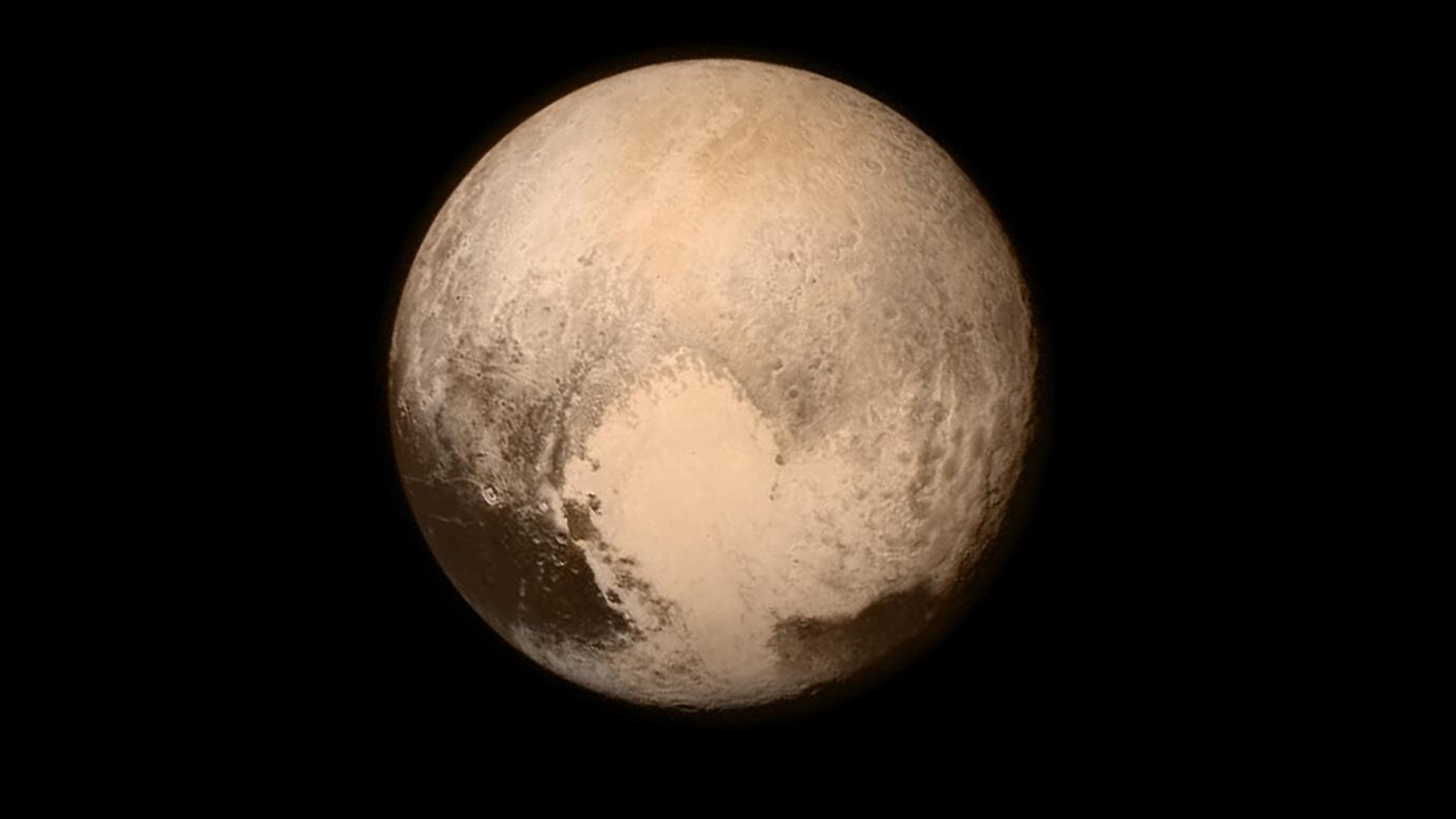
Pluto's huge white 'heart' has a surprisingly violent origin, new study suggests
By Stephanie Pappas Published
-
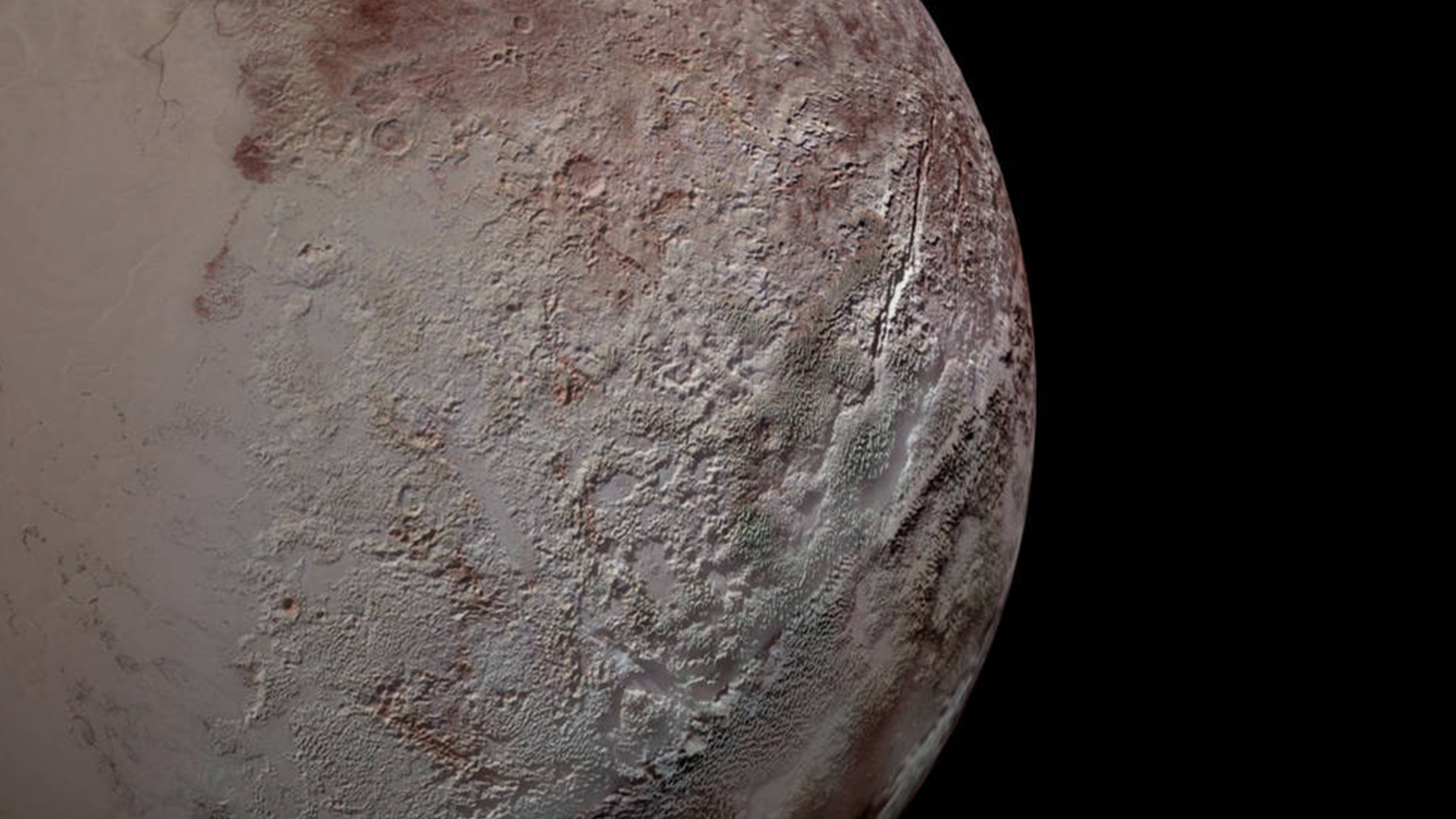
Pluto may have an ice-spewing 'supervolcano' the size of Yellowstone, New Horizons data reveals
By Briley Lewis Published
-
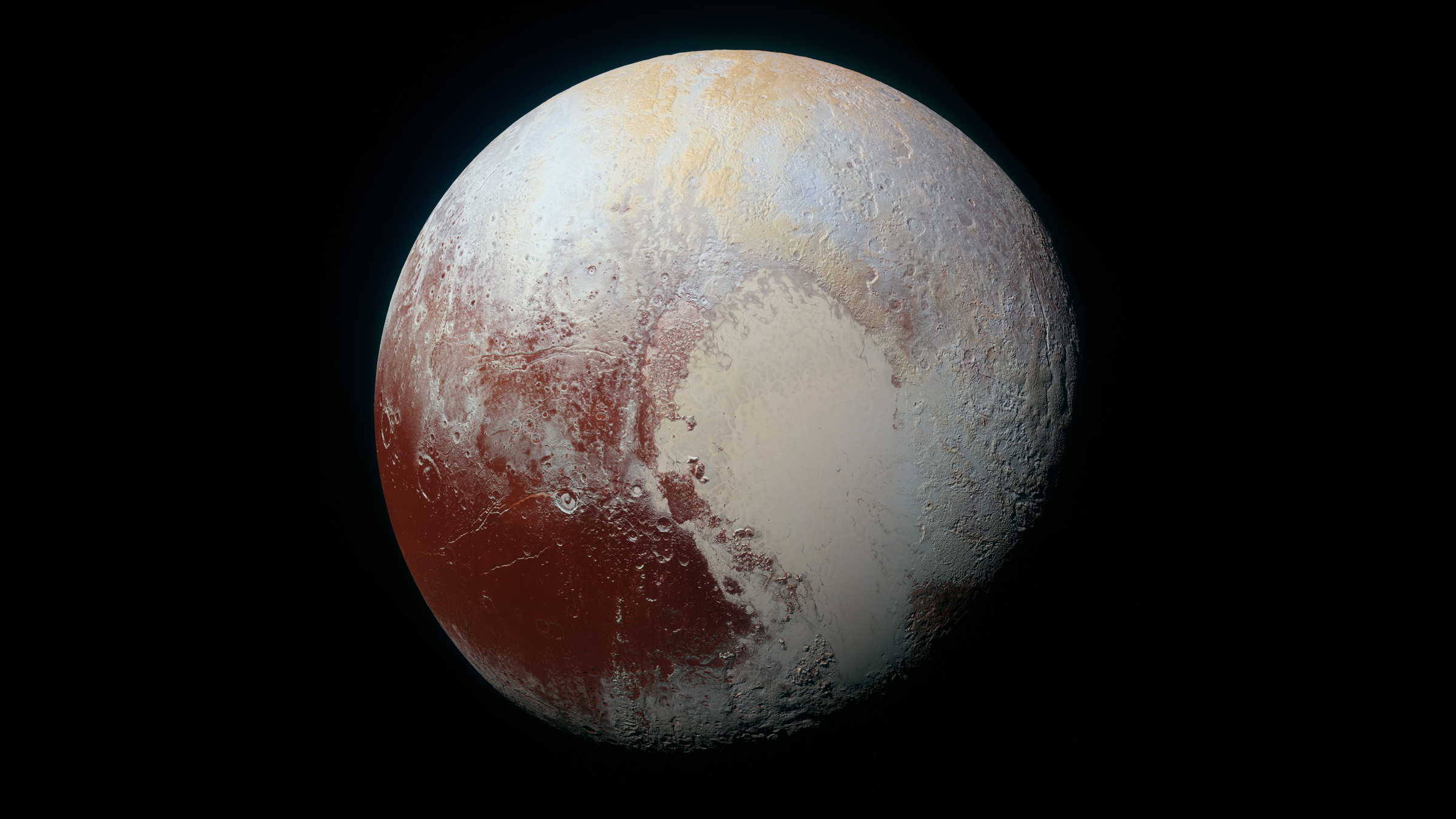
When will Pluto complete its first orbit since its discovery?
By Elizabeth Howell Published
-
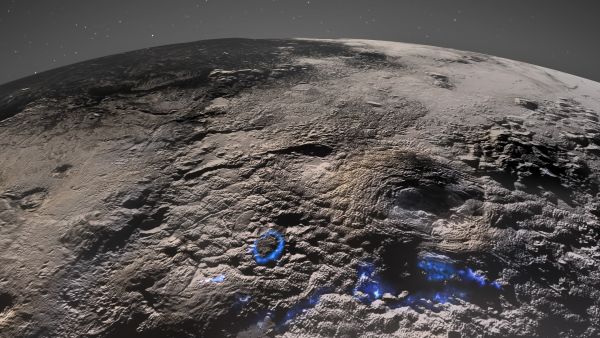
Ice volcanoes on Pluto may still be erupting
By Rebecca Sohn Published
-
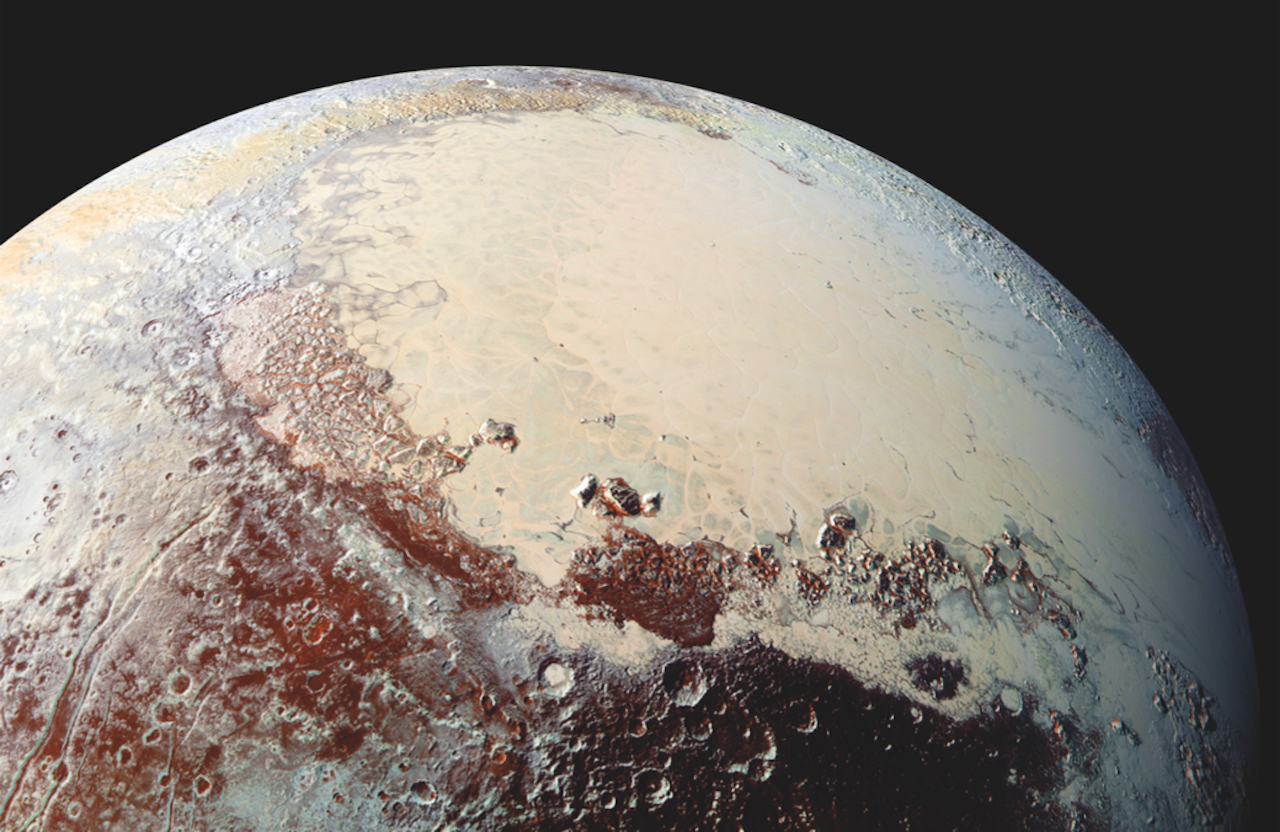
Pluto's atmosphere is starting to disappear
By Chelsea Gohd Published
-
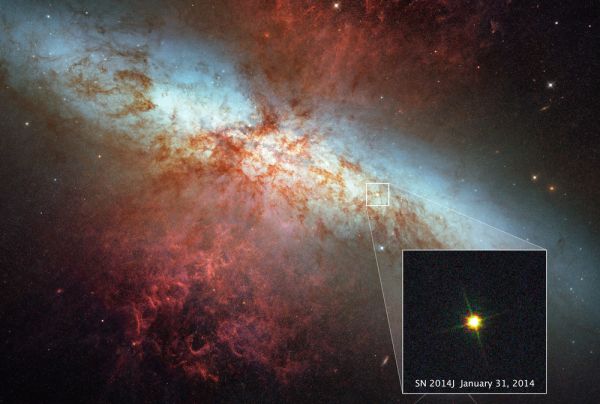
Rare plutonium from space found in deep-sea crust
By Stephanie Pappas Published
-
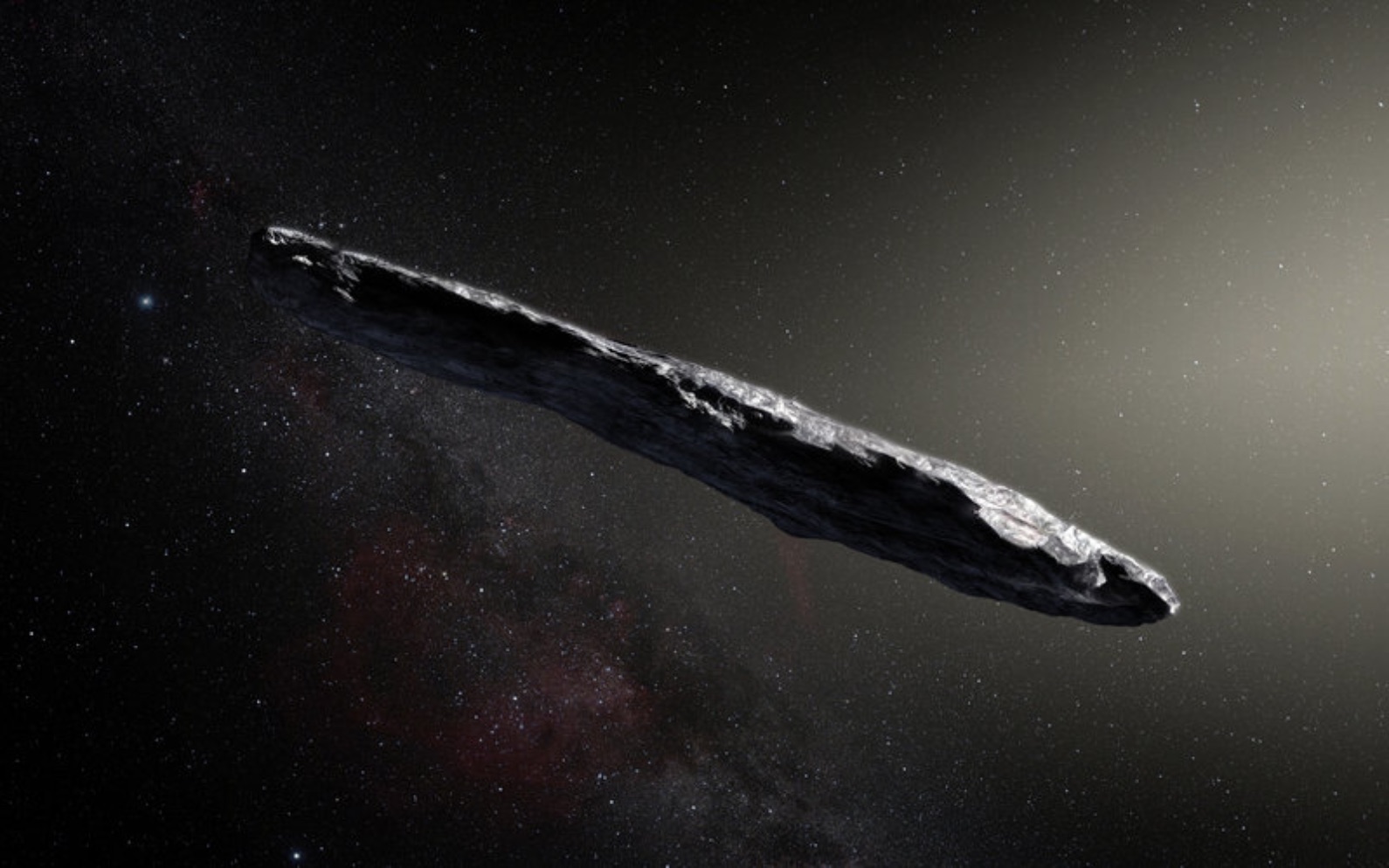
Interstellar visitor 'Oumuamua came from an 'alien Pluto,' new study suggests
By Rafi Letzter Published
-
Saturn
-
-
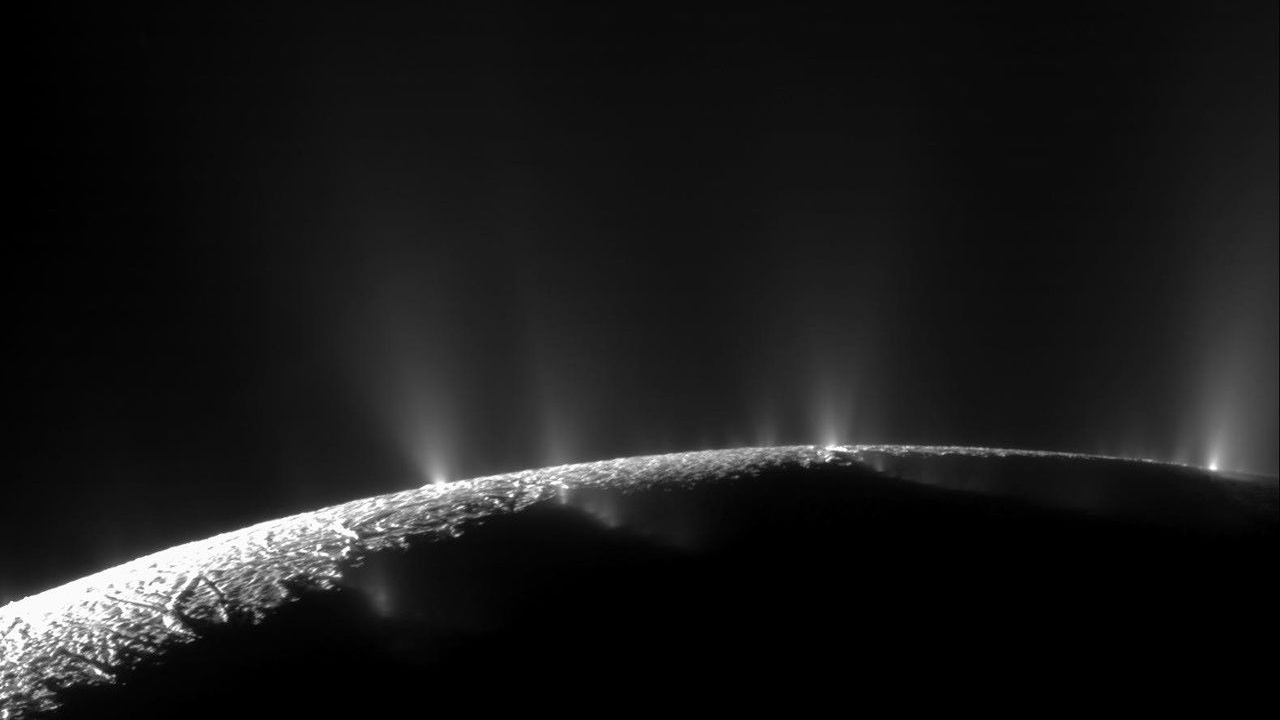
There's a weird, disappearing dark spot on Saturn's moon Enceladus
By Monisha Ravisetti Published
-
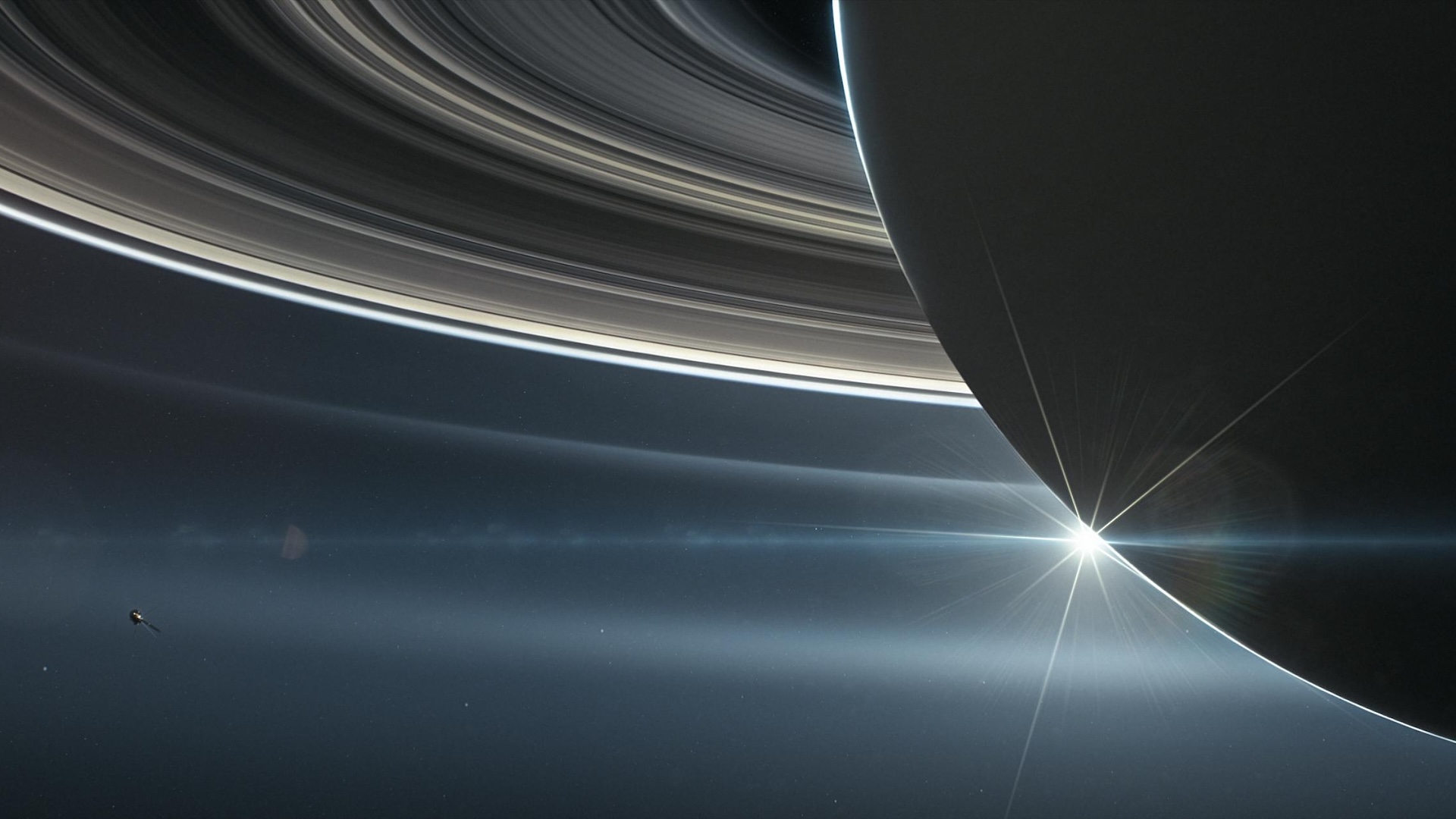
We might have been completely wrong about the origin of Saturn's rings, new study claims
By Patrick Pester Published
-
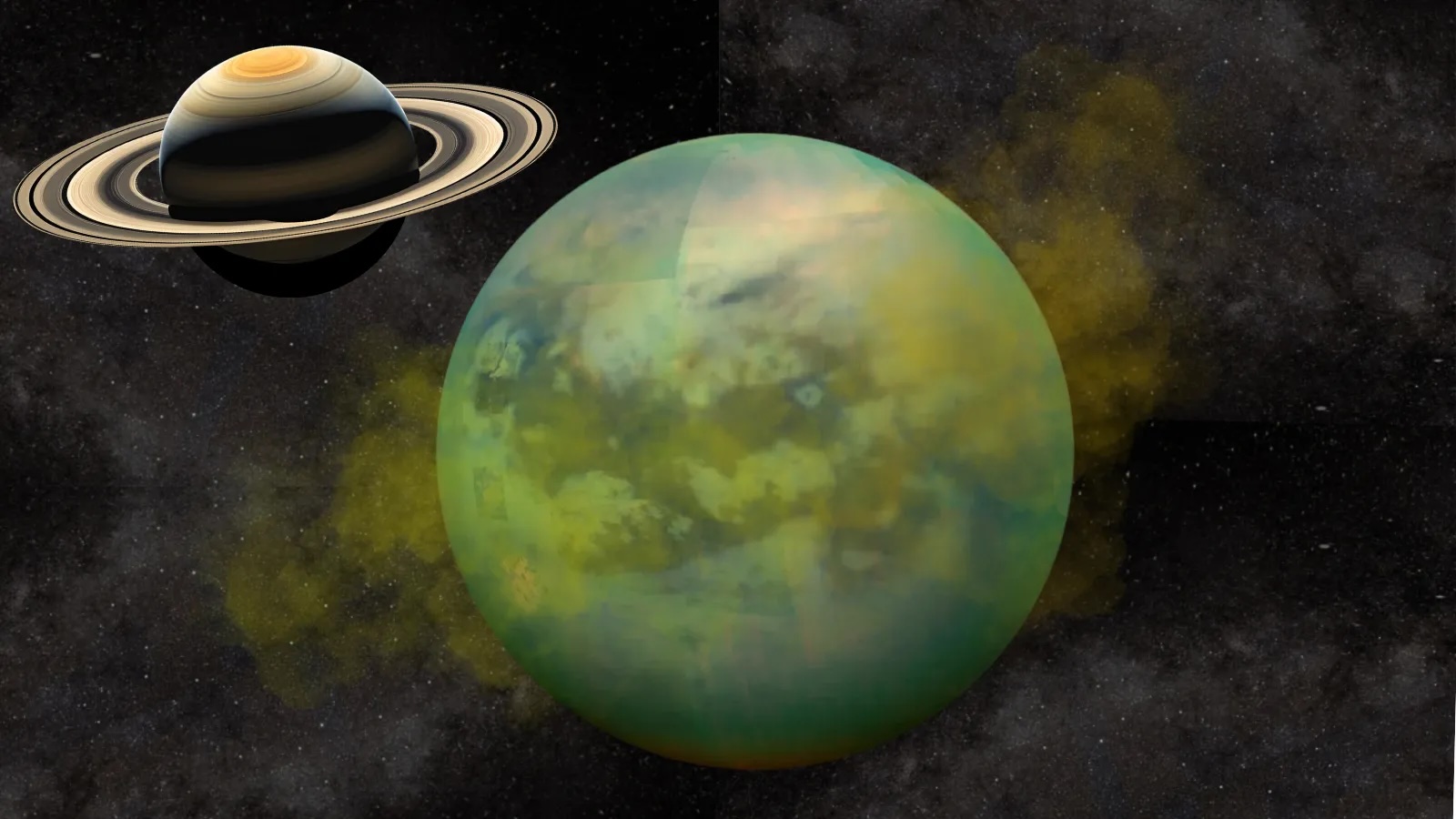
Saturn's moon Titan may have a 6-mile-thick crust of methane ice — could life be under there?
By Robert Lea Published
-
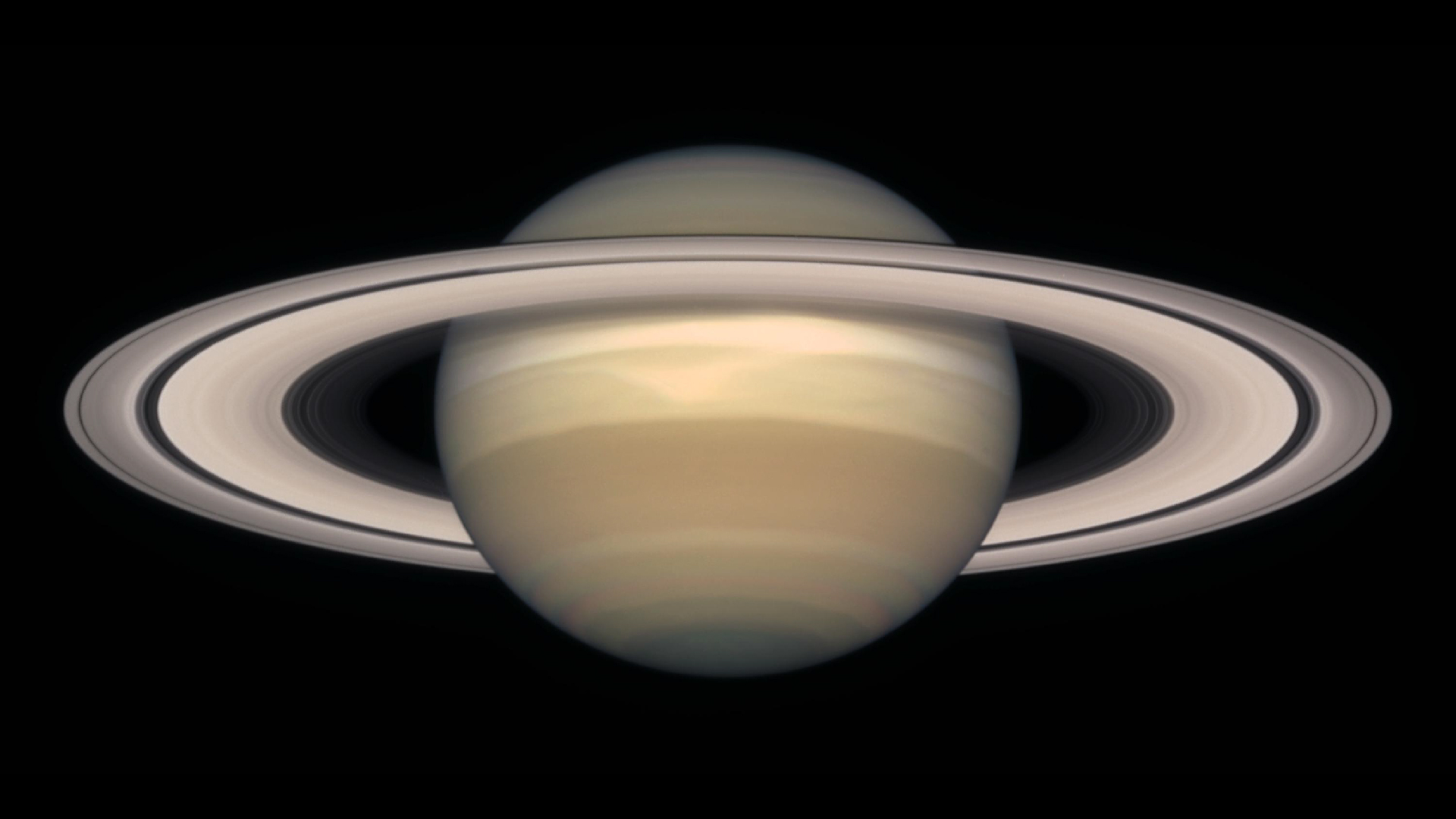
Saturn at opposition: How to see the ringed planet at its biggest and brightest this week
By Gretchen Rundorff Published
-
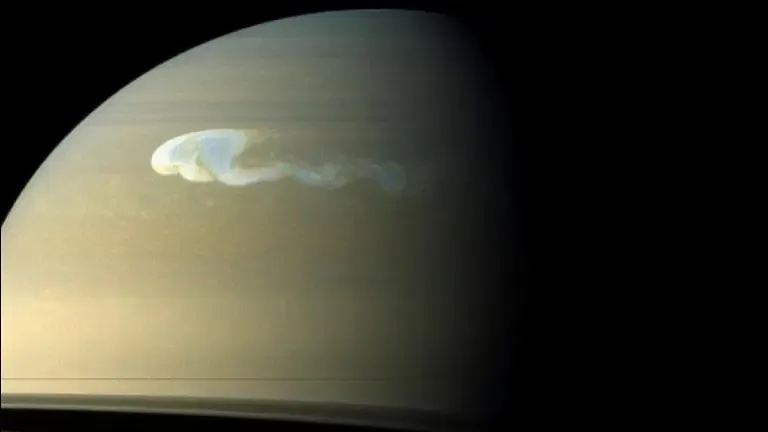
Saturn's planet-wide storms driven by seasonal heating, Cassini probe reveals
By Sharmila Kuthunur Published
-
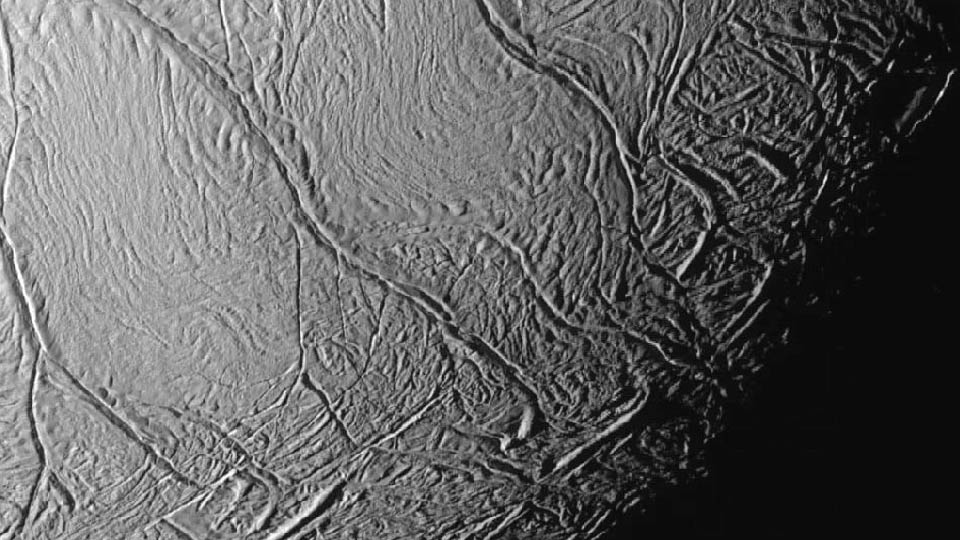
Enormous 'San Andreas fault' on Saturn's moon could help reveal signs of alien life
By Robert Lea Published
-
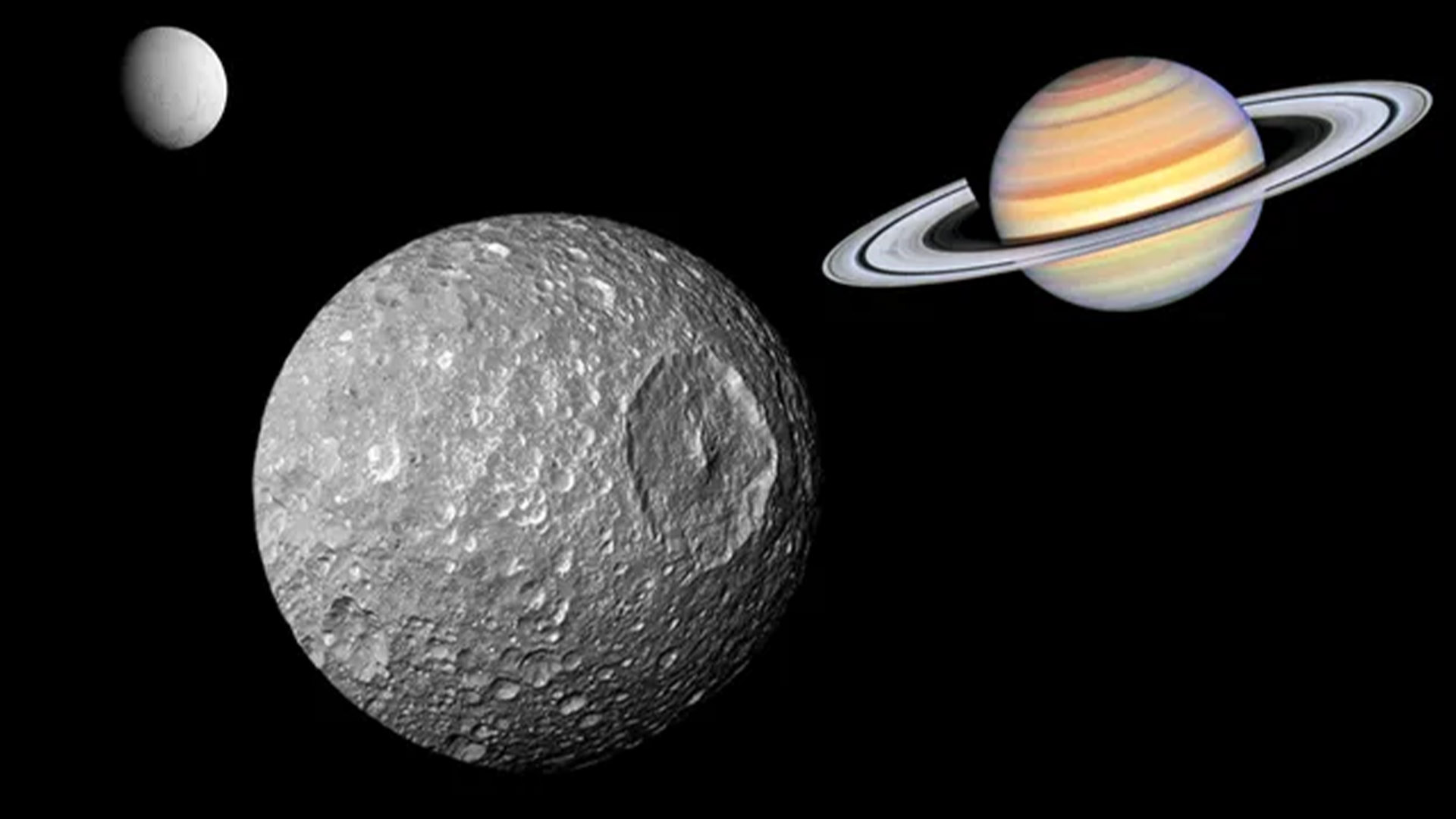
Saturn's 'Death Star' moon Mimas may have an underground ocean scientists never believed could exist
By Robert Lea Published
-
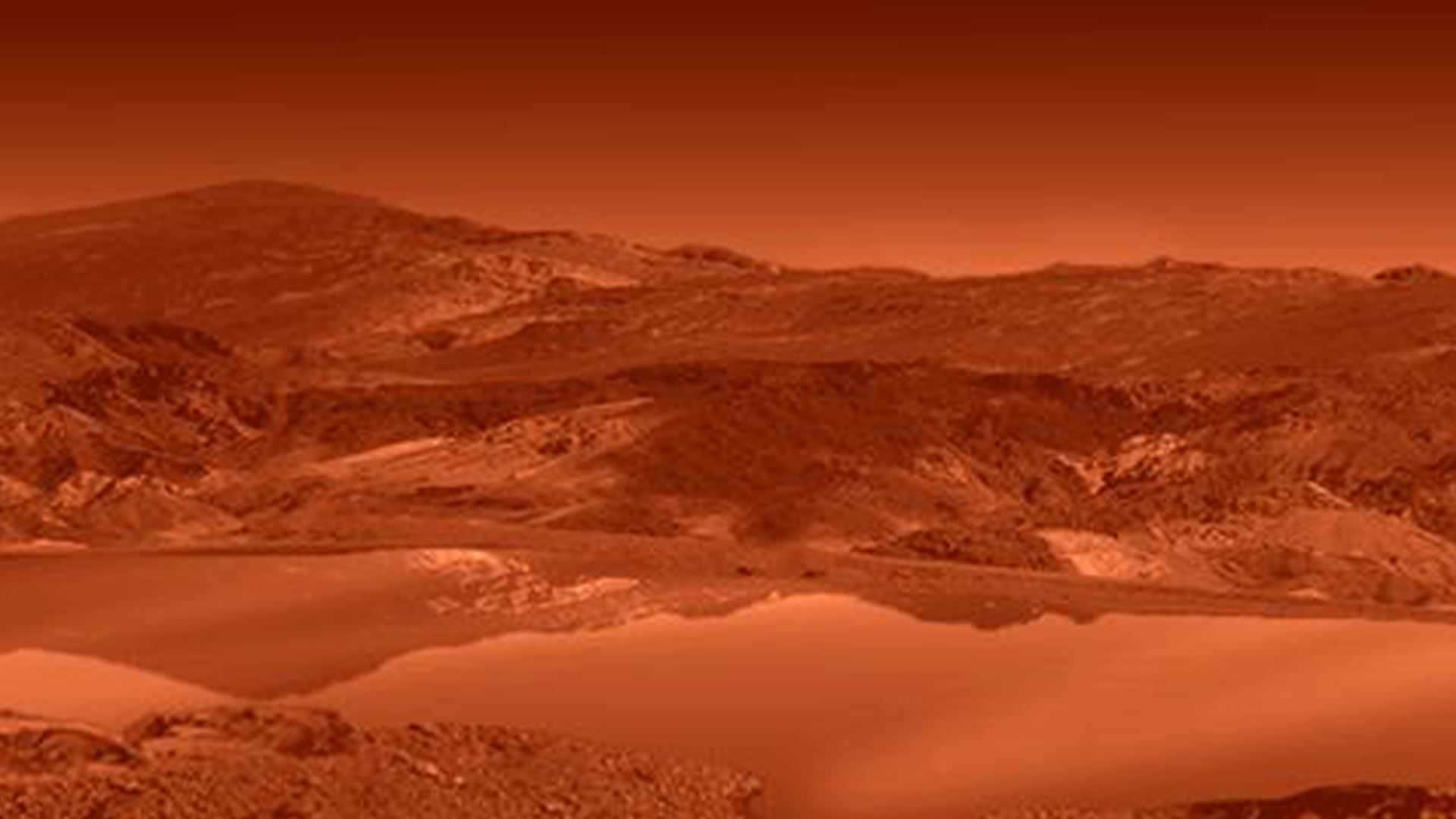
Mysterious 'magic' islands that come and go on Saturn's moon Titan finally have an explanation
By Briley Lewis Published
-
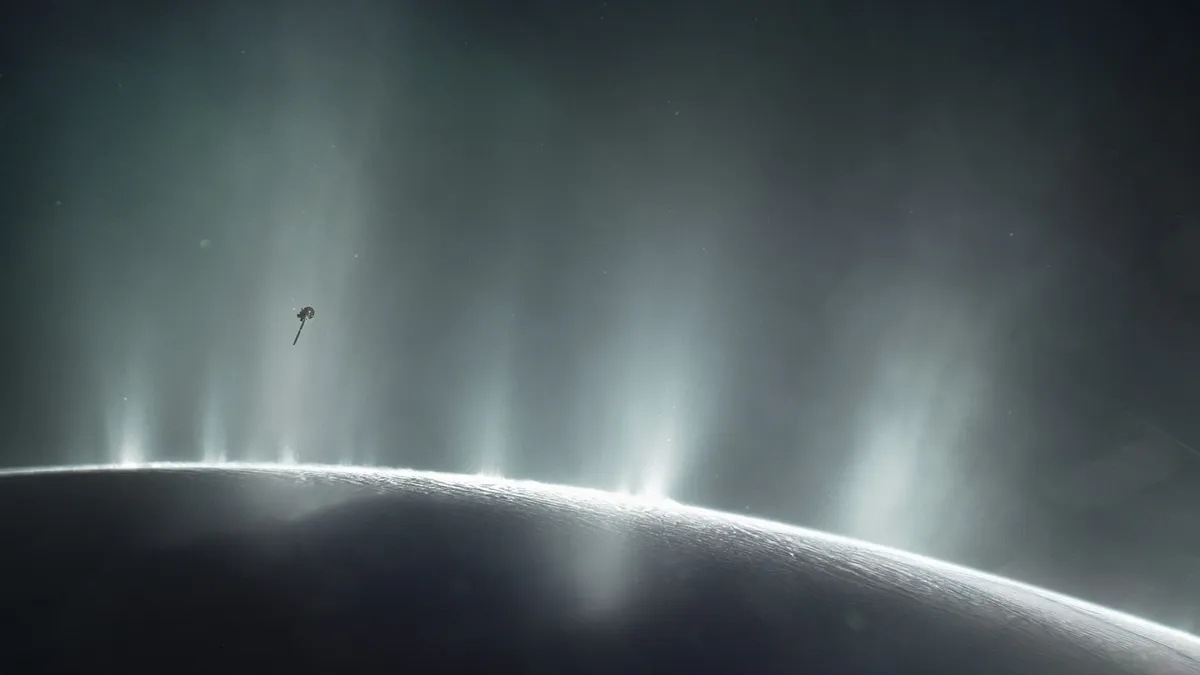
NASA finds key ingredient for life gushing out of Saturn's icy moon Enceladus
By Joanna Thompson Published
-
Uranus
-
-

Scientists finally know how long a day on Uranus is
By Skyler Ware Published
-
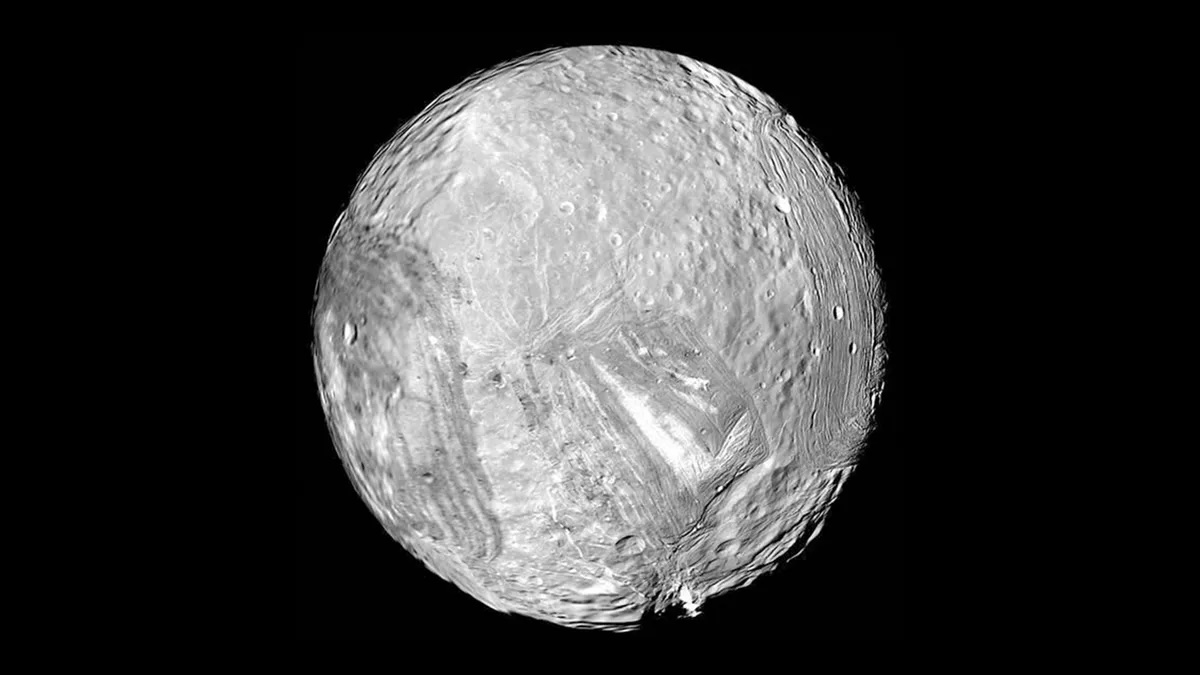
Icy moon of Uranus may have once hid watery secret, Voyager 2 archives reveal
By Conor Feehly Published
-
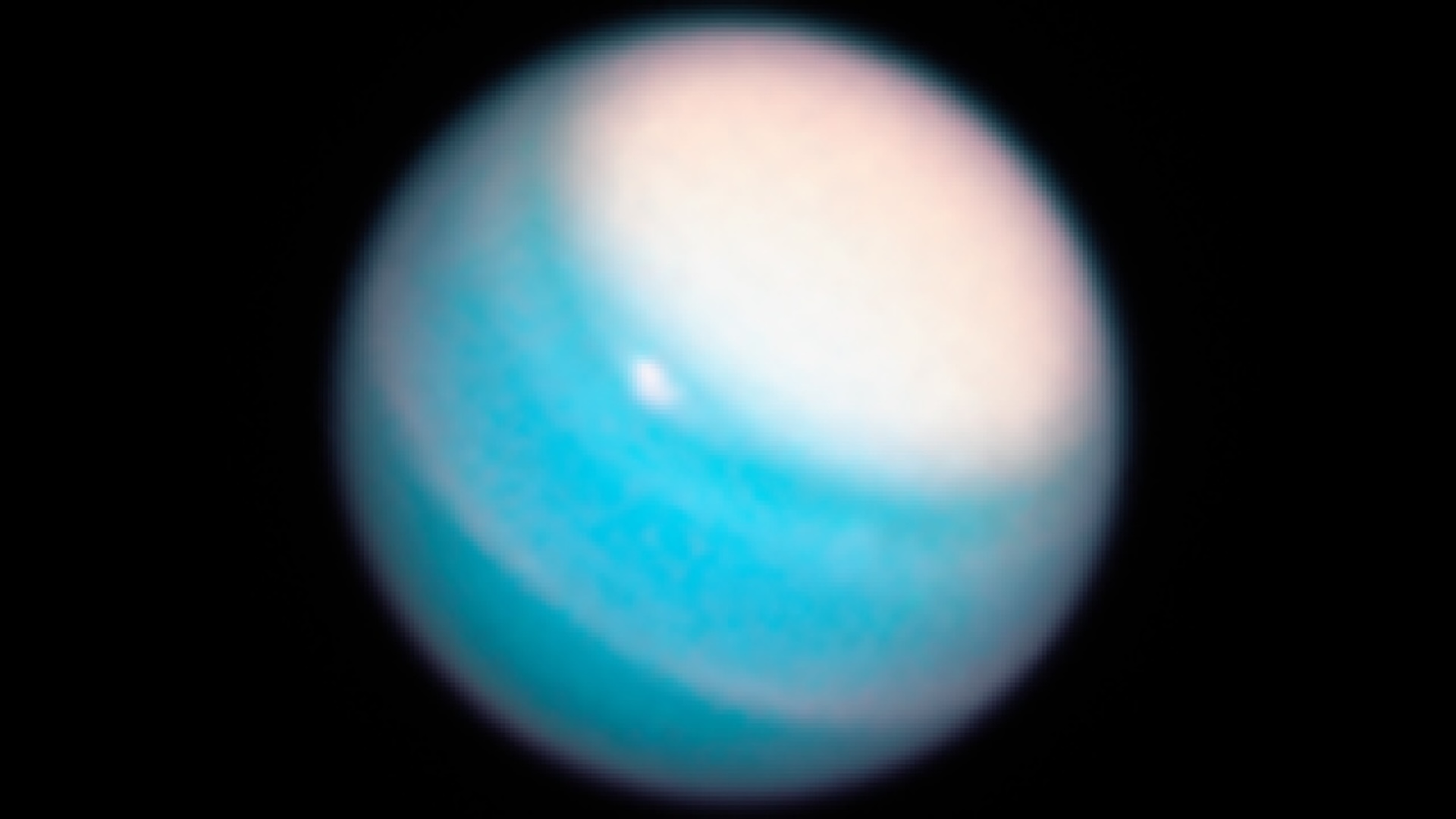
Scientists finally know why ultraviolent superstorms flare up on Uranus and Neptune
By Paul Sutter Published
-
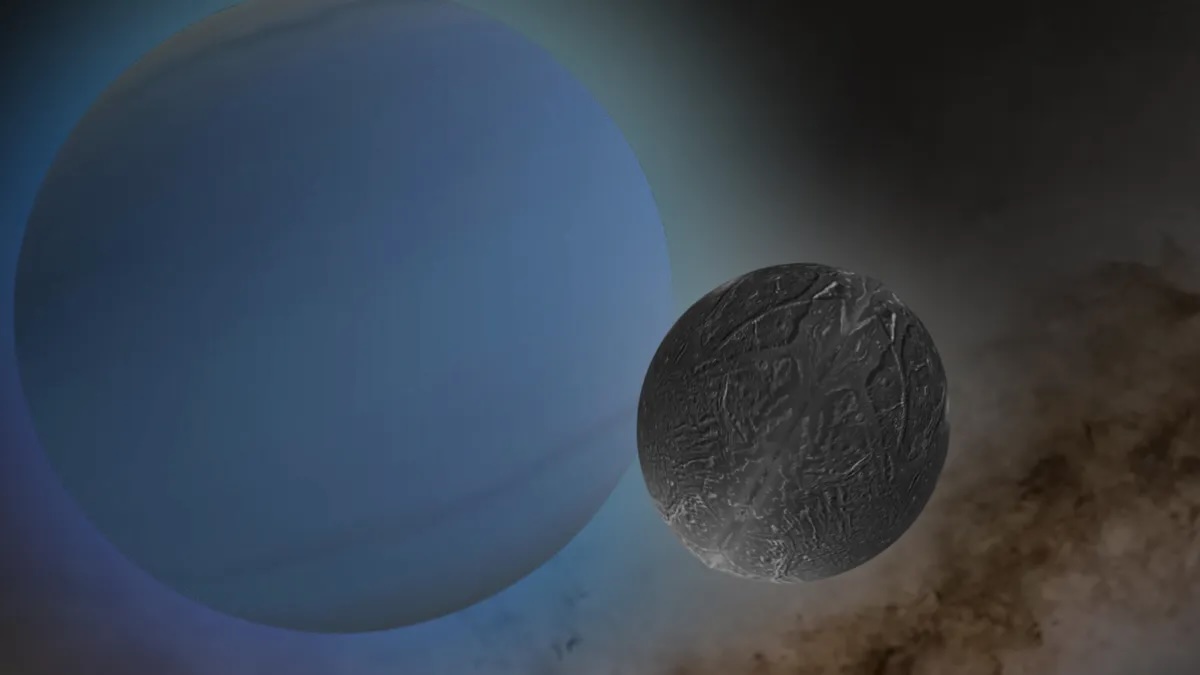
A moon of Uranus could have a hidden ocean, James Webb Space Telescope finds
By Robert Lea Published
-
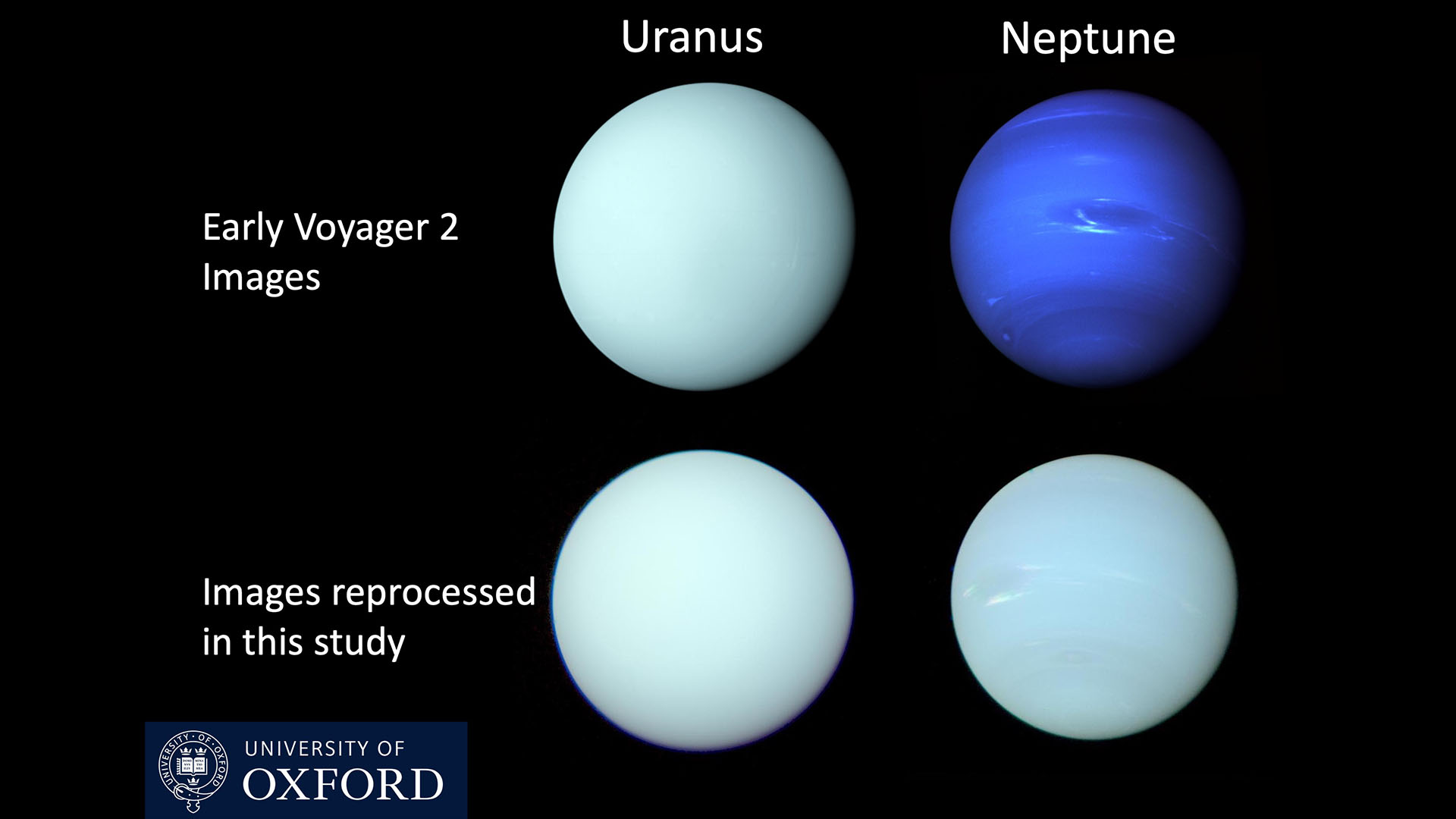
Neptune isn't as blue as you think, and these new images of the planet prove it
By Robert Lea Published
-
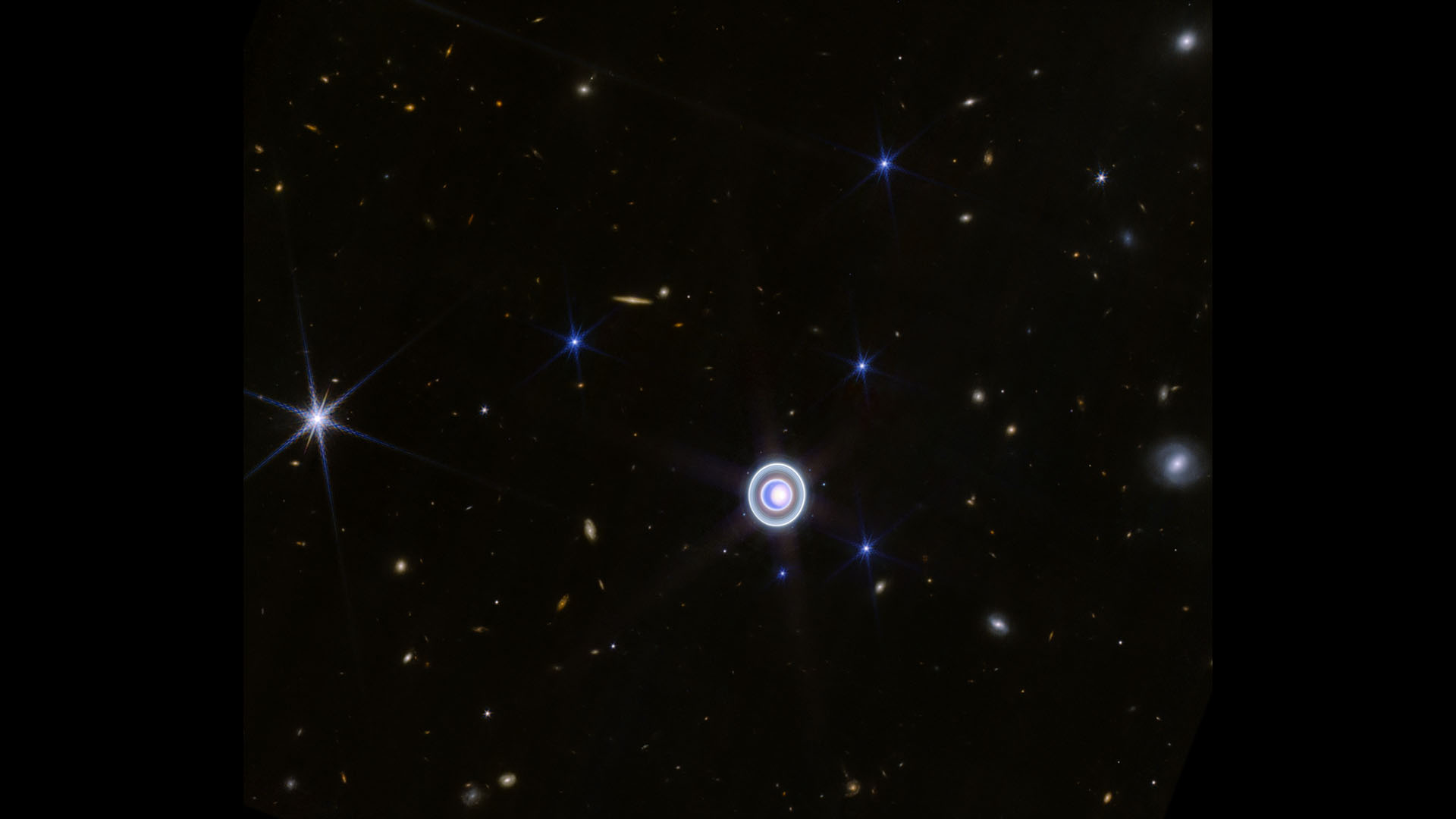
Space photo of the week: Uranus 'rings' in the New Year in stunning James Webb telescope image
By Jamie Carter Published
-
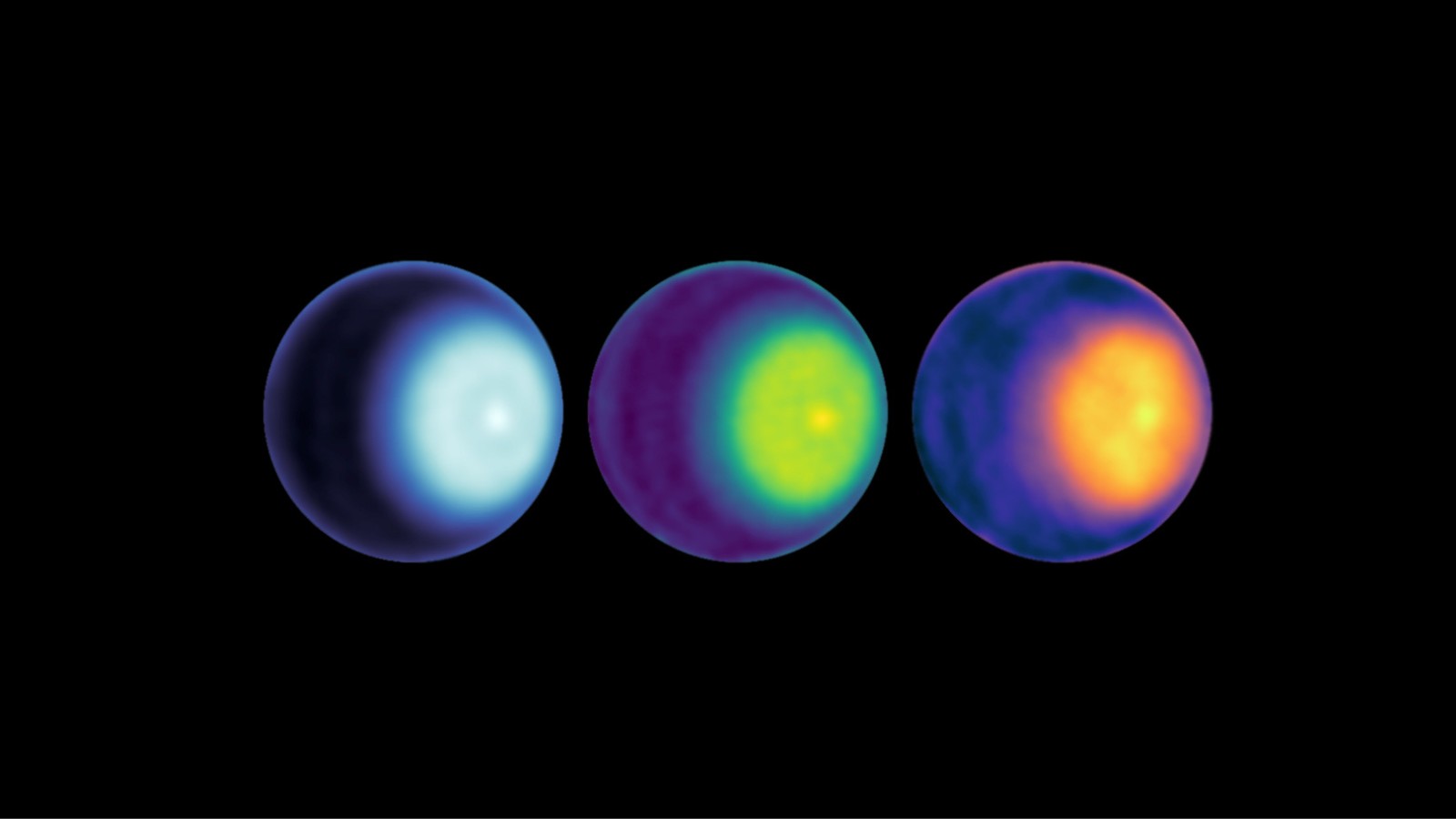
Raging 'polar vortex' discovered over Uranus' north pole for 1st time
By Keith Cooper Published
-
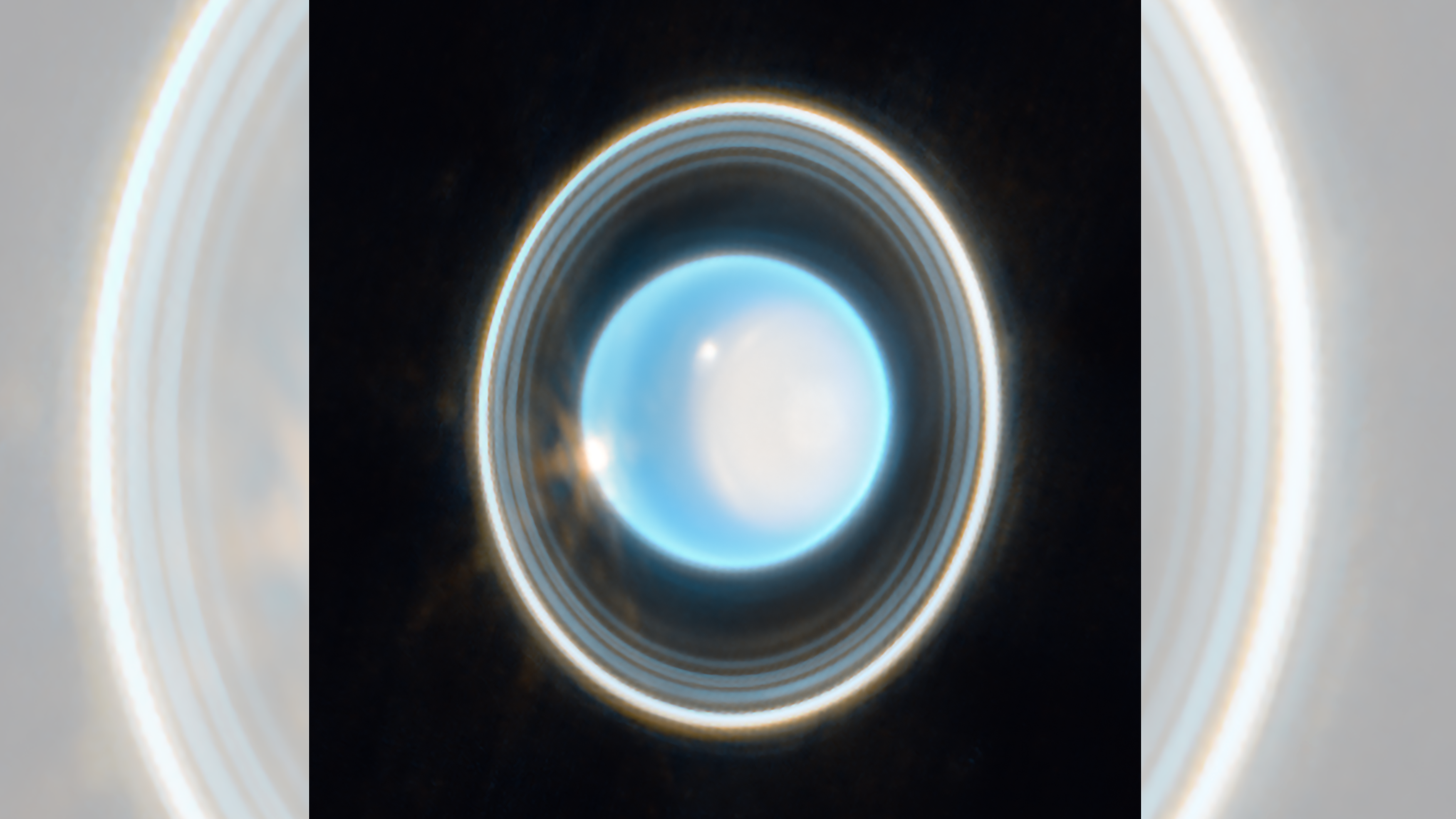
4 of Uranus' biggest moons have secret, underground oceans, new study suggests
By Stephanie Pappas Published
-
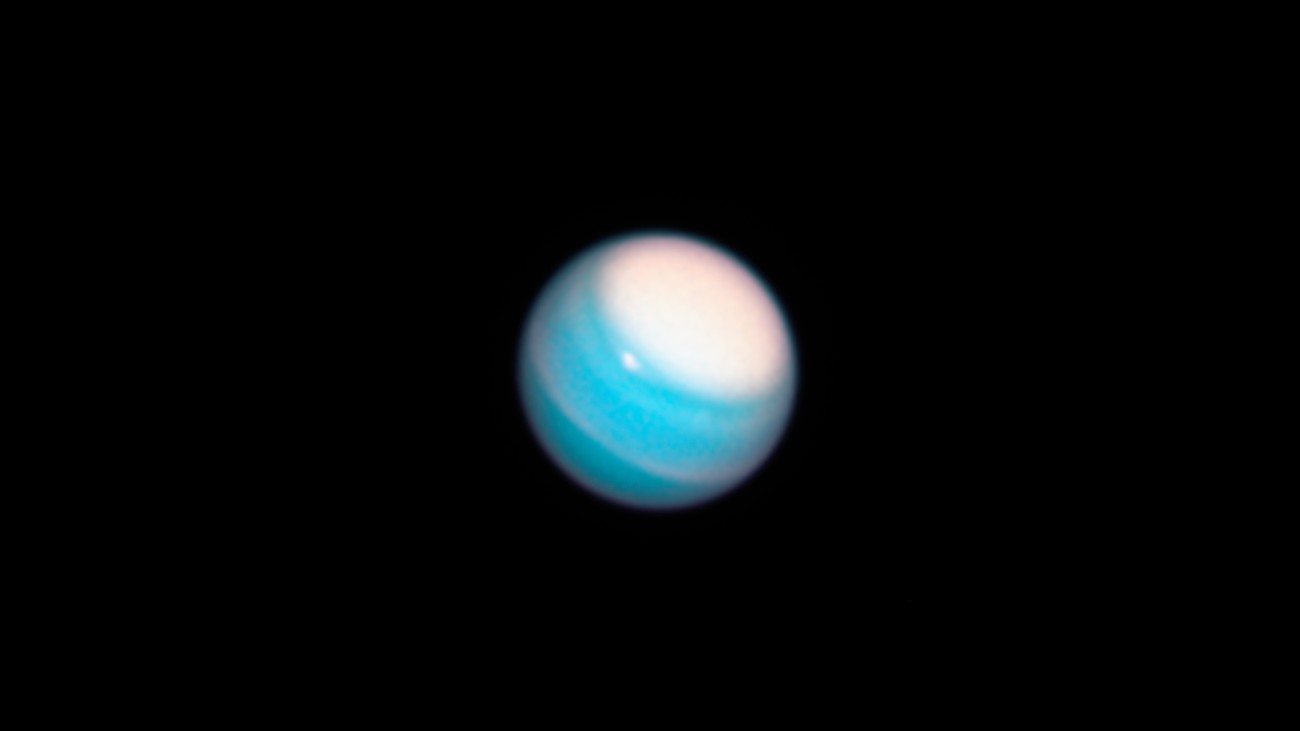
Uranus will vanish during 'lunar occultation' Wednesday night
By Brandon Specktor Published
-
Venus
-
-
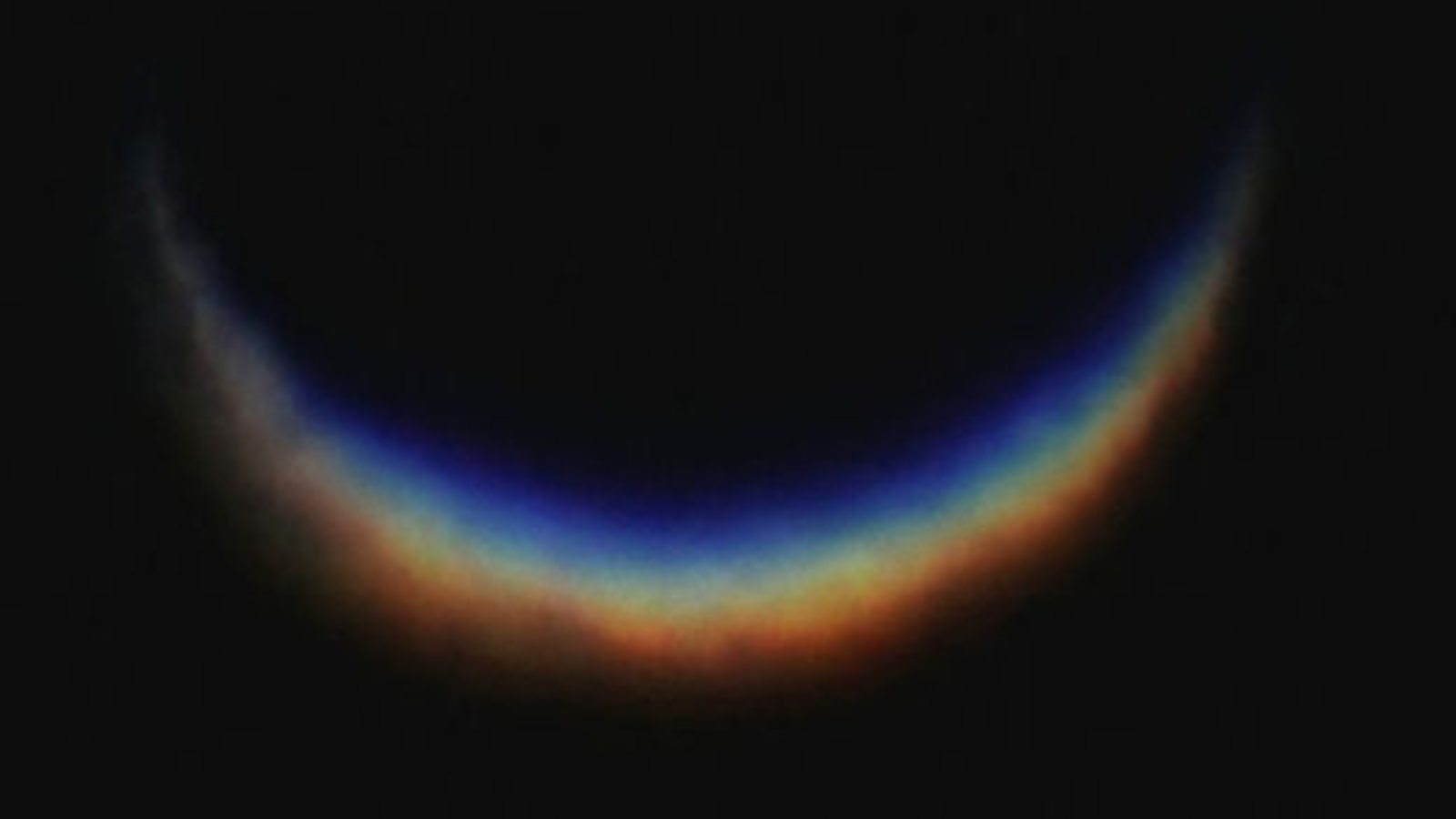
Venus goes 'new moon' as it passes between Earth and the sun this weekend
By Harry Baker Published
-
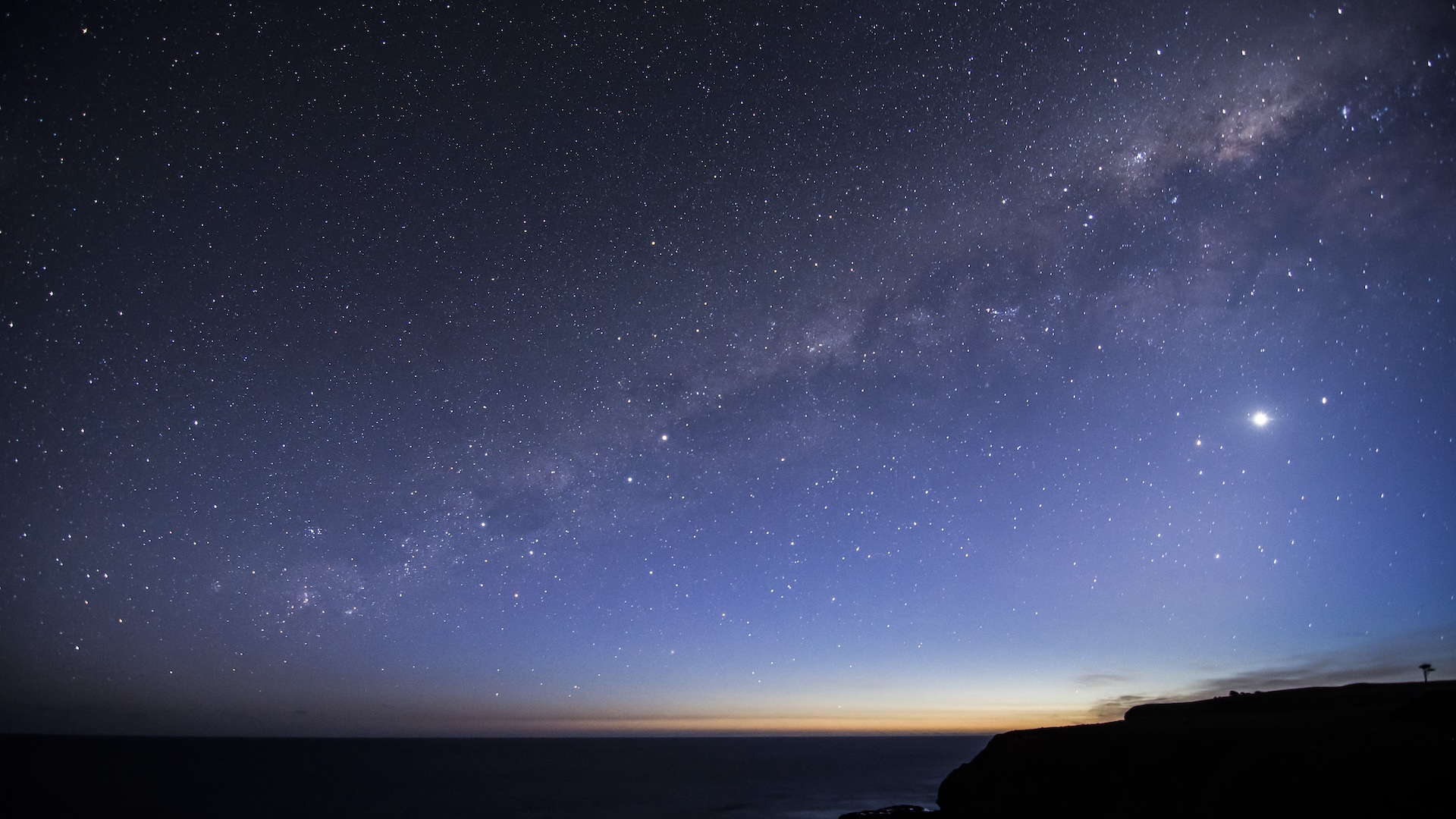
Venus, the 'love planet', will look extra special this Valentine's Day. Here's why.
By Jamie Carter Published
-
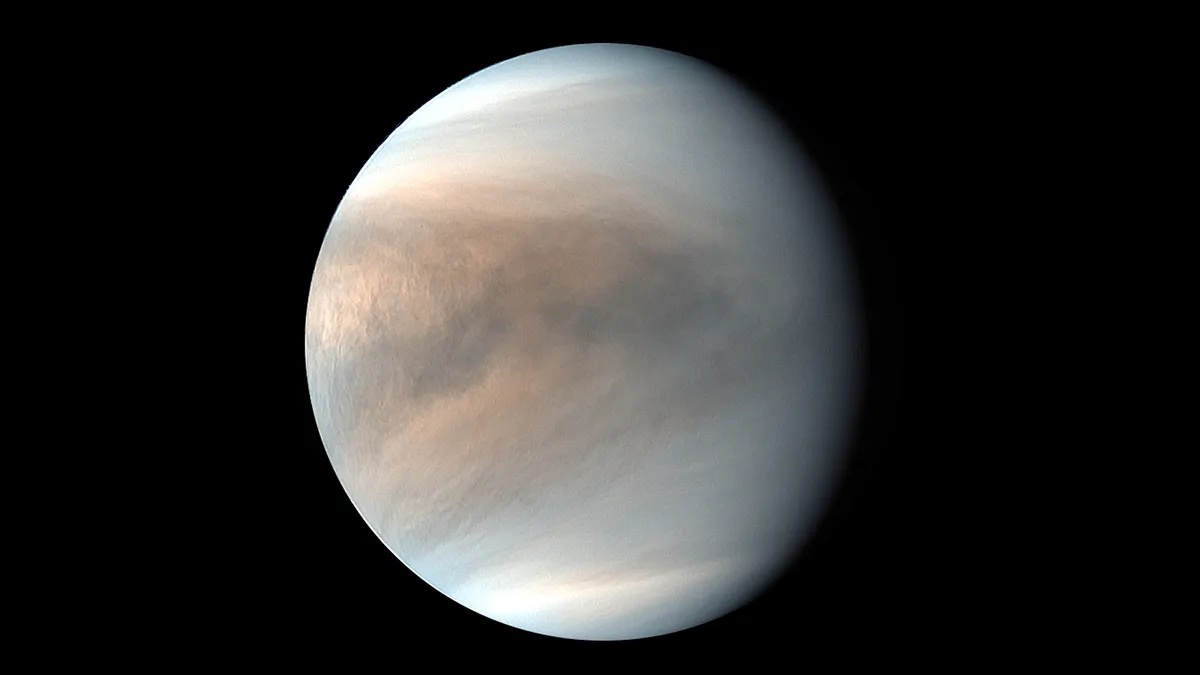
Japan loses contact with Akatsuki, humanity's only active Venus probe
By Andrew Jones Published
-
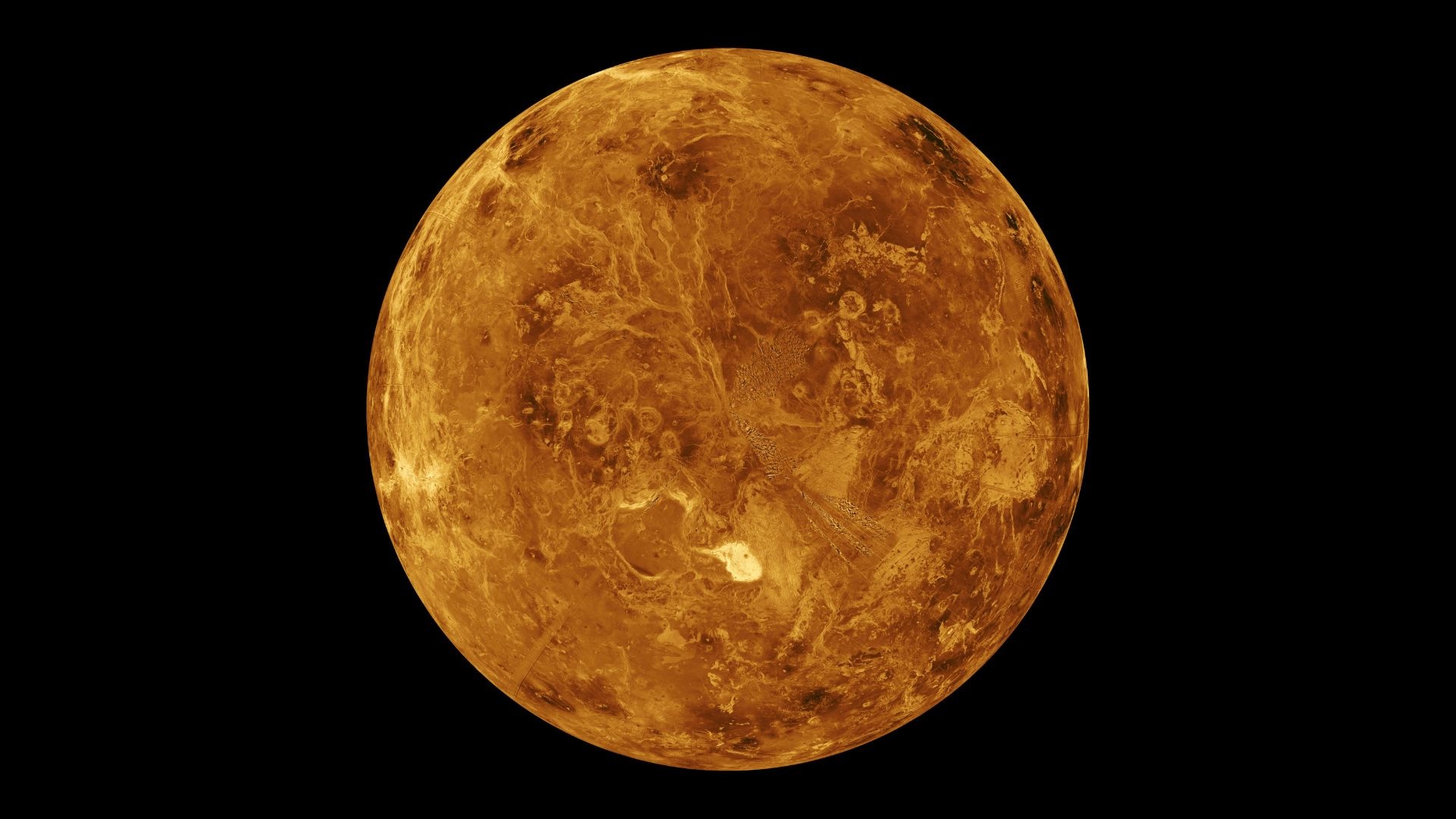
Molecule responsible for robbing Venus of its water may finally have been identified
By Sharmila Kuthunur Published
-
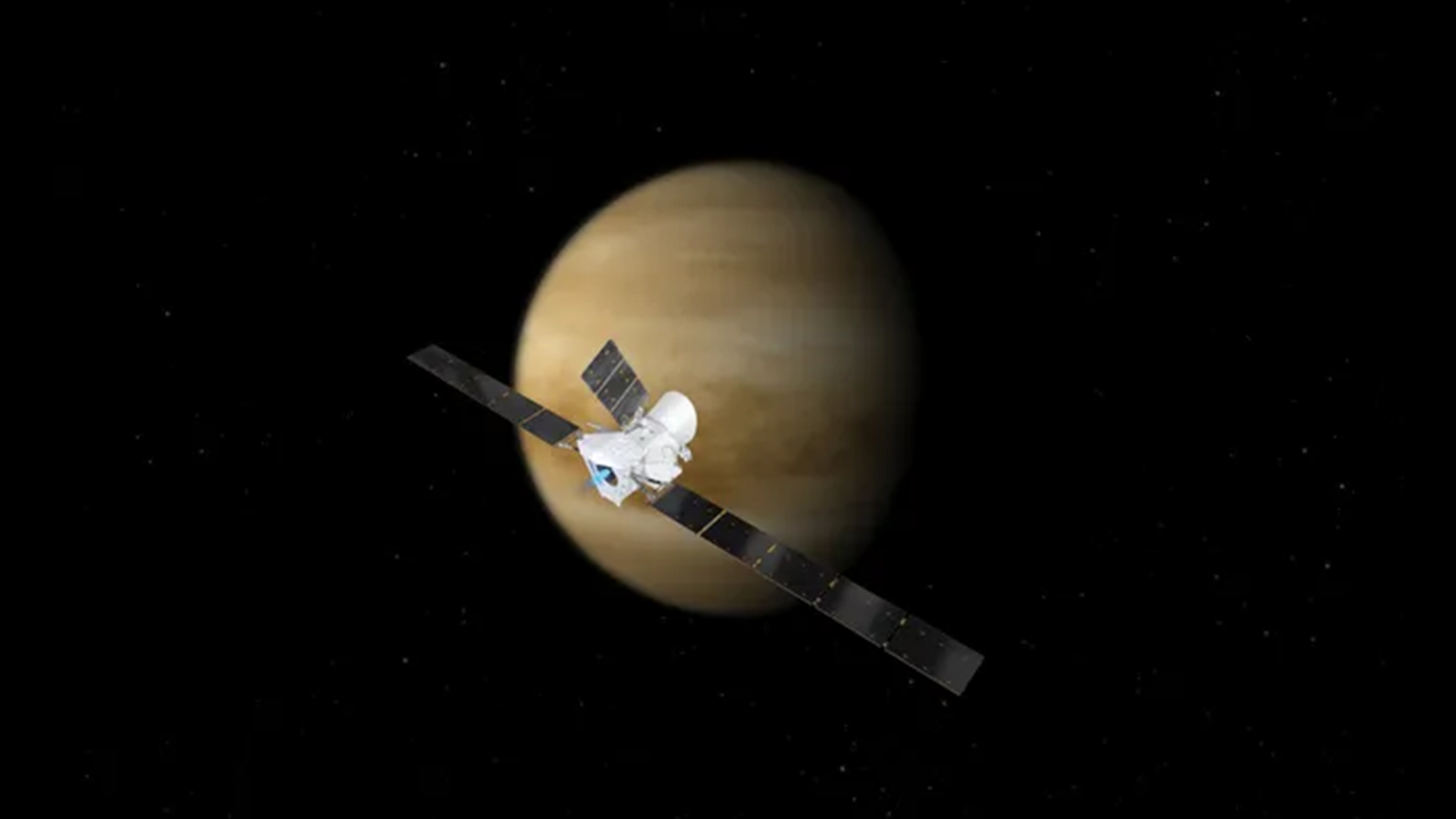
Venus is leaking carbon and oxygen, and scientists aren't totally sure why
By Sharmila Kuthunur Published
-
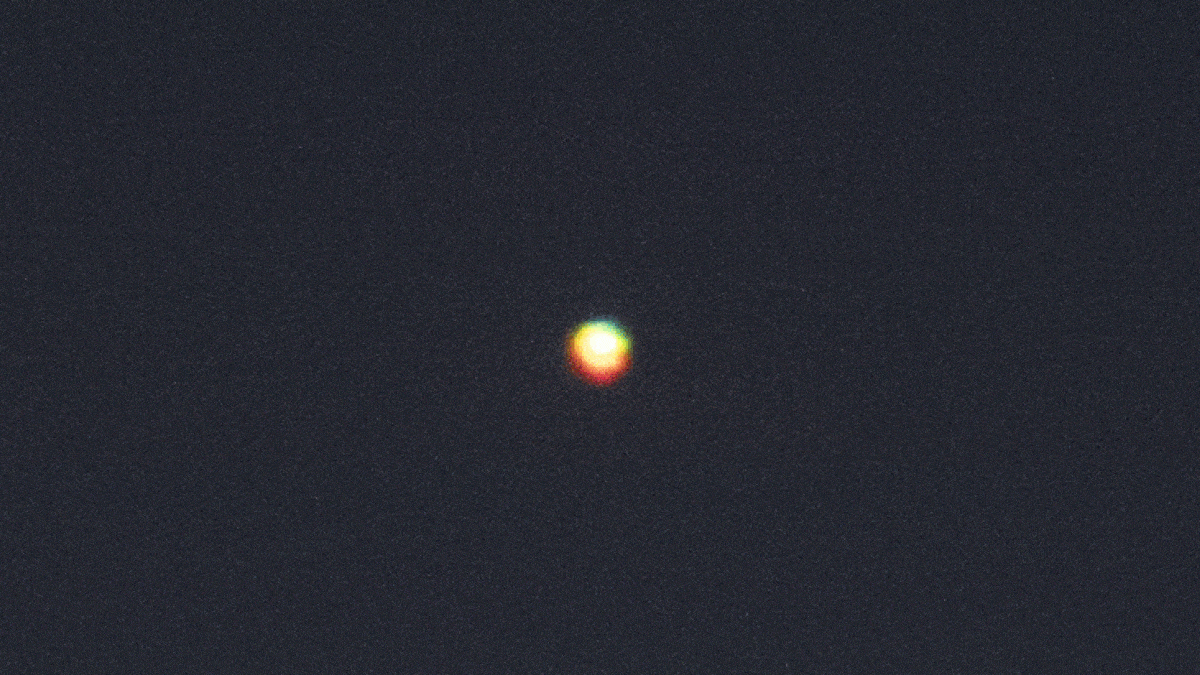
Photographer snaps extremely rare 'green flash' coming from Venus
By Harry Baker Published
-
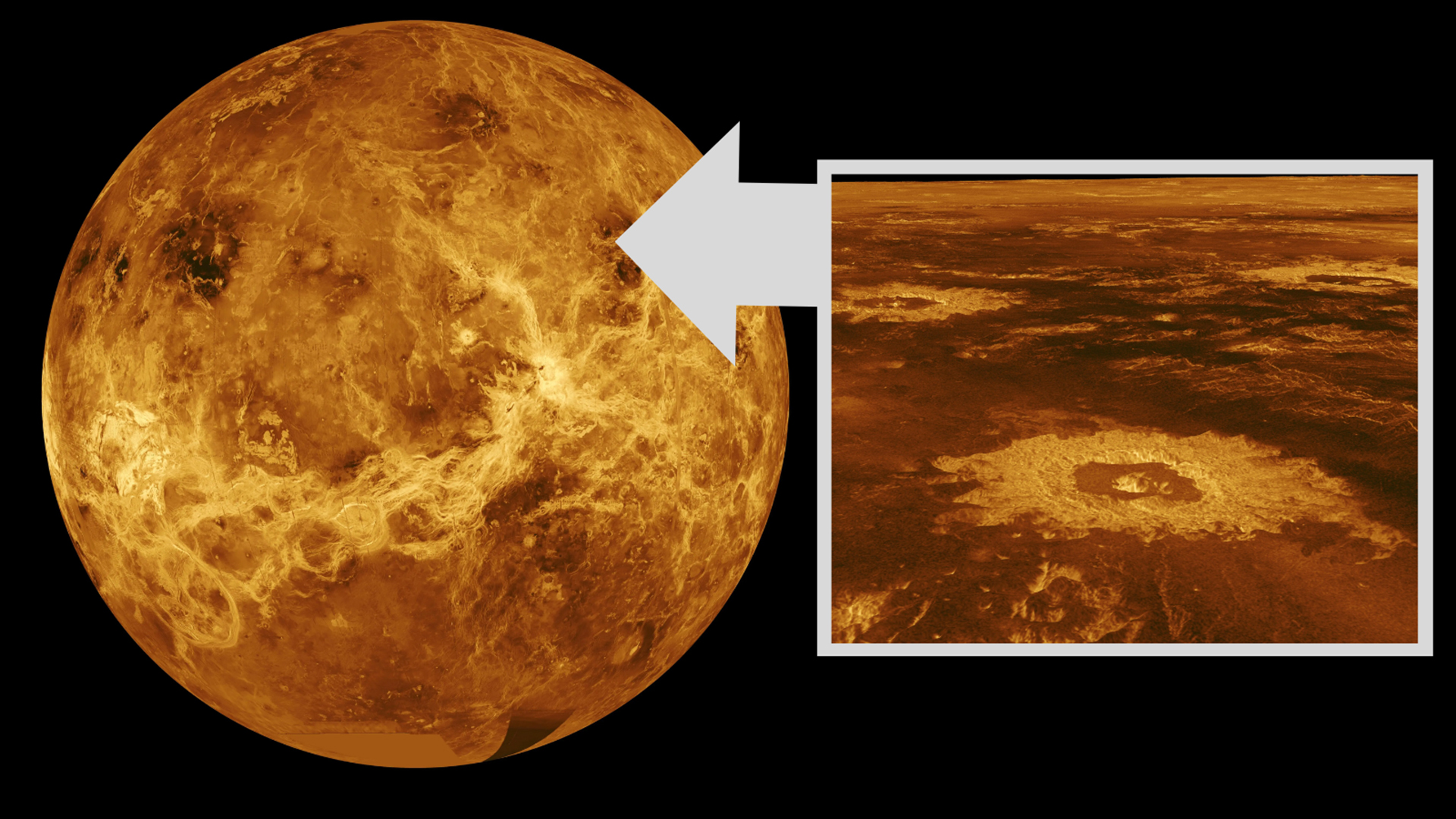
Wispy ice clouds may form above Venus' hellish surface
By Robert Lea Published
-
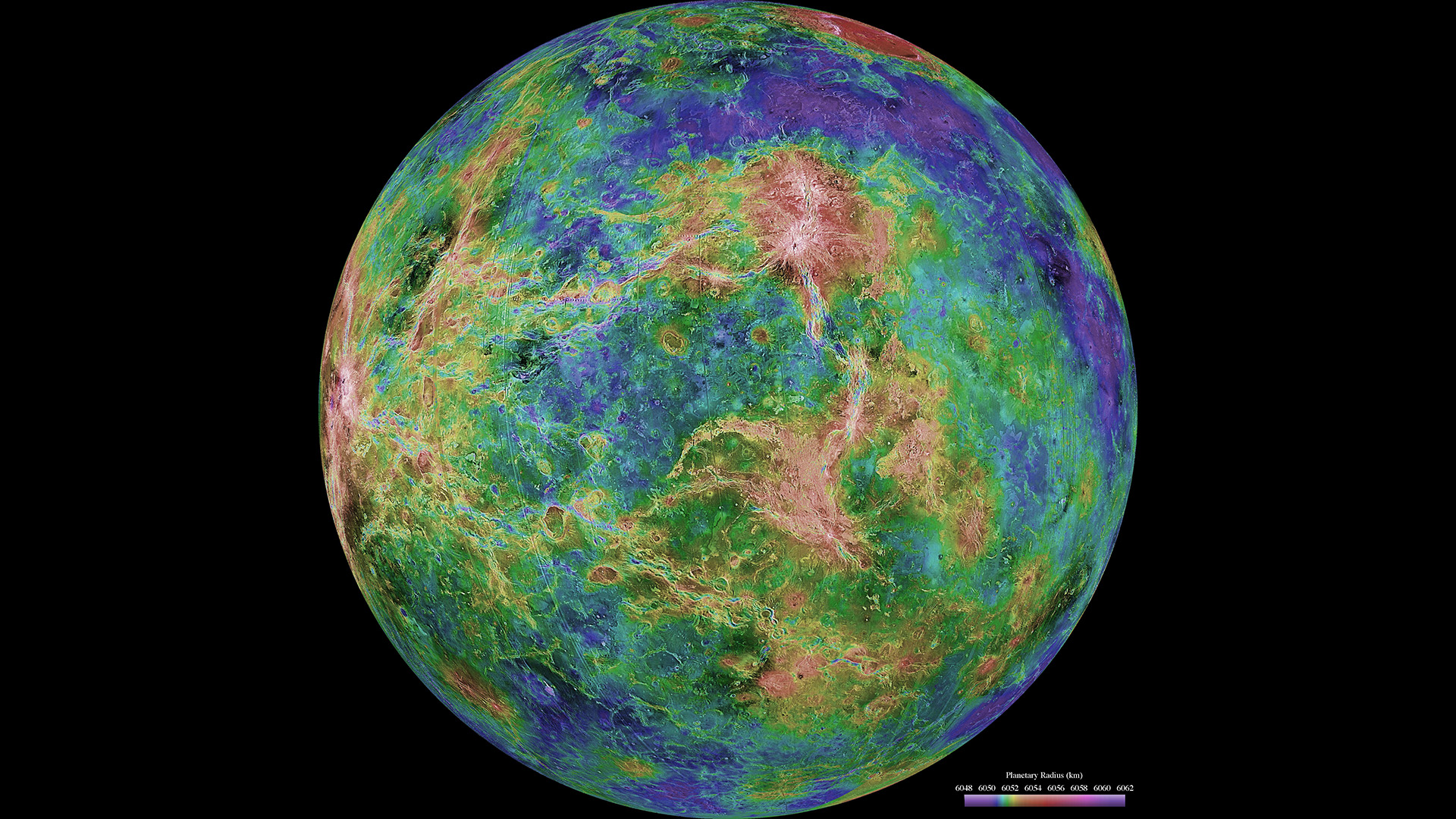
Oxygen detected in Venus' hellish atmosphere
By Joanna Thompson Published
-
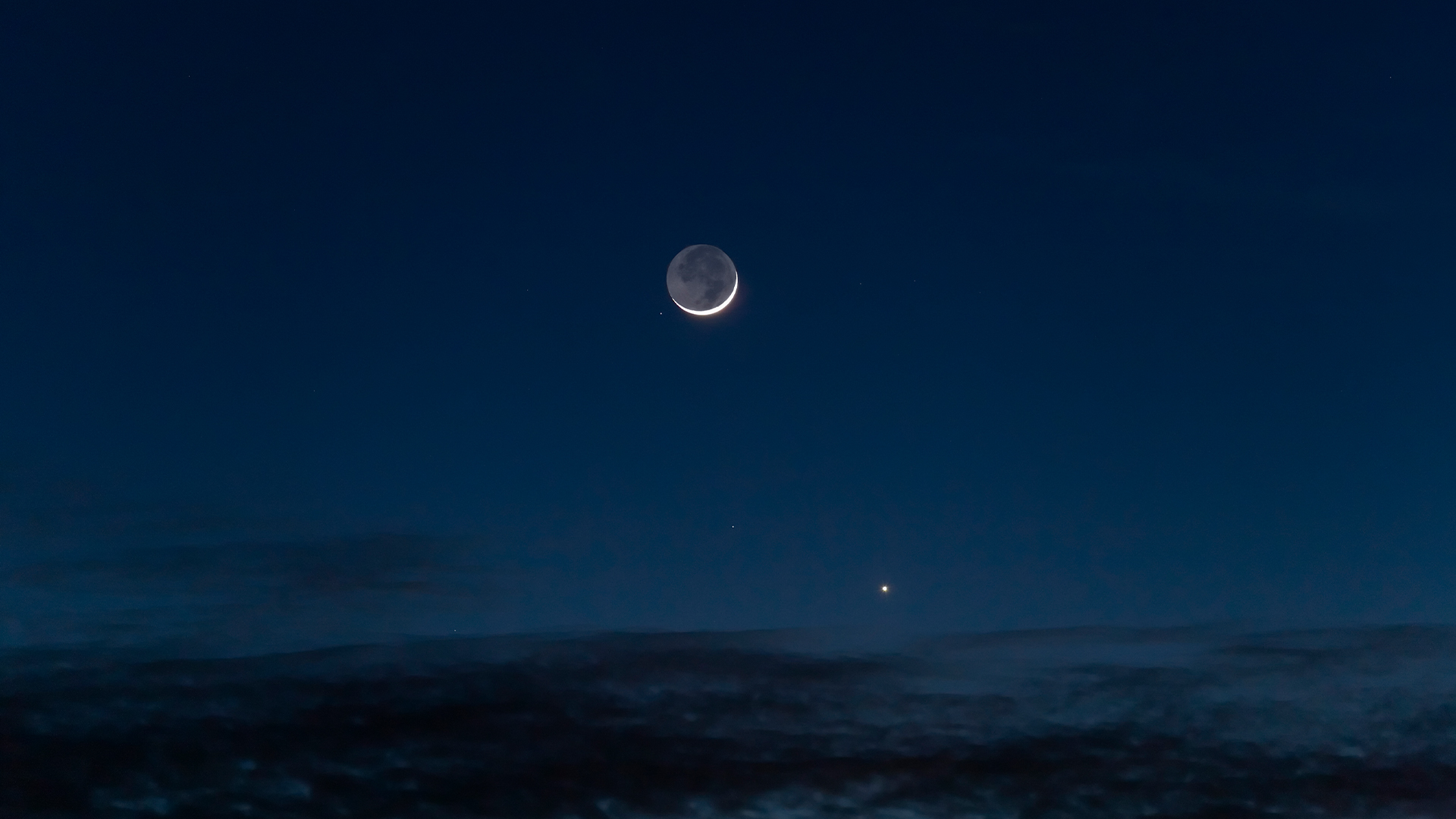
How to see bright Venus dance with a glowing crescent moon this week
By Jamie Carter Published
-
More about Planets
-
-

James Webb telescope could find signs of life on alien 'hycean' ocean worlds
By Paul Sutter Published
-

Perseverance rover spots peculiar 'spider egg' rock on Mars — and scientists have no idea how it got there
By Damien Pine Published
-

James Webb telescope captures auroras on Neptune for first time ever
By Skyler Ware Published
-